|
|
Post by chasensfo on Jul 24, 2020 16:03:18 GMT -5
This thread contains airports modified for use with the 1998 AI flightplans, or other retro eras, to ensure realistic parking at airports that are able to be backdated 20 years to some degree of realism. Some airports will be ADEX remakes of default airports, some will be for freeware scenery, some for payware scenery. It is largely dependent on what I personally use, and what scenery best represents the late 1990s(sometimes the newer sceneries like Flightbeam SFO, for example, just can't be backdated for the most part, as too many new terminals and layouts change the landscape too much). Airports made specifically for P3Dv4+ will only work in those versions, but many of the files I make will work in FSX-P3Dv5 (including any edits of default airports), but unfortunately I do not think any of them will work in FS2004 because that program uses "AFCAD" instead of "ADEX". For now, the posted files will mostly be related to the 1998 AI project, focused on regions which have all traffic completed in the project and airports that have not changed much since 1998. By installing these files and the flightplans, you can recreate flights very realistically between given points. Eventually, I will upload files ranging from the 1970s to 2010s. At least one airport is done for this entire time period, and more will come. Feel free to request\recommend airports that you think would be good candidates as they look similar to 1990s, 1980s, ect. TO INSTALL: Disable any conflicting scenery before loading these airports in the simulator. Each airport contains it's own installation instructions. You will find all completed ADEX files here: drive.google.com/drive/folders/1LzyBnNQbRz5nIcyu4nJ3N4v5-anvC4zf?usp=sharing |
|
|
|
Post by chasensfo on Jul 24, 2020 16:04:14 GMT -5
\\Nagoya Airfield 1998 v2 (UPDATED 11JAN21; re-did all airport parking, made terminal buildings and parking more realistic, re-did entire Military ramp and all airline parking, re-coded parking for better realism, deleted "new" control tower, changed generic objects in Military area to look more like real life, re-named all taxiways off better sources, all new taxiway and runway signage, added asphalt around edges of runway and taxiway, re-did airport roadways, added GSX profile) IATA: NGO ICAO: RJNA LOCATION: Nagoya, Japan Nagoya Airfield was the primary airport for the large Japanese city of Nagoya until 2005 when the new Nagoya Chubu Centrair International Airport(RJGG) opened on an artificial island a good distance away. After RJGG opened, RJNA changed it's IATA code from NGO to NKM, and the passenger terminals were destroyed, with a smaller new terminal being built years later for Fuji Dream Airways. Due to limited gate space, a single runway, and proximity to Tokyo, RJNA was not as busy as Osaka and Tokyo's airports and saw rather limited International and Domestic flights compared to the other similarly sized Japanese cities at the time. However, it was the 3rd busiest airport in Japan with international traffic, served by several Asia, European, and American carriers, as well as VARIG of Brasil. The airport was split into an International Terminal, with 4 jetway capable large gates and a satellite terminal with 3 additional jetway capable medium-sized widebody gates (DC-10, 777, A300). The domestic terminal had 5 jetway capable gates, and both terminals had remote parking which was used frequently. JAL and ANA mostly did domestic flying from NKM, but both did have a few long-haul destinations like Los Angeles (LAX) and Honolulu (HNL) from the airport. European and US carriers mostly flew into NKM in the morning, when there is the most widebody traffic. A smaller evening bank existed, but the Japanese carriers did not participate. Nagoya Air Lines (NAL) was based at the airport, flying 3 Fokker 50s at the time, which were some of the smaller airliners to serve the airport. Few airlines flew small aircraft into the airport, though the small piston prop general aviation traffic was busy, so to take advantage of the limited landing slots, commuter aircraft like YS-11As and Saab 340s, for example, were not common in the later years as the airport reached its single runway capacity for scheduled flights. Cargo operations existed but were very limited due to the very limited cargo capacity of the old Nagoya Airfield. The cargo spots were more frequently used as remote parking for widebody aircraft, but otherwise, 2-3 civilian cargo flights could be accommodated at once. Mitsubishi had a factory on the airfield and did frequent test flights, while about a dozen or so other aviation companies with light aircraft were also based at NKM, along with many privately owned planes. Across the airfield, the Japanese Self Defense Force (JSDF) had a busy C-130 transport base which was also frequented by various other Japanese and allied government traffic. It was common in the late 90s for VIP visitors to drop by NKM from time to time, such as Argentina's government 757-200. After the opening of the new Chubu Centrair International Airport (NGO\RJGG) on 17FEB05, almost all commercial traffic moved to the new offshore airfield, which was constructed on a landfill. Fuji Dream Airlines (FDA), a colorful ERJ operator based in Nagoya, decided to use NKM for its successful start-up. Today, a small passenger terminal exists for those flights, but the majority of the former airline facilities have long ago been demolished and built over, almost unrecognizable of ever having been a major commercial hub. This file backdates the default airport to 1998, using basic default objects but an accurate layout with all known parking positions. A future update will add custom objects, the Mitsubishi plant(with test flights), and an active detailed JSDF ramp with C-130 traffic. For GSX users, a custom GSX profile makes the jetbridges look more like they did in real life and also adds ANA (who did the ground handling for almost all international carriers) as the default handler. MAIW has made amazing flightplans for the JSDF and many other countries serving NKM. I recommend downloading these packages, changing RJNN to RJNA (along with other retro airports) and installing them. Jason King has also uploaded Japanese General Aviation flightplans for some of the companies who were based in Nagoya in 1998, and they are on the Retro AI Forums. If you wish to replicate it, KLM did an AMS-CTS-NKM-CTS-AMS route with the 747-400 at the time, twice weekly. The 1998 Project has completed all commercial flights to Nagoya, including representative cargo and charter flights. Airlines Serving Nagoya in 1998: -Aeroflot -Aeroflot Cargo -Air China -Air France -Air New Zealand -Air Tahiti Nui -ANA -ANK -Asiana -British Airways -Canadian Airlines -Cargolux -Cathay Pacific -China Airlines -China Northern -China Northwest Airlines -China Southern -Continental Micronesia -Delta -Evergreen International -Garuda Indonesia -Harlequin Air -JAA -JAC -JAL -JAL Cargo -JAS -JAZ -JTA -KLM -Korean Air -Lufthansa -MAS -NAL -NCA -Northwest Airlines -Philippine Airlines (suspended summer 1998 for pilot strike) -QANTAS -Uzbekistan Airways -VARIG  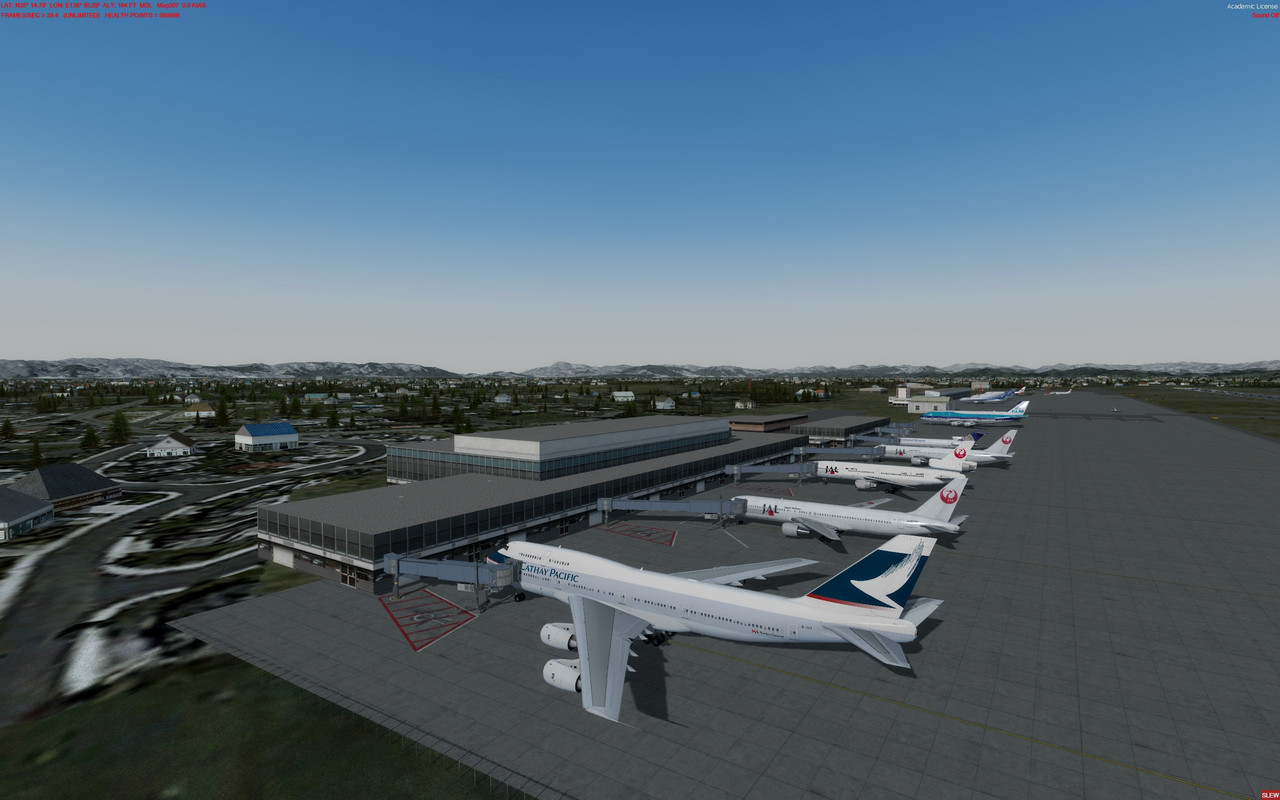 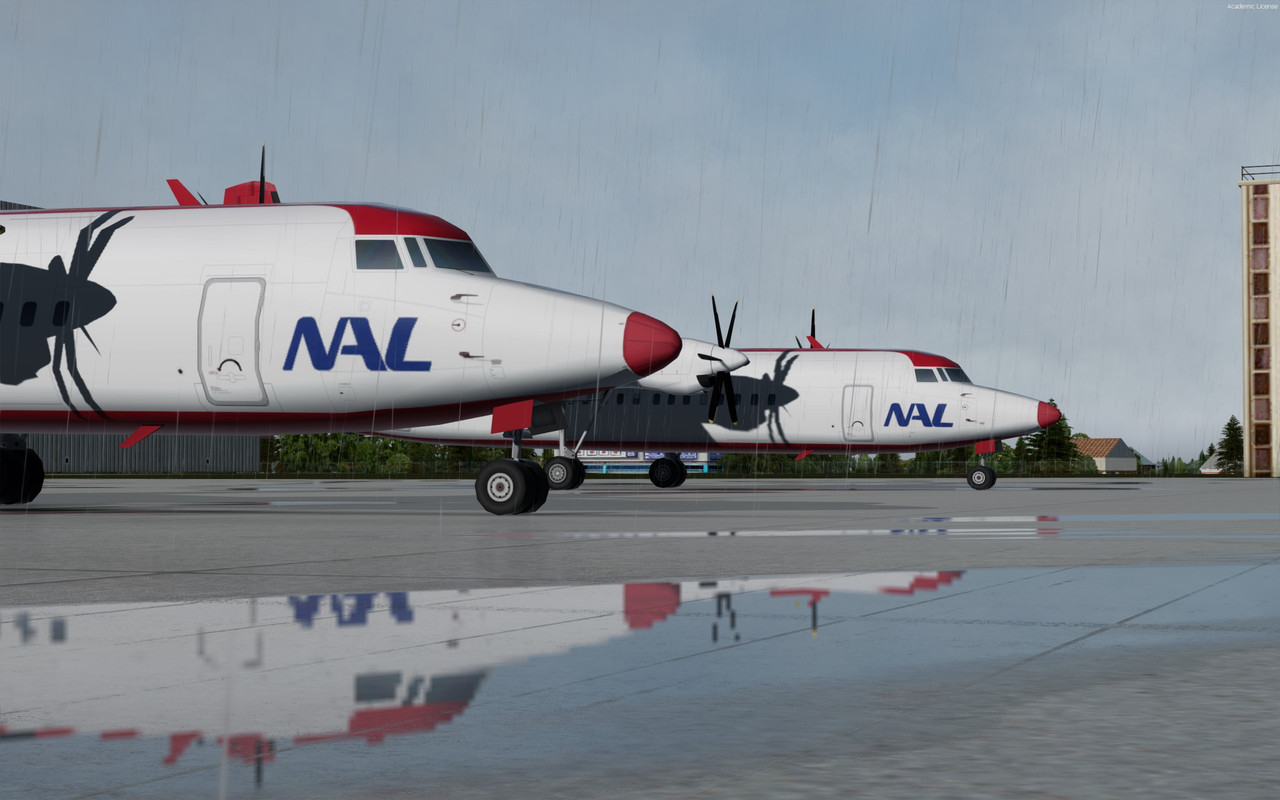 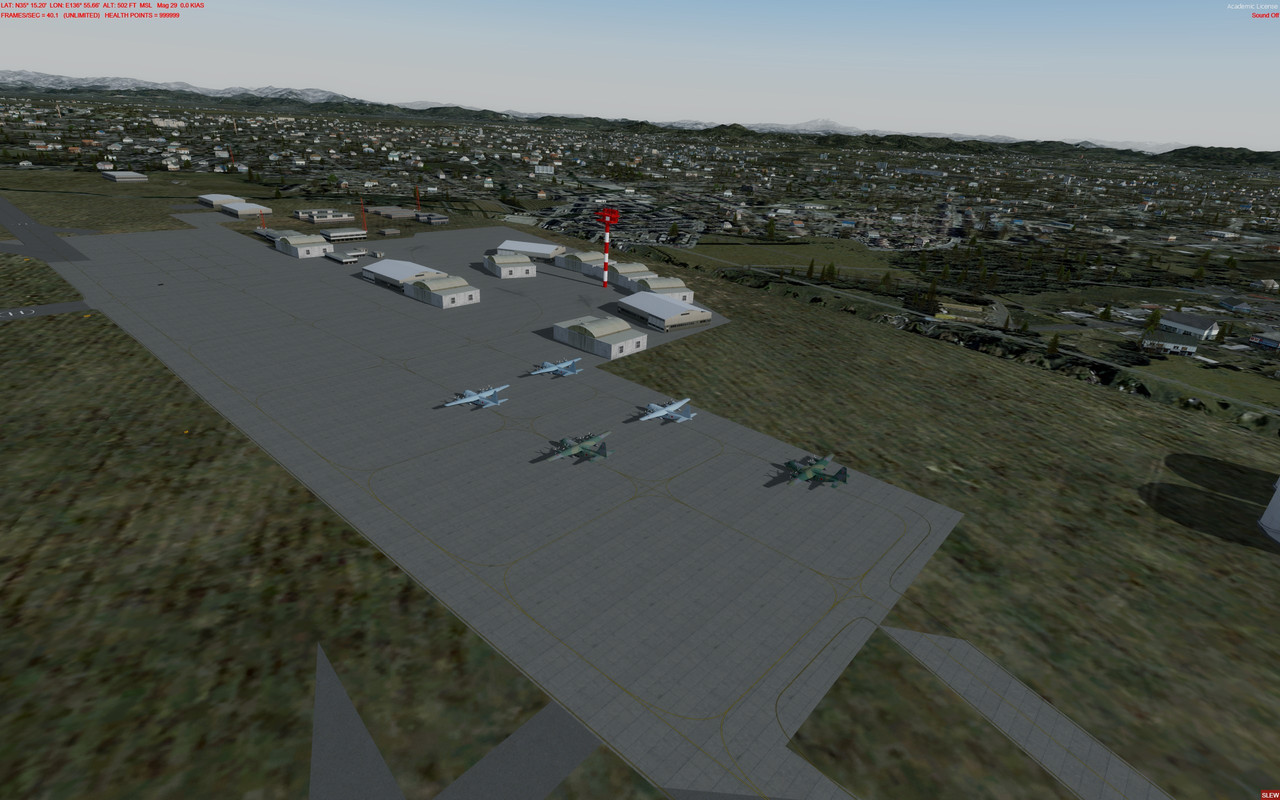 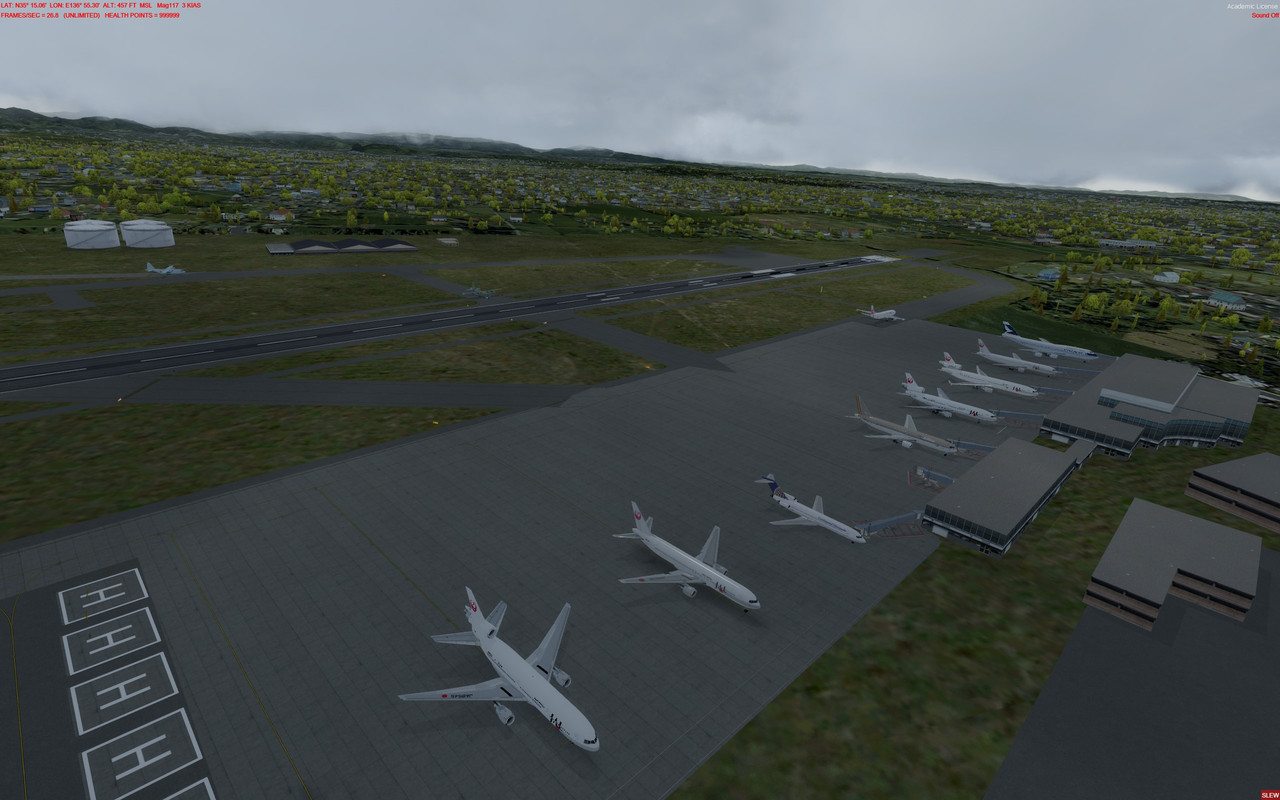 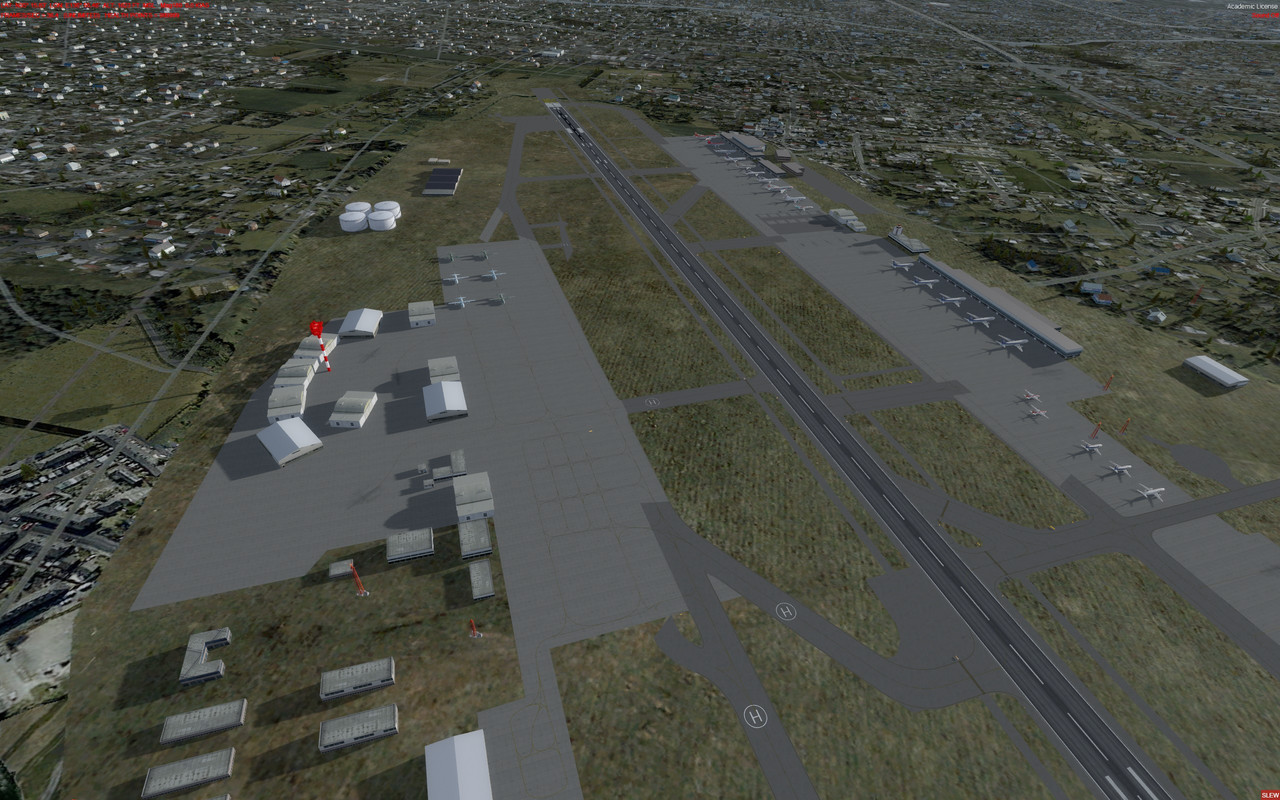 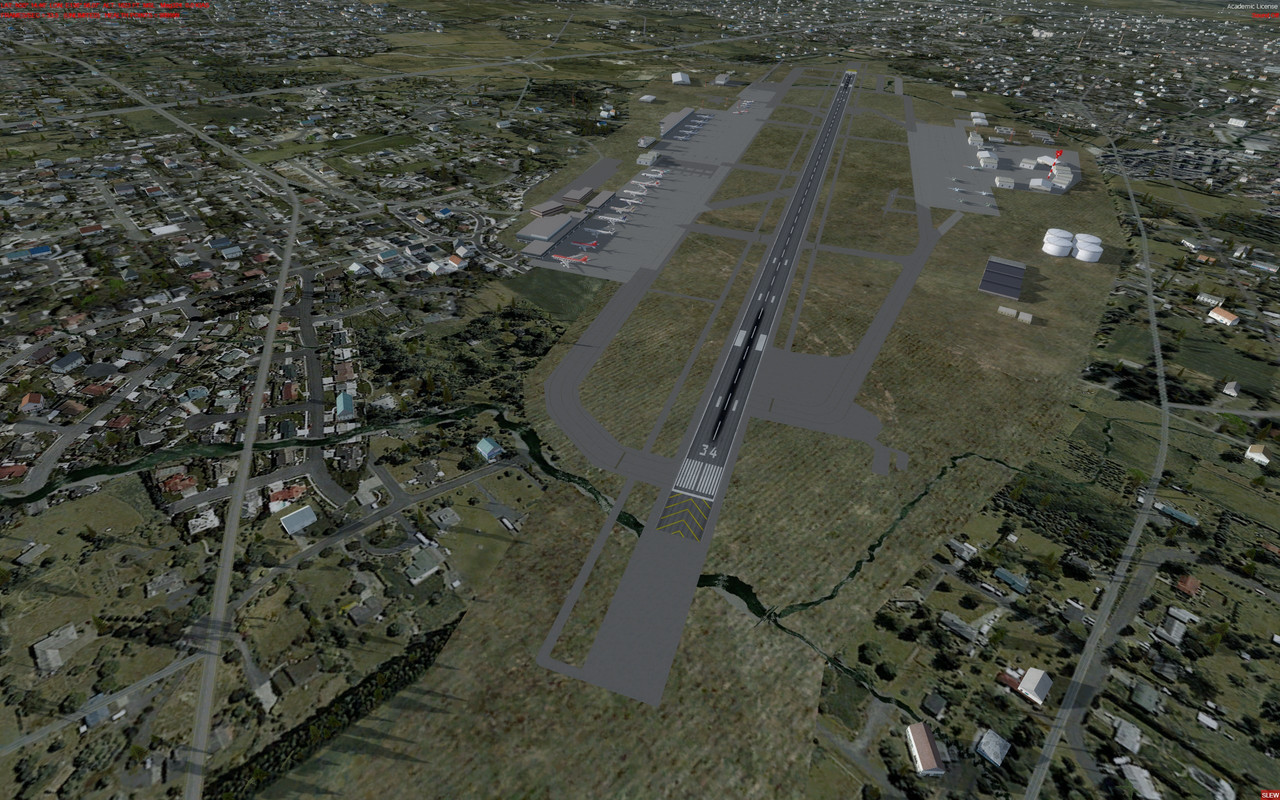 Download the RJNA 1998 ADEX v2 here: drive.google.com/drive/folders/1hIBJgVTECPjxupEx-JmCjO1_9AHE-aeq?usp=sharing |
|
|
|
Post by chasensfo on Jul 24, 2020 16:05:24 GMT -5
\\Harare International Airport 1998 IATA: HRE ICAO: FVHA LOCATION: Harare, Zimbabwe Requires: library.avsim.net/search.php?SearchTerm=fvha_p3dv4.zip&CatID=root&Go=SearchHarare International Airport is the largest airport in Zimbabwe, and one of the busiest airports in sub-Saharan Africa. It is the main base of operations for Air Zimbabwe, and has large military operations by the Air Force of Zimbabwe. In 1998, the airport saw much more international traffic than it does in present day, thanks to retaliative political stability at the time. Most major European airlines with flights to Johannesburg also served Harare with a "tag on" flight, and so did Qantas with 747-300s. Most African airlines with international flights served Harare as well, often flying on wards to various destinations depending on the day of the week. In addition to these flights, Harare was the main base of operations at the time for Air Zimbabwe, Zimbabwe Express Airlines, and Expedition Airways. The terminal featured 3 international gates with a jetbridge, the rest of the aircraft parked on remote stands. Most African carriers and domestic flights parked on the North ramp apart from the main terminal. Most domestic flights from Harare are under an hour away, and have decent freeware scenery available as well. This file will backdate the scenery by David Uzzell to the late 1990s, ensuring airlines park in the proper places, while also adding some cargo and general aviation parking, Air Zimbabwe maintained ramp parking, and a spot for the retired (but still airworthy) Vickers Viscount included in the 1998 plans. All flights scheduled to Zimbabwe are completed in the 1998 Flight Simulator project. A future update will include expanded general aviation and military operations. 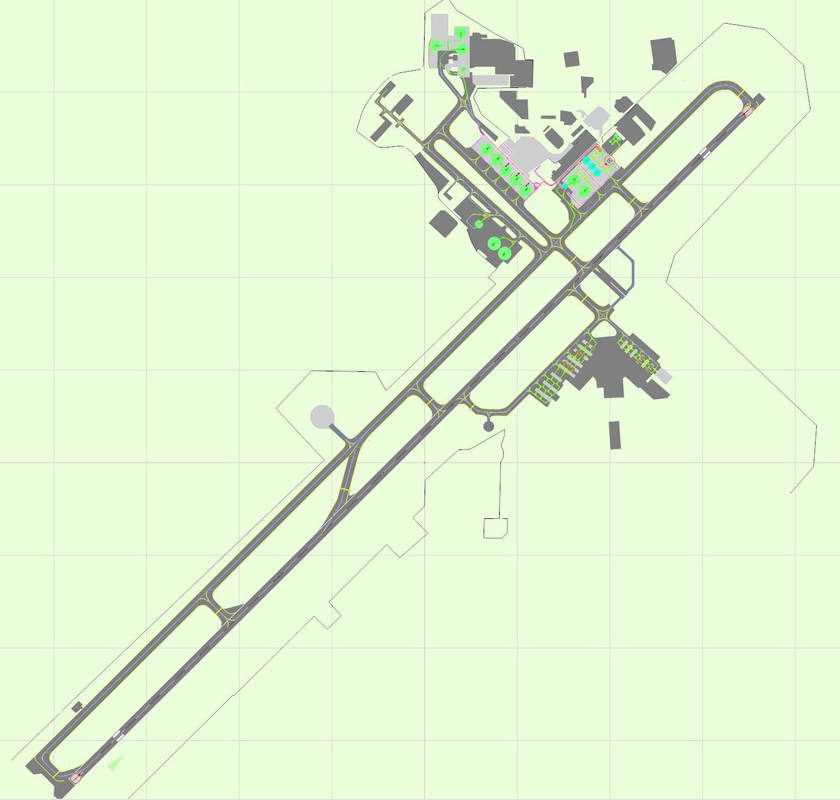 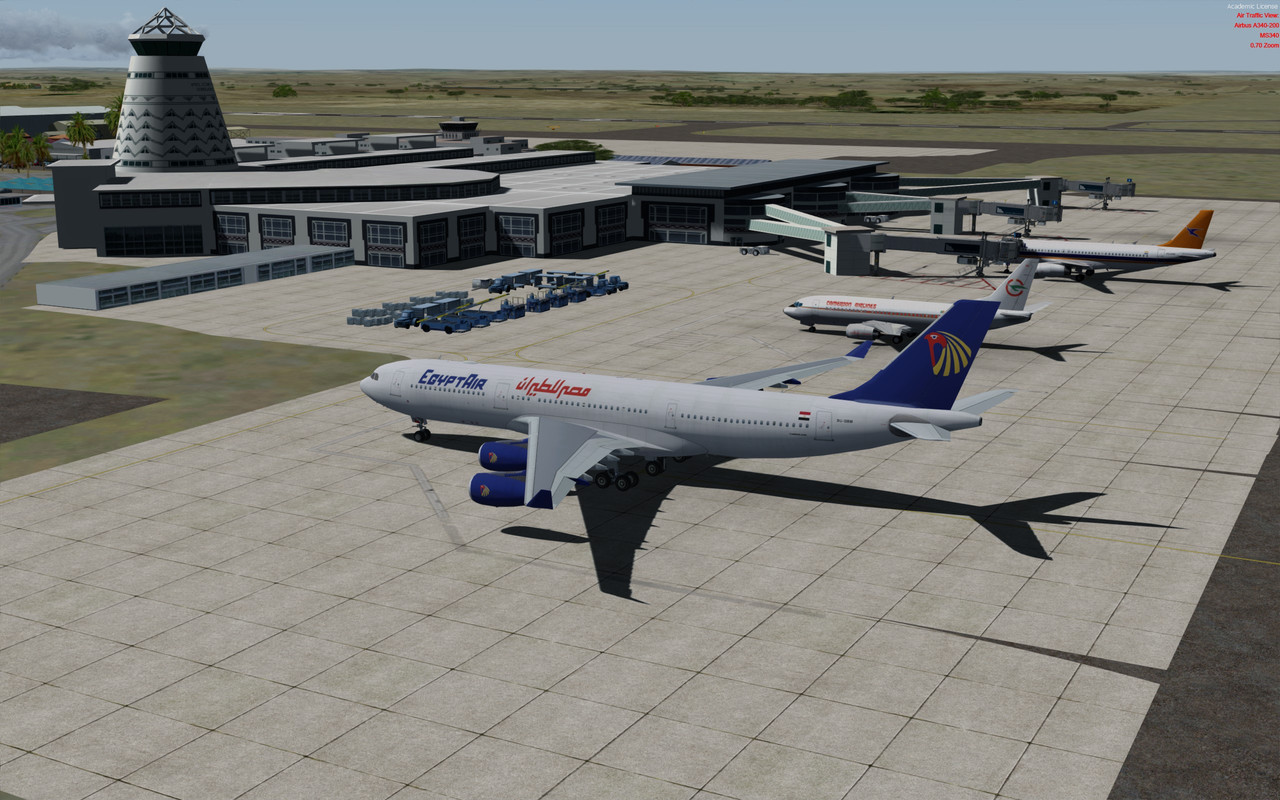  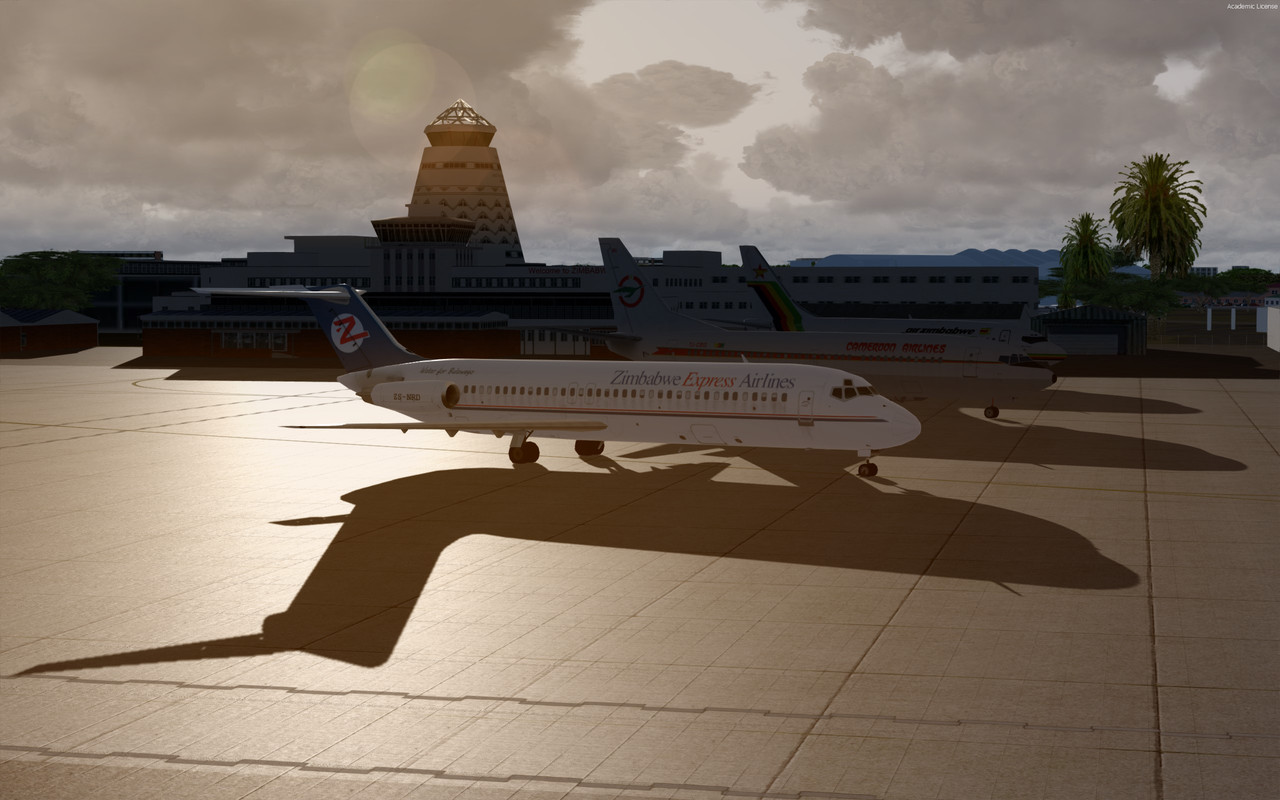 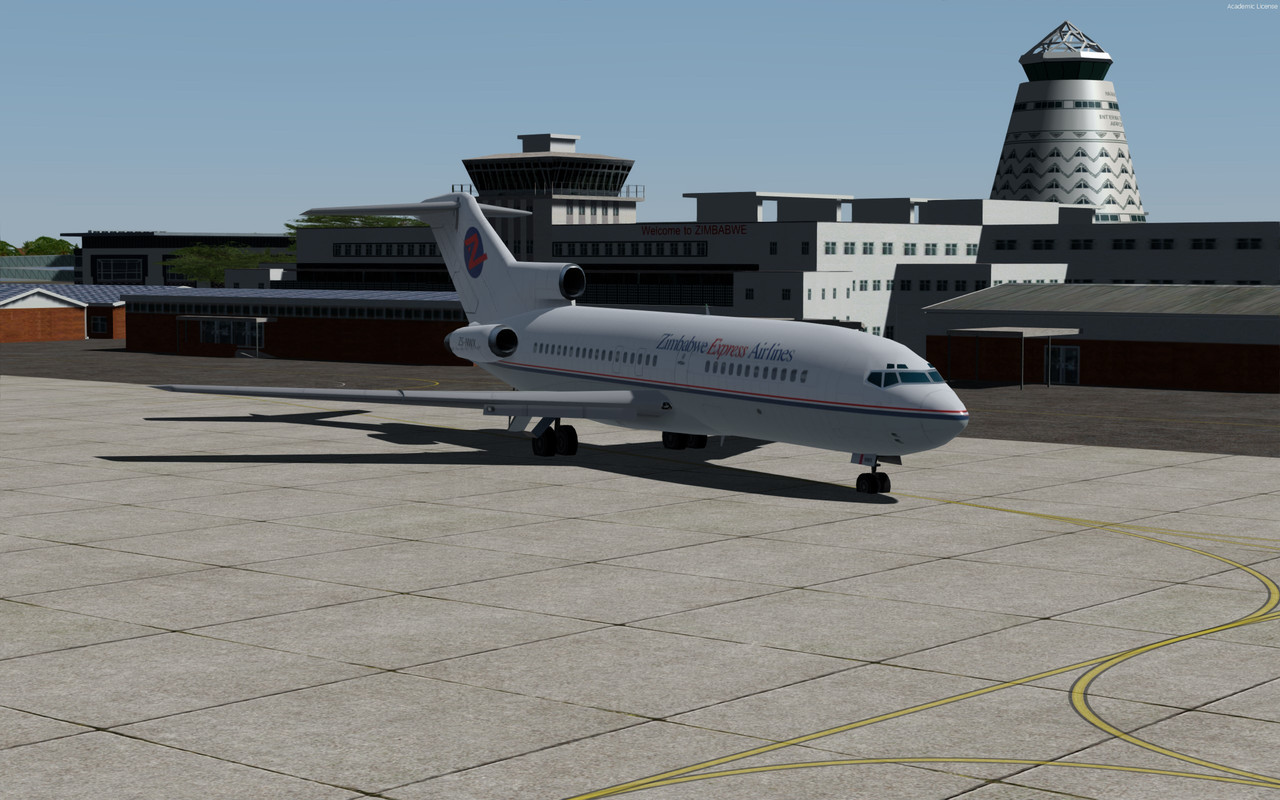 Download the FVHA 1998 ADEX here: drive.google.com/drive/folders/120Zwjye2PC_wdqIYdgsWGo_ICr-sf_G3?usp=sharing |
|
|
|
Post by chasensfo on Jul 24, 2020 16:06:39 GMT -5
\\London Heathrow Airport IATA: LHR ICAO: EGLL LOCATION: London, England Requires: www.uk2000scenery.com/newsite/My_Homepage_Files/Page9.html (payware and free version available, this file is not tested with the free version) London Heathrow is one of the world's busiest airports, and the busiest in England. In addition to having more airline service than most of the world's airports, the airport also is visited by various airline and government aircraft having maintenance work done at the British Airways engineering facilities, is severed by several cargo airlines, and also hosts frequent VIP visits. In 1998, London Heathrow was the main base of operations for British Airways, British Mediterranean Airways, British Midland, and Virgin Atlantic, with flightplans completed for all these companies. In addition, most of the world's large airlines, and most European, Middle Eastern, and African airlines with international flights served the airport. This file will update UK 2000's Heathrow Extreme by removing all parking and some objects(most objects couldn't be removed) from the new T5 which did not yet exist, and will move British Airways to T4. As in real life, British Airways will still pop up on other terminals, though this was done for arrivals only generally in real life, but due to limitations of the sim the planes will depart there as well. All other airlines are coded either to where they parked at the time, or the case of renovated terminals, parked as close to where they did as possible. Parking is provided for BA's Concorde fleet by the engineering hangar(though they seem to like to pop up around the airfield), and both the BA and VS engineering ramps have ample parking. The standard VIP areas have been added, and are well used with the 1998 flightplans. Realistic cargo and remote parking was added as well. A future release will hopefully solve the issue of Concorde popping up in the wrong places, and perhaps remove all of T5 and tweak parking to be more realistic if possible. 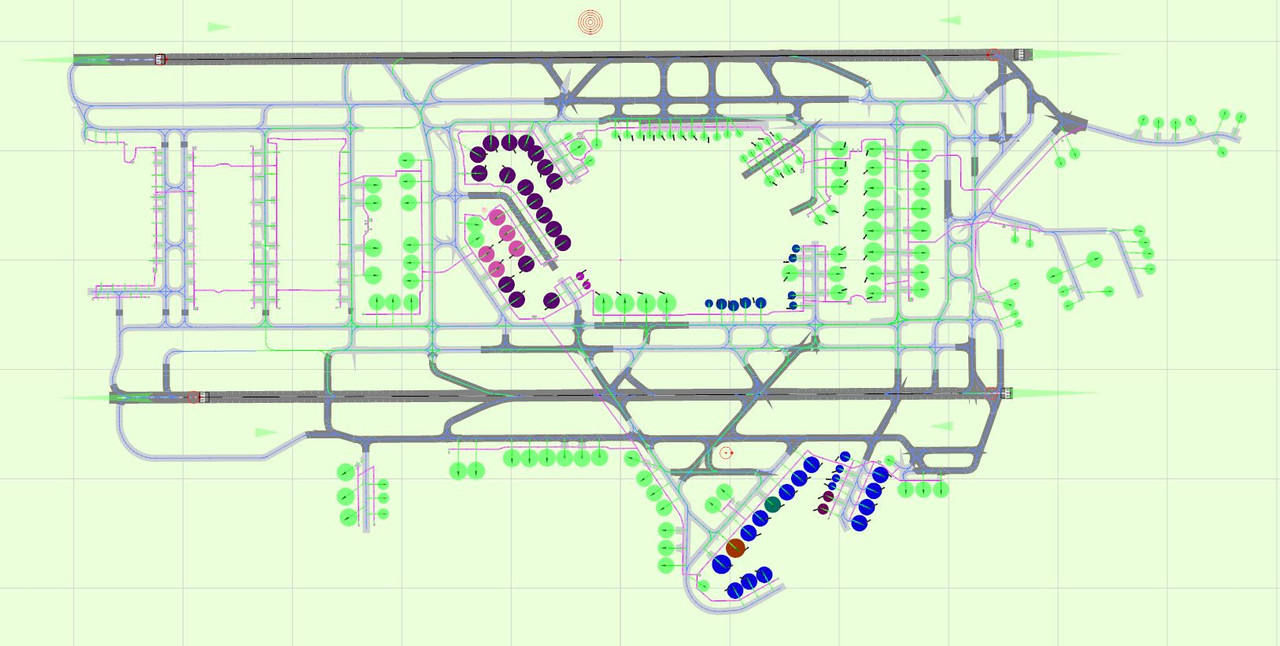 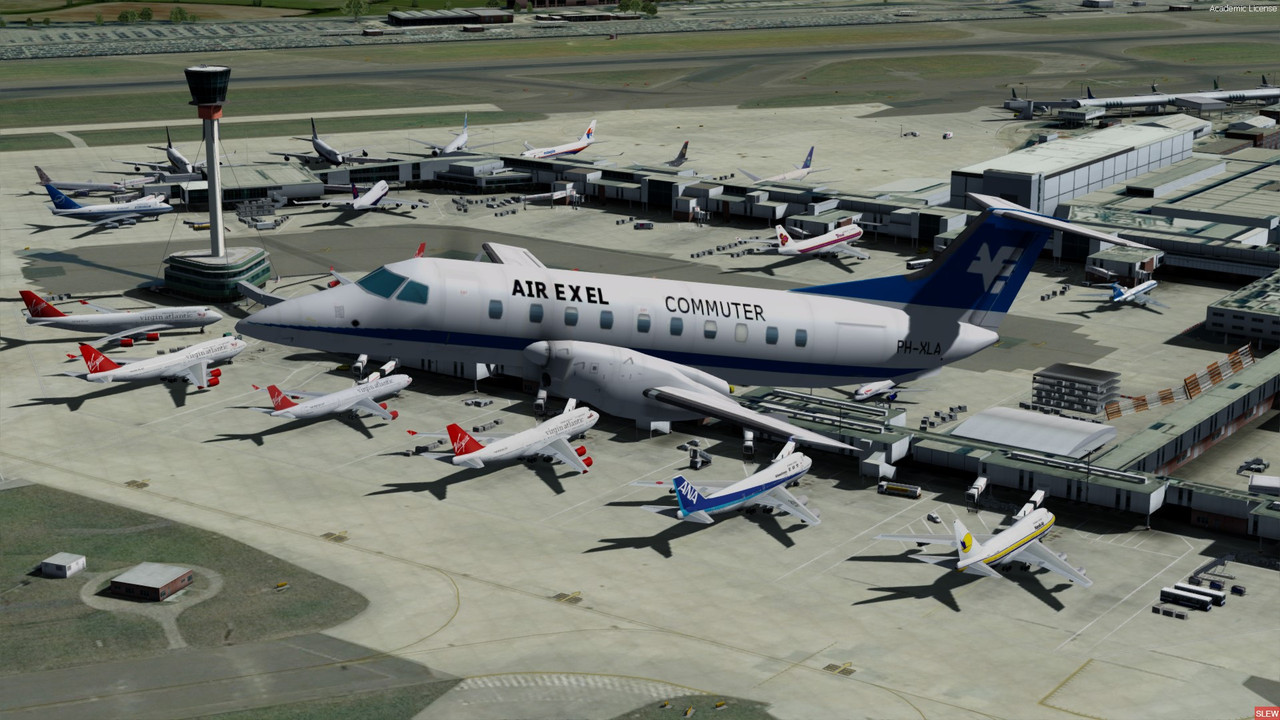 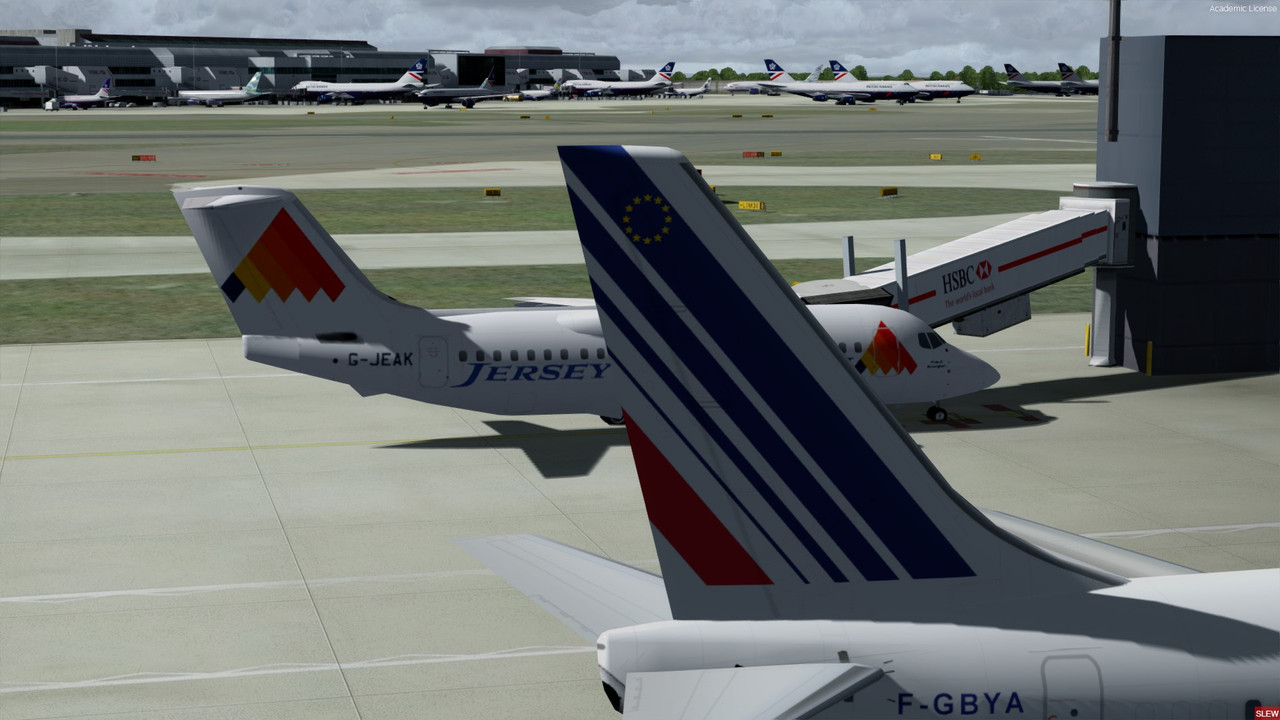 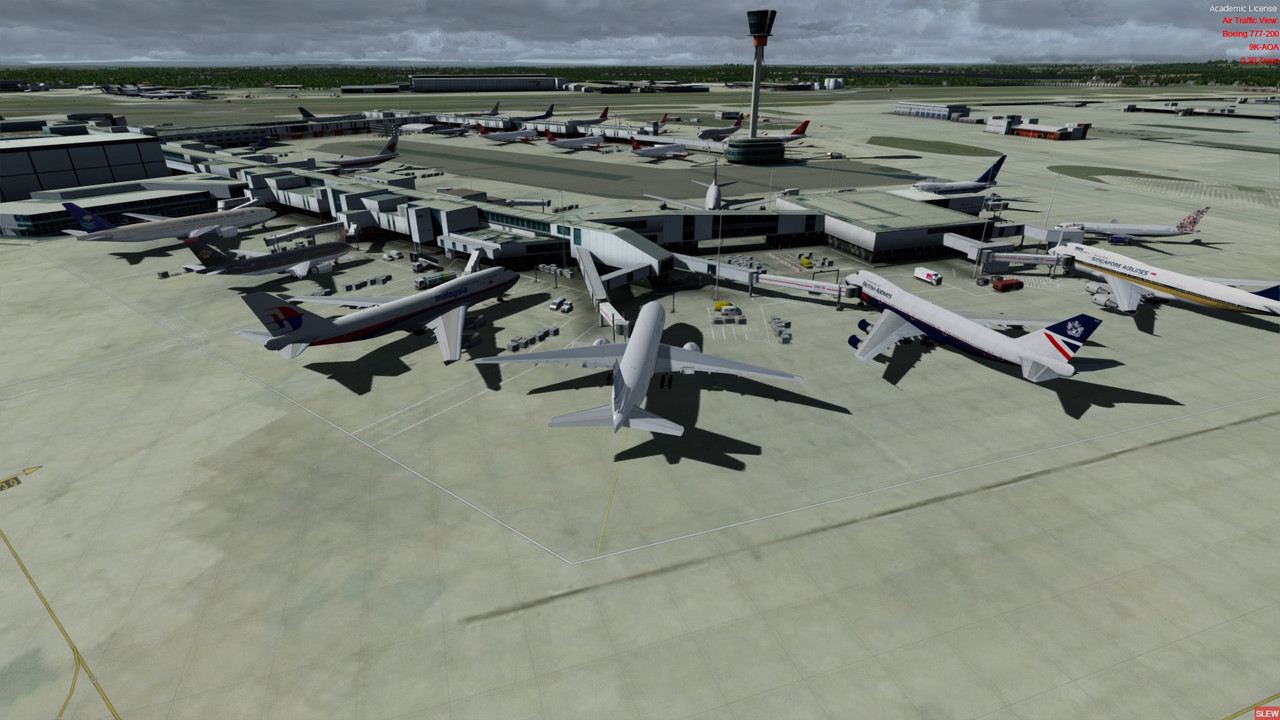 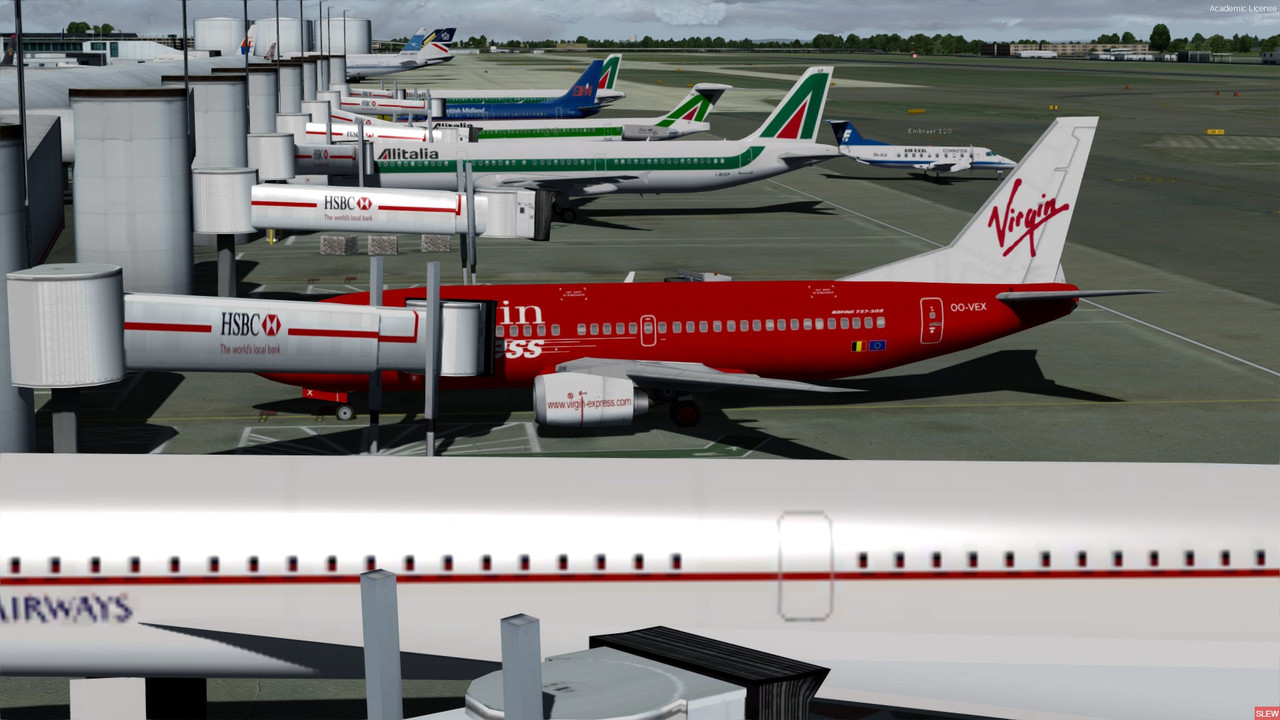  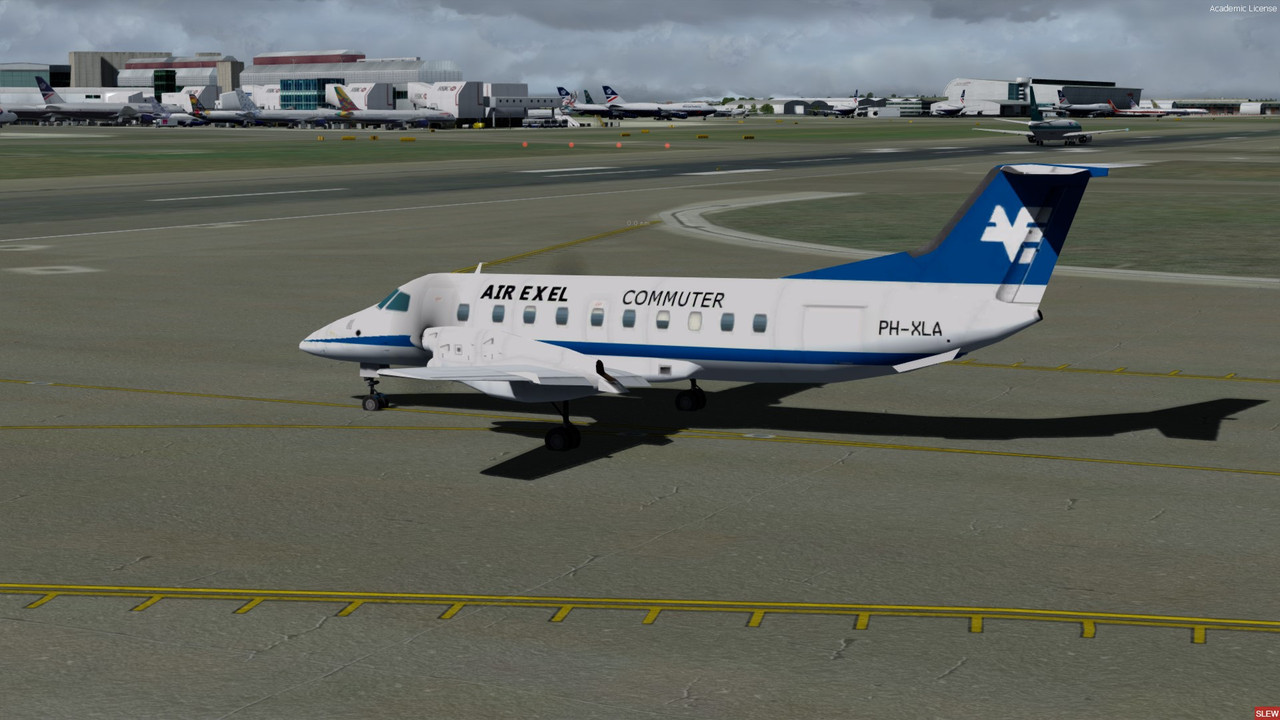 Download the UK2000 Heathrow Xtreme ADEX here: drive.google.com/drive/folders/1KbFmlgCDL0T34av4ZobfN6tF36DBv-Wl?usp=sharing |
|
|
|
Post by chasensfo on Jul 24, 2020 16:08:38 GMT -5
\\Tokyo Narita International Airport (Wing Creation Inc.) IATA: NRT ICAO: RJAA LOCATION: Tokyo, Japan Requires: www.wingcreation.com/modules/products/index.php?content_id=19 (payware) Tokyo Narita is the biggest international airport in Japan, and the 2nd busiest airport in Japan behind Tokyo Haneda. It has been one of the most important airports in Asia since it opened in 1978, and for many years, was the only airport most international flights were allowed to use. RJAA had just 1 operation runway in 1998, with runway 16L\34R mostly built and painted but not yet open. This ADEX backdates the airport to 1998, closing this runway and renaming runway 16R\34L to runway 16\34, forcing all the aircraft to cram onto this runway like real life. Because NRT had just 1 runway, the vast majority of airlines used widebody aircraft to make the most of their slots. A few weekly ANA A320s on domestic services and Continental Micronesia 727s were the only scheduled narrow body flights into NRT at the time. Only China Airlines, for political reasons, was allowed regularly scheduled international flights from Tokyo Haneda at the time, so all other international traffic used NRT. Narita was the base of operations for ANA and JAL's international operations, as well as for JAL Cargo, Nippon Cargo Airlines(NCA), and Japan Asia Airways(JAA). In addition, NRT was an important hub for United and Northwest Airlines, who could have up to 1 dozen planes or so on the ground at once. Both airlines still used many classic 747s, and most USA-Asia flights were operated via a stop in NRT. These flights are most numerous in the morning and early afternoon. NRT was also an important hub for Northwest Airlines Cargo, and one of the largest cargo hubs in the world at the time. This file ensures all airlines park on the right terminals where possible, and includes all known cargo and remote parking stands with accurate airline assignments. Remote parking is usually very crowded at NRT, with many planes towing on and off the gates in real life for long stays. All scheduled and most charter\cargo flights to NRT are complete in the 1998 Project. A future update will add "closed" "X" markings to the closed runway, as well as hopefully a light up "X" like real life, and will backdate some logos around the airport.  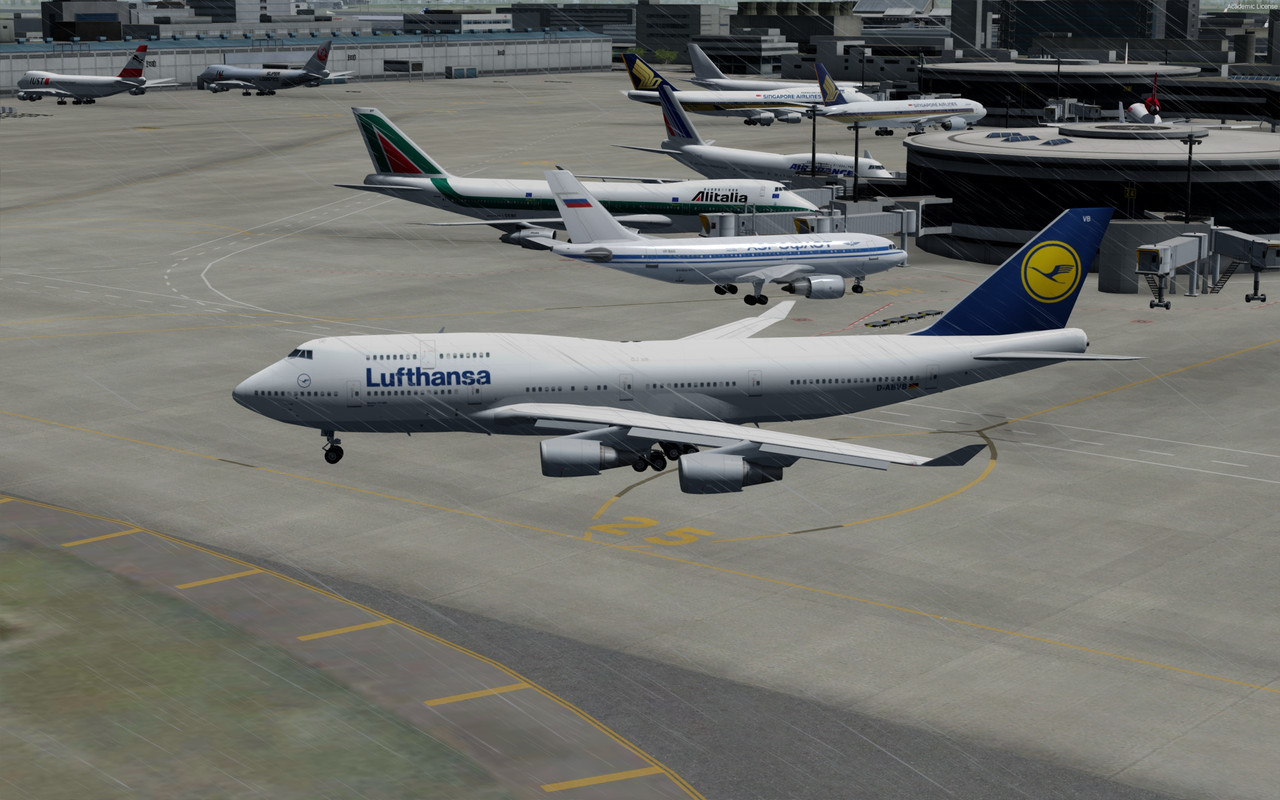 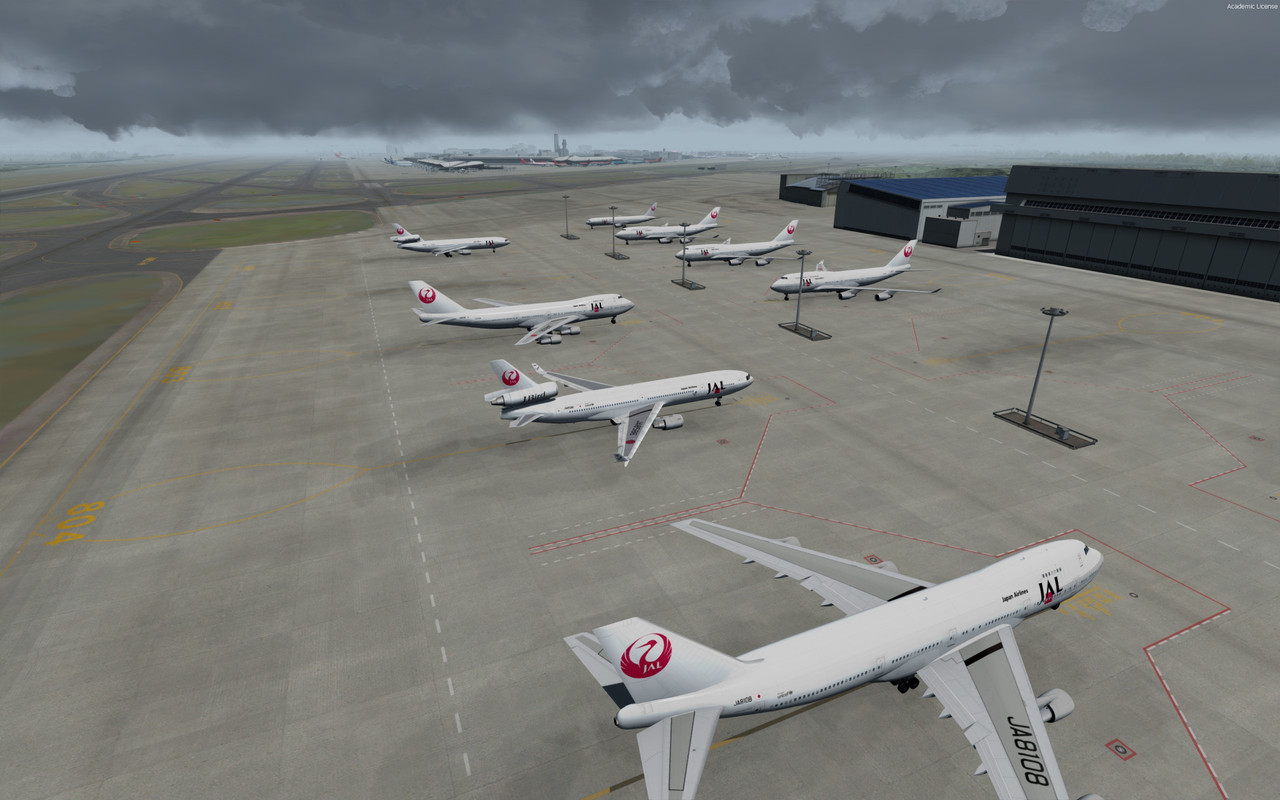 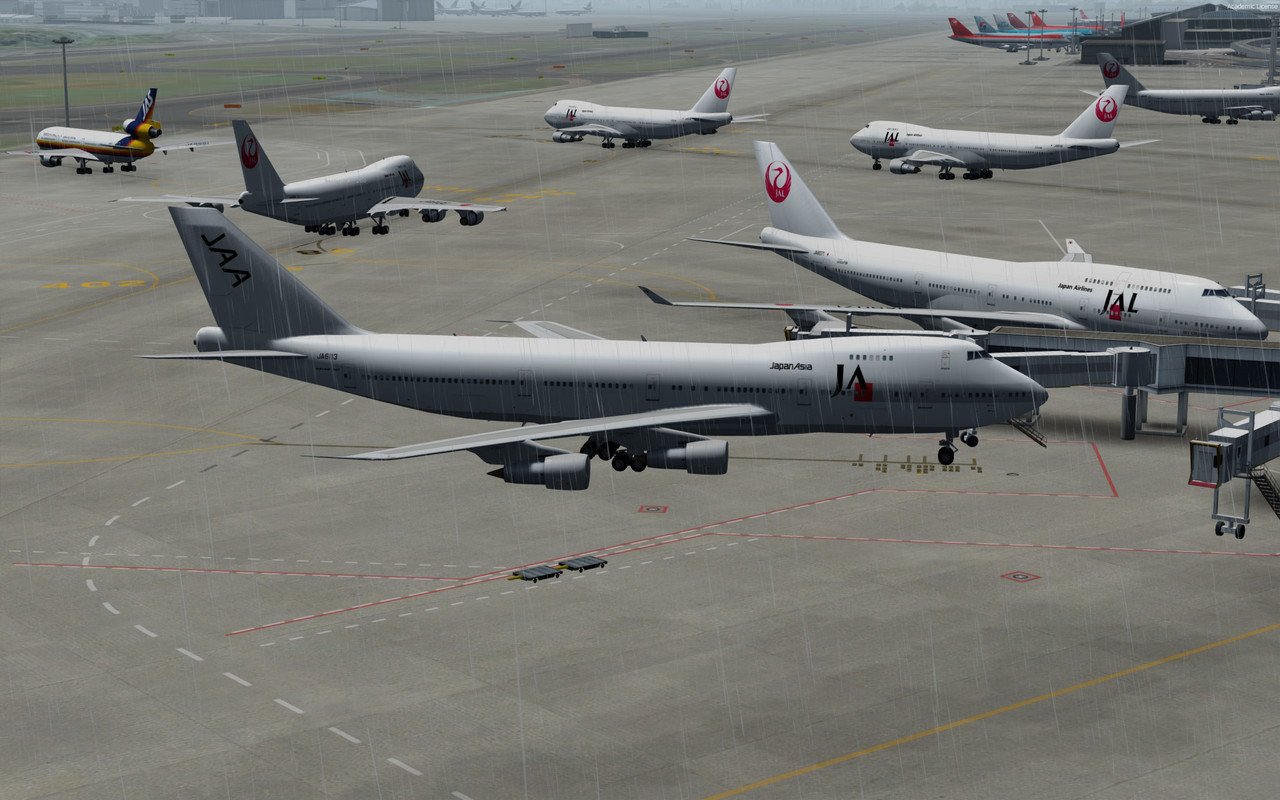 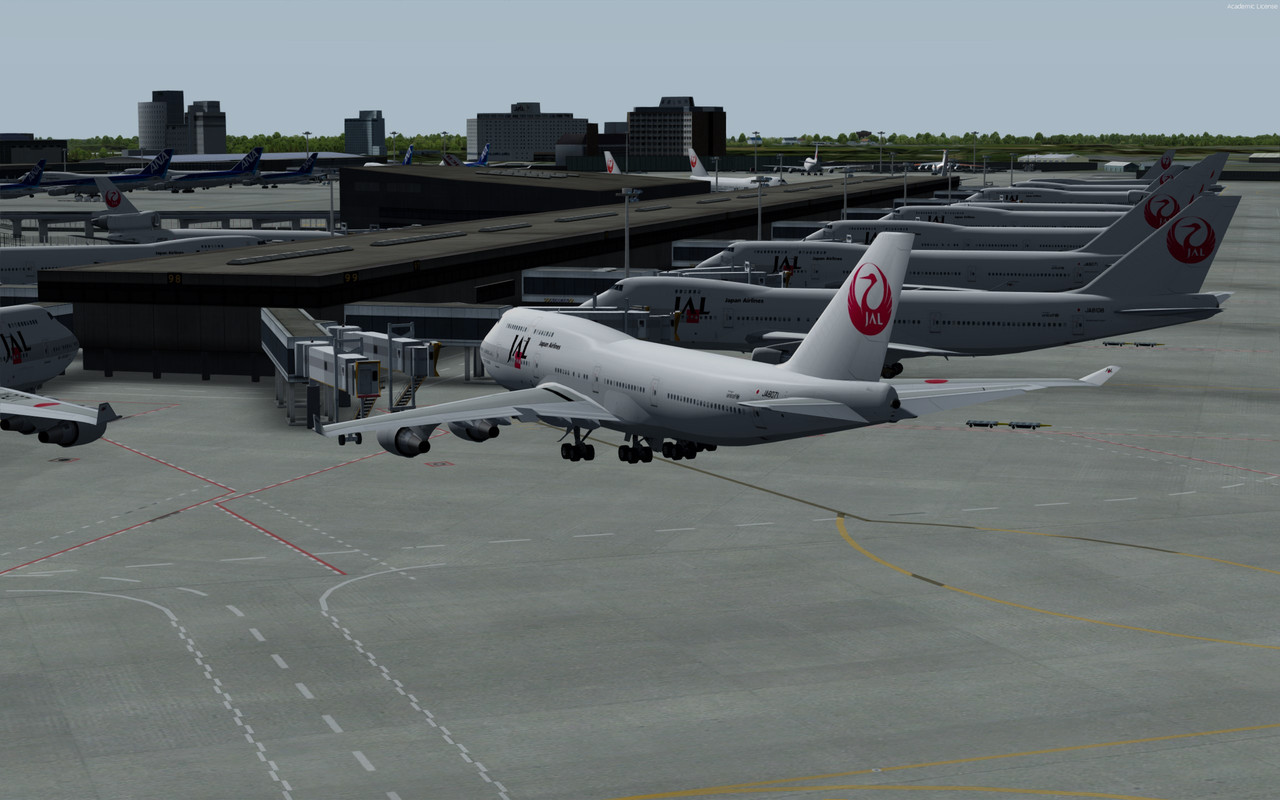 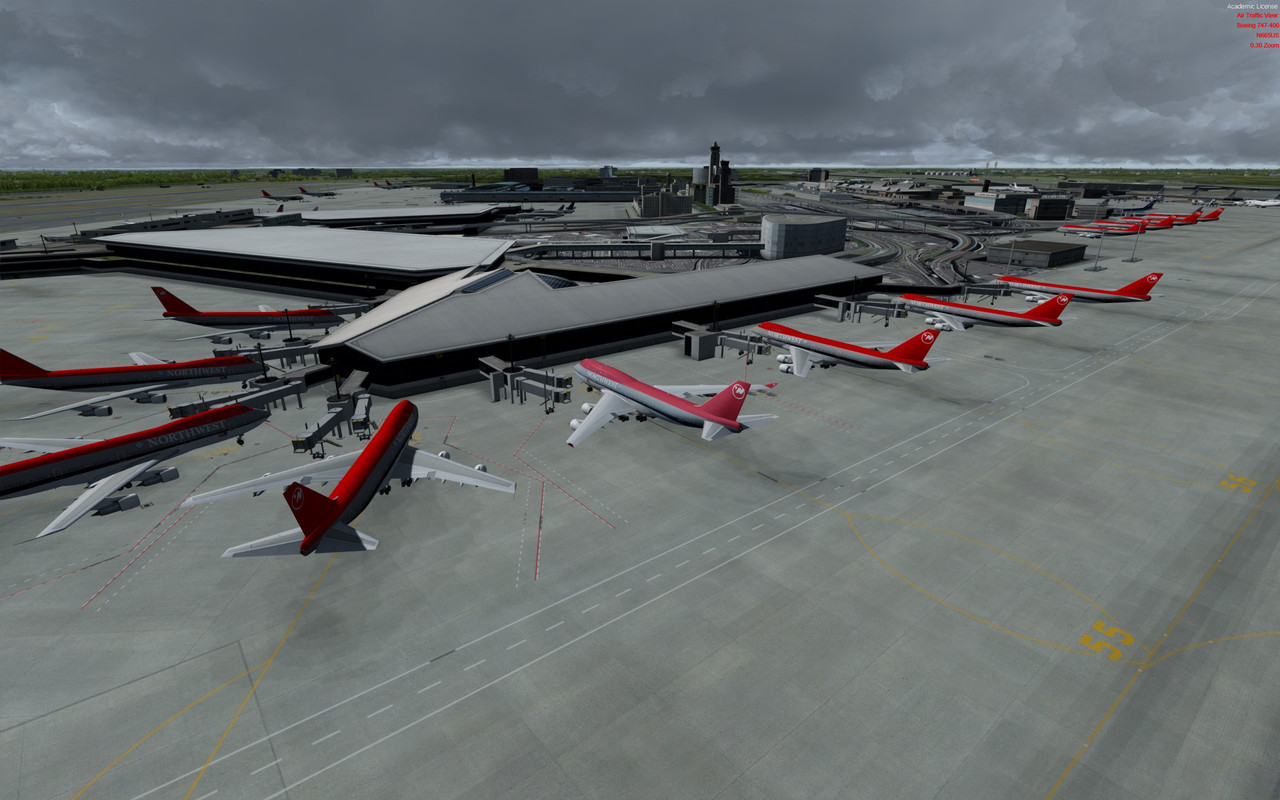 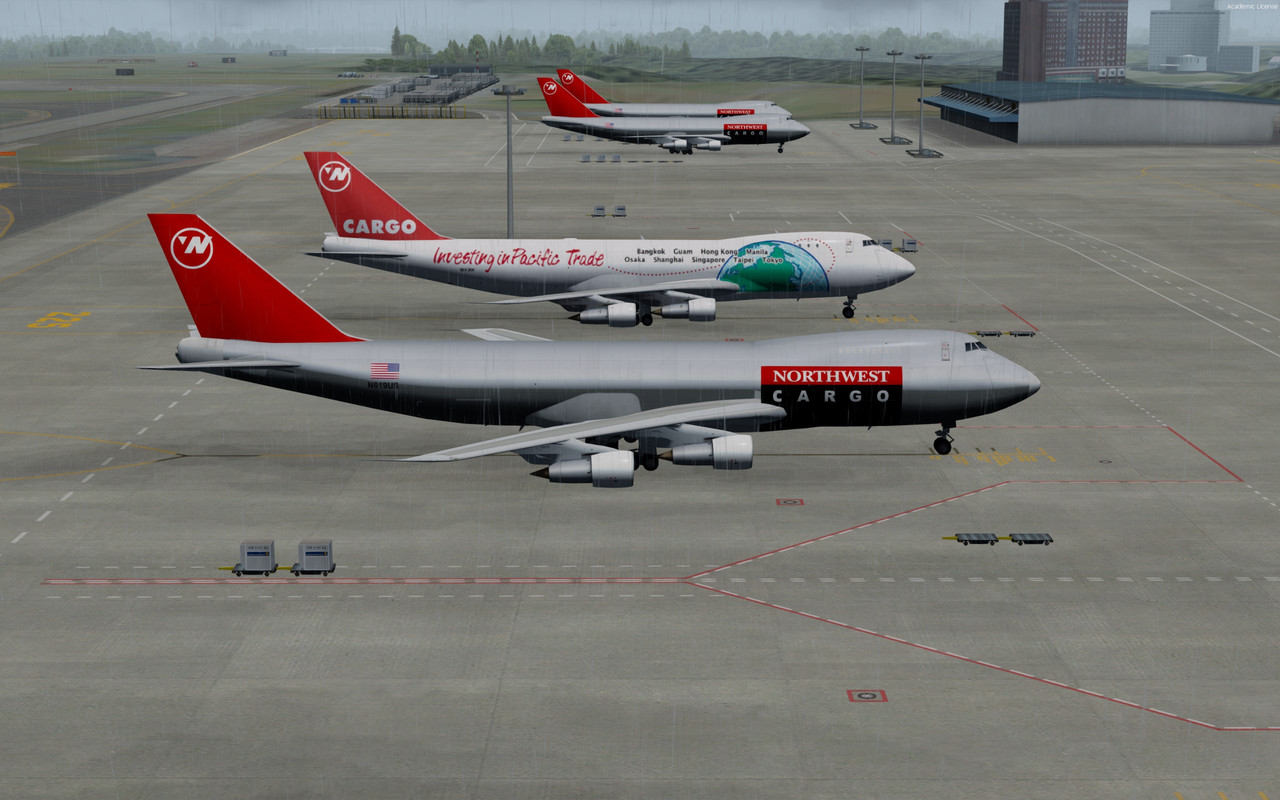 Download RJAA Wing Creations Inc 1998 ADEX here: drive.google.com/drive/folders/1ugdh4dnj0pWAX5zEC0z16KC8PPr0MCIV?usp=sharing |
|
|
|
Post by chasensfo on Jul 24, 2020 16:40:48 GMT -5
\\Seoul-Gimpo Airport 1998 v2 (updated 18AUG21: Airlines assignments updated as some airlines used the "South" international terminal beyond just Asiana and Korean Air) IATA: GMP ICAO: RKSS LOCATION: Seoul, South Korea Requires: library.avsim.net/search.php?SearchTerm=korea_airport_x_6set.zip&CatID=root&Go=Search (freeware) Seoul Gimpo was South Korea's primary international gateway and Seoul's main commercial airport until Seoul Incheon(ICN\RKSI) opened in 2001. Today, the airport is used by the domestic Korean airlines, and the cargo and international facilities have more or less shut down. Gimpo Airport was right around it's max capacity in 1998, with most parking bays full throughout the day. Korean Air and Asiana were the country's only 2 scheduled airlines in the late 1990s, and both had all their passenger and freight operations based in GMP. Most domestic routes were served with very high frequencies, so the airport is very busy. The international terminal consisted of a few gates with jetbridges and a large area of remote stands. This backdated version of Seongsu Kim's RKSS has all foreign airlines assigned to the proper parking, and the large Korean Air maintenance is represented with planes crammed on the ramp as it often looked in real life. Ranmori Scythe created an edit to remove the barrier placed in front of the now-closed cargo facility in order to "reactivate" it, and parking spots have been added in it's place. Korean Air flew from GMP to many cities across Japan, and it will be a good base for exploring the retro traffic in that region. A future update will include backdated logos and signage, as well as the military\government area across the field from the airline terminals. This was left out because I could not find any good photos or information on that part of the airport as of yet. 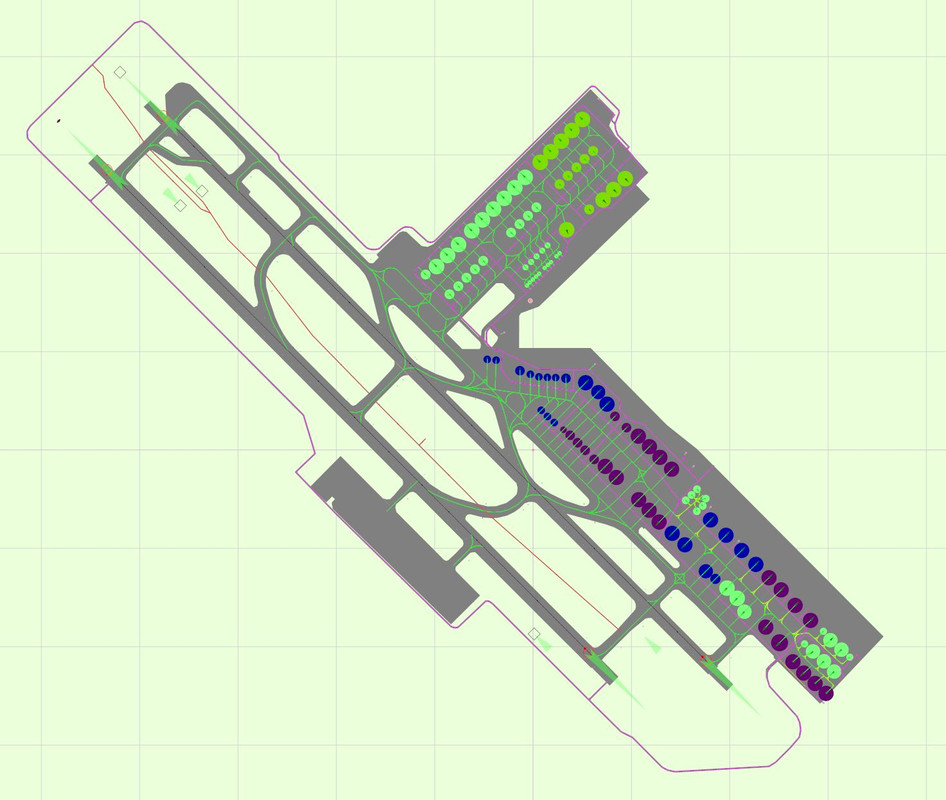 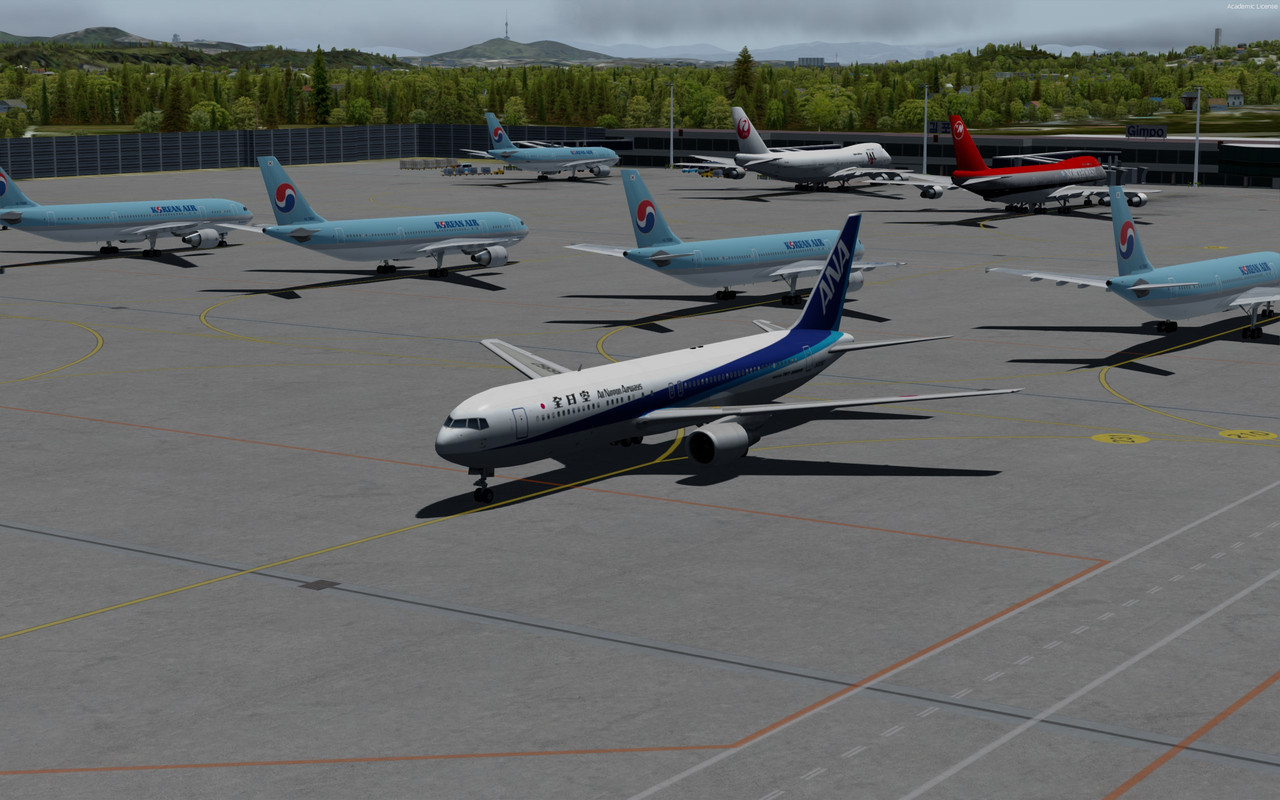 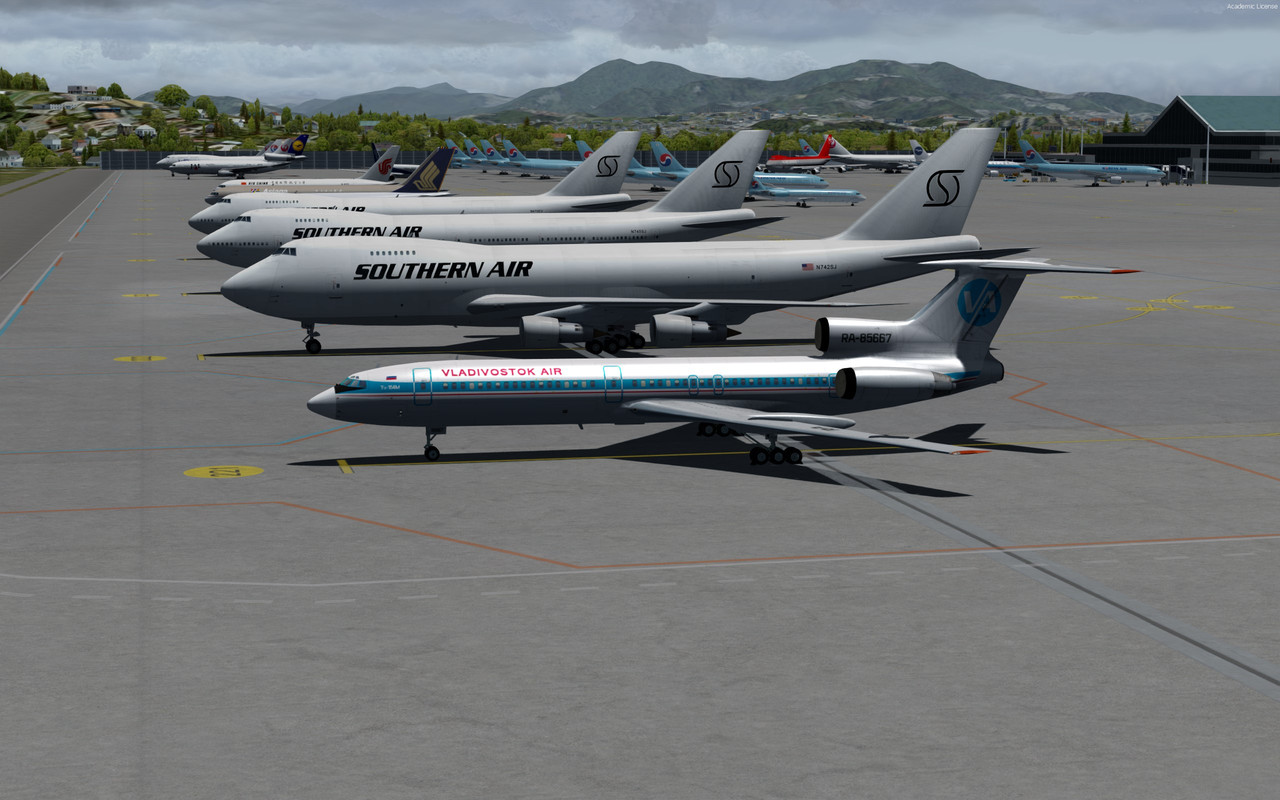 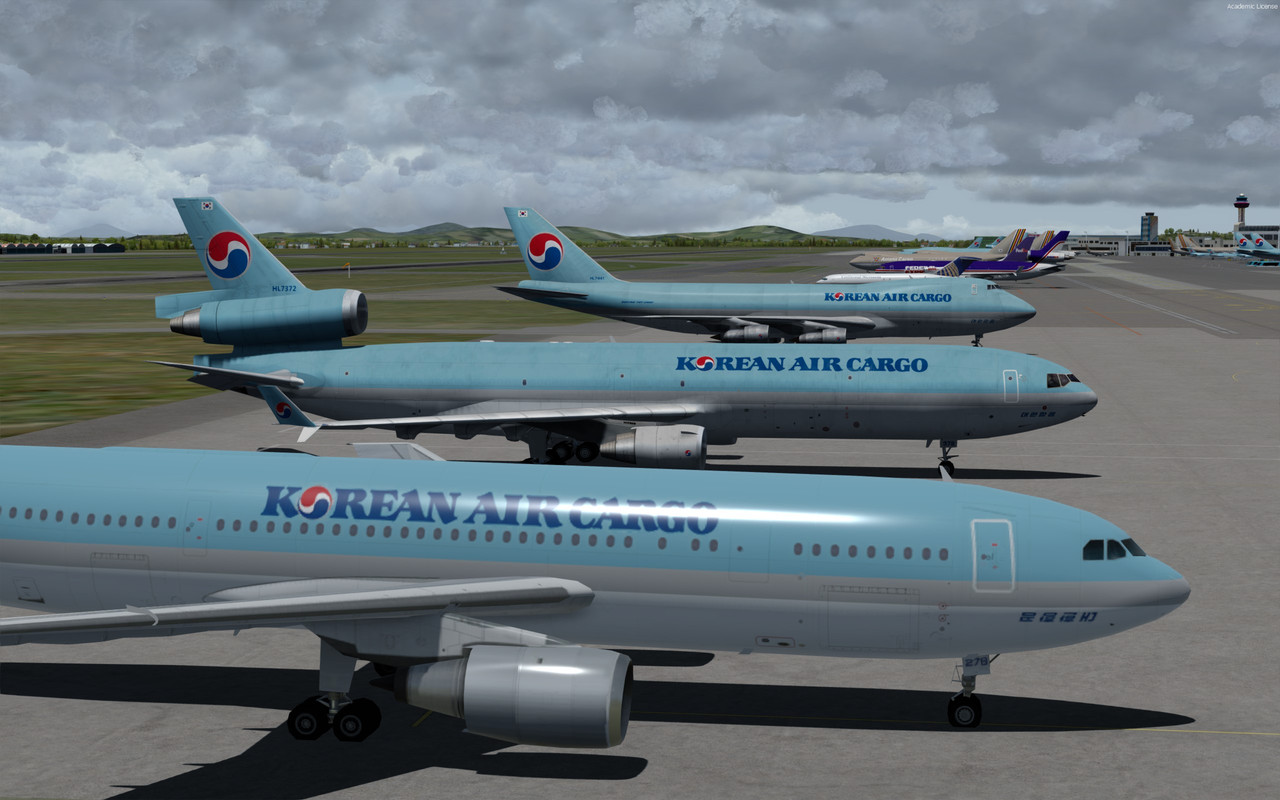 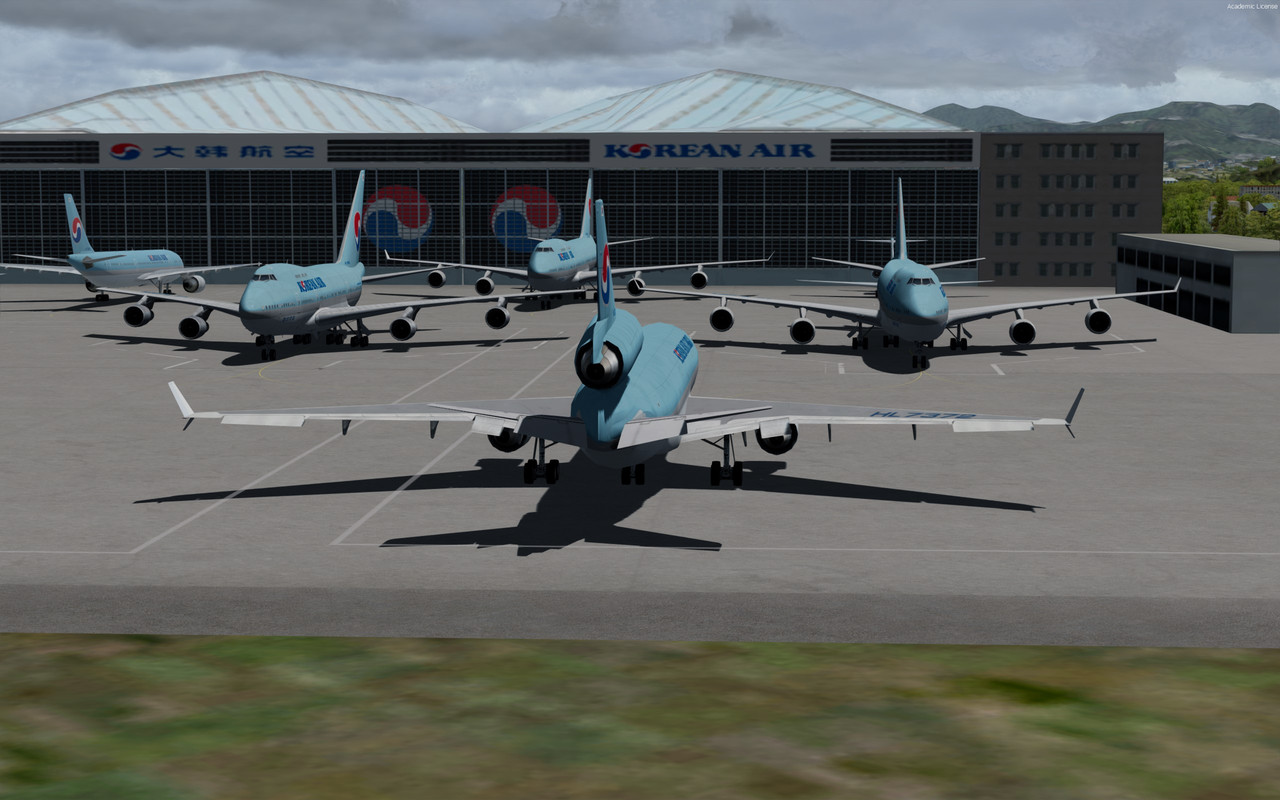 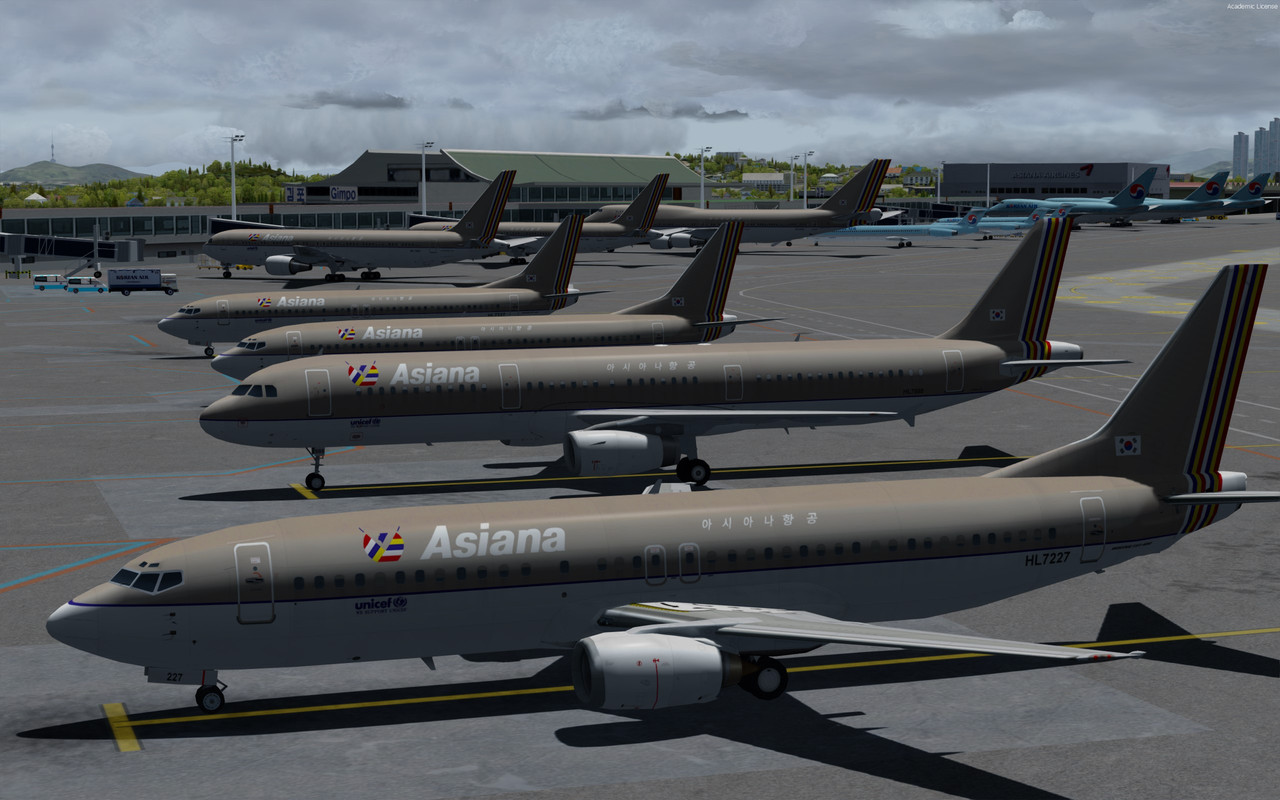 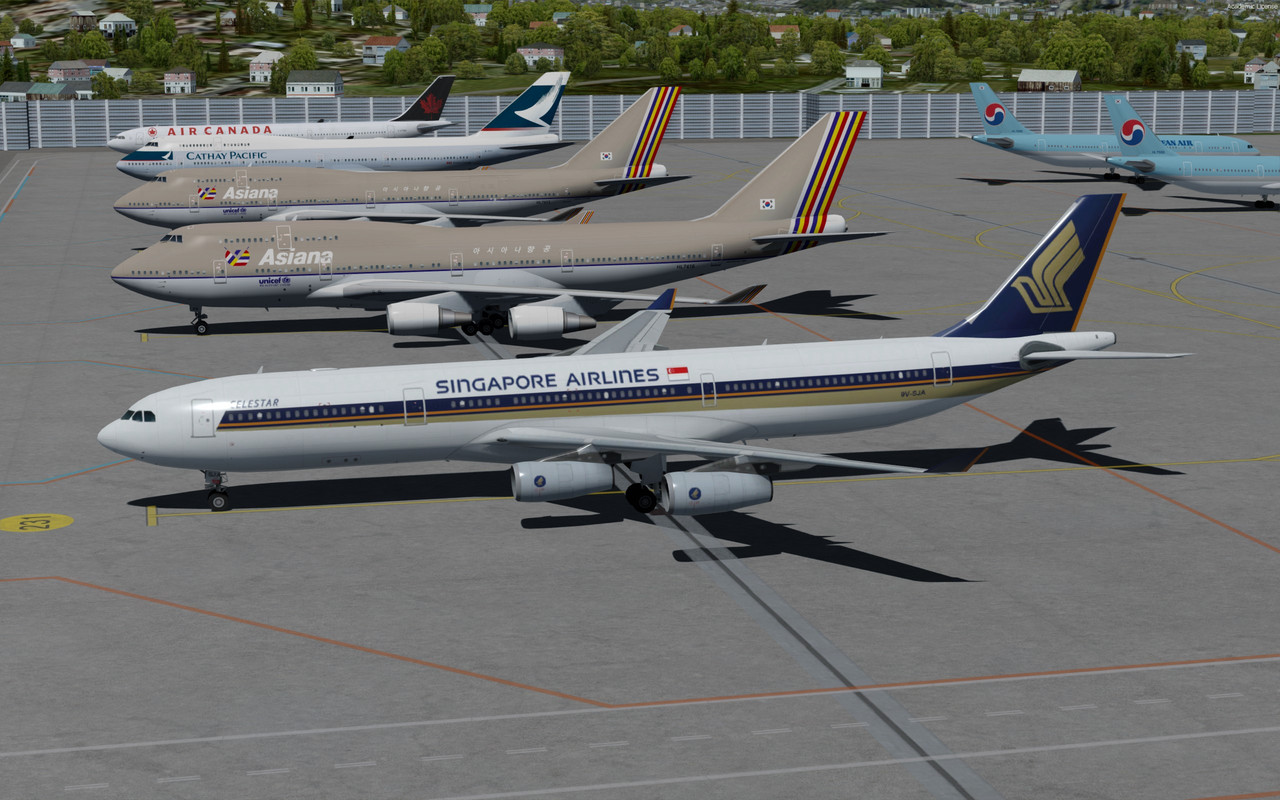 Download Seongsu Kim's RKSS 1998 ADEX v2 here: drive.google.com/drive/folders/1cZrBCur4STInEgwm39hINMyDwwLUZAI6?usp=sharing |
|
|
|
Post by chasensfo on Aug 15, 2020 12:41:39 GMT -5
\\Sapporo New Chitose Airport (Technobrain) IATA: CTS ICAO: RJCC LOCATION: Sapporo, Japan Requires: secure.simmarket.com/technobrain-fs-add-on-collection-new-chitose-airport-fsx-p3d.phtml (payware) The New Chitose Airport serving Sapporo, Japan is the largest airport in Northern Japan, and was the only airport in the region with scheduled international flights in the 1990s. The airport is a joint use airfield shared with the Japanese Self Defense Force(JSDF), who operates the ATC at the airport. The base operates as the Chitose Air Base, designated RJCJ and consisting of the military side of the field, though civilian traffic uses this area sometimes as well. It is the only major Japanese hub to regularly experience heavy snowfall in the winter. The international terminal had yet to be built in 1998, and the area was simply used for remote parking. I have reverted these gates to hard stands and removed the jet bridges. You will often see various widebody planes parked there due to terminal congestion. International flights park on gates 0-3, and the few international carriers were Continental Micronesia, Korean Air, China Northern, KLM, and Cathay Pacific, with Air Europe Italy preforming charters. KLM served CTS twice weekly with 747-400s on a round trip flight from Nagoya, on an AMS-NGO-CTS route. Now with this ADEX file, you can replicate those flights with the previously released Nagoya scenery. Another cool flight could be the Korean Air flight from GMP with an MD-80, if you happen to own the CLS or Leonardo's MD-80s. The airport was a domestic hub for JAS, JAL, and ANA, and was also served by some of their subsidiaries, including Japan Air Charter who flew DC-10-40s to HNL. With the exception of a few weekly flights by Hokkaido Air System(HAC), all other turboprop airline traffic used the nearby OKD airport. Recently launched AirDo was based at CTS at the time, along with the Japan Self Defense Force's VIP 747-400s when they were not abroad. There wasn't much in the way of cargo movements, but some cargo carriers like Tower Air Cargo did fly in. Note that as gates at this airport are especially congested during this time period at peak times, you will very often find airlines on remote pads or stealing gates from time to time. A future update will expand upon the military portion of the airfield, but parking is included for the VIP, Coast Guard, and JCAB operations. It will also provide a second ADEX for RJCJ with those facilities to simulate the military operations while sharing the airport with the CTS traffic and come with flightplans. The international terminal will also hopefully be physically removed. 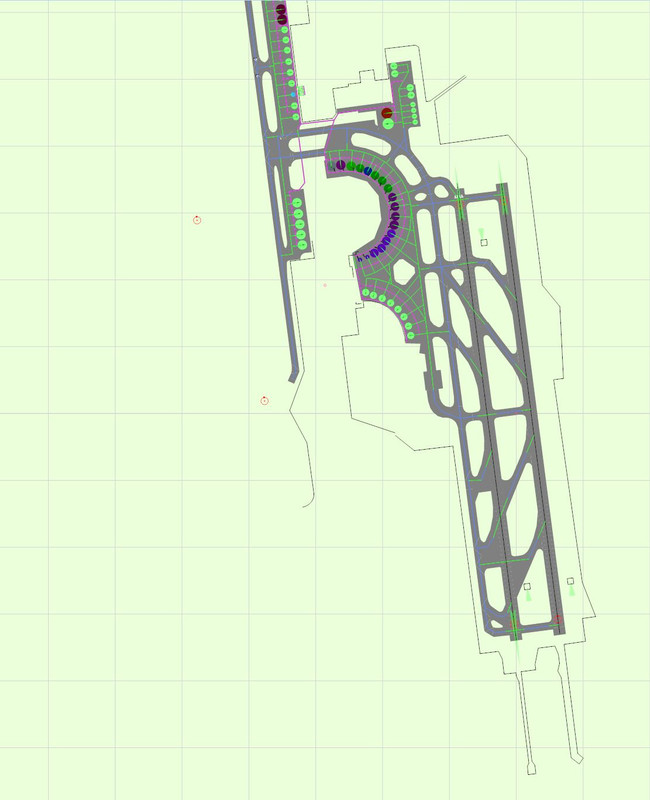 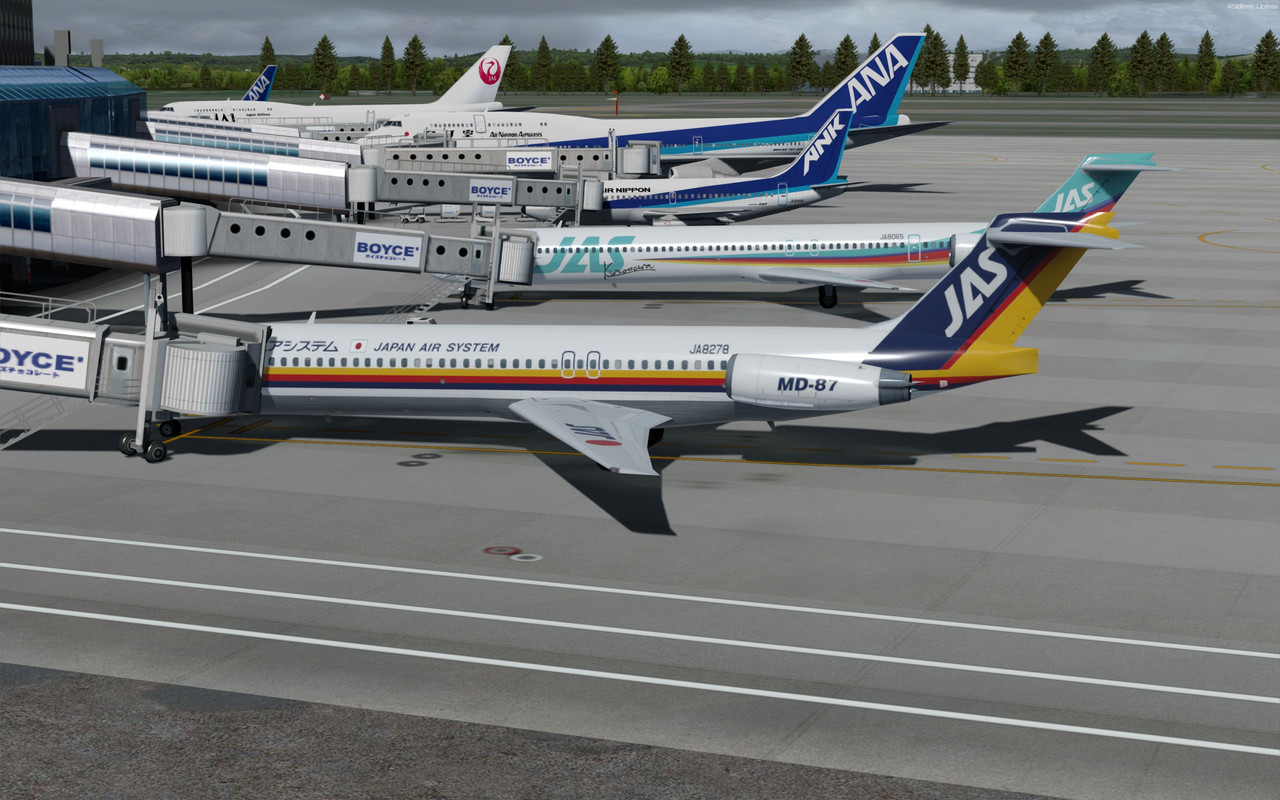 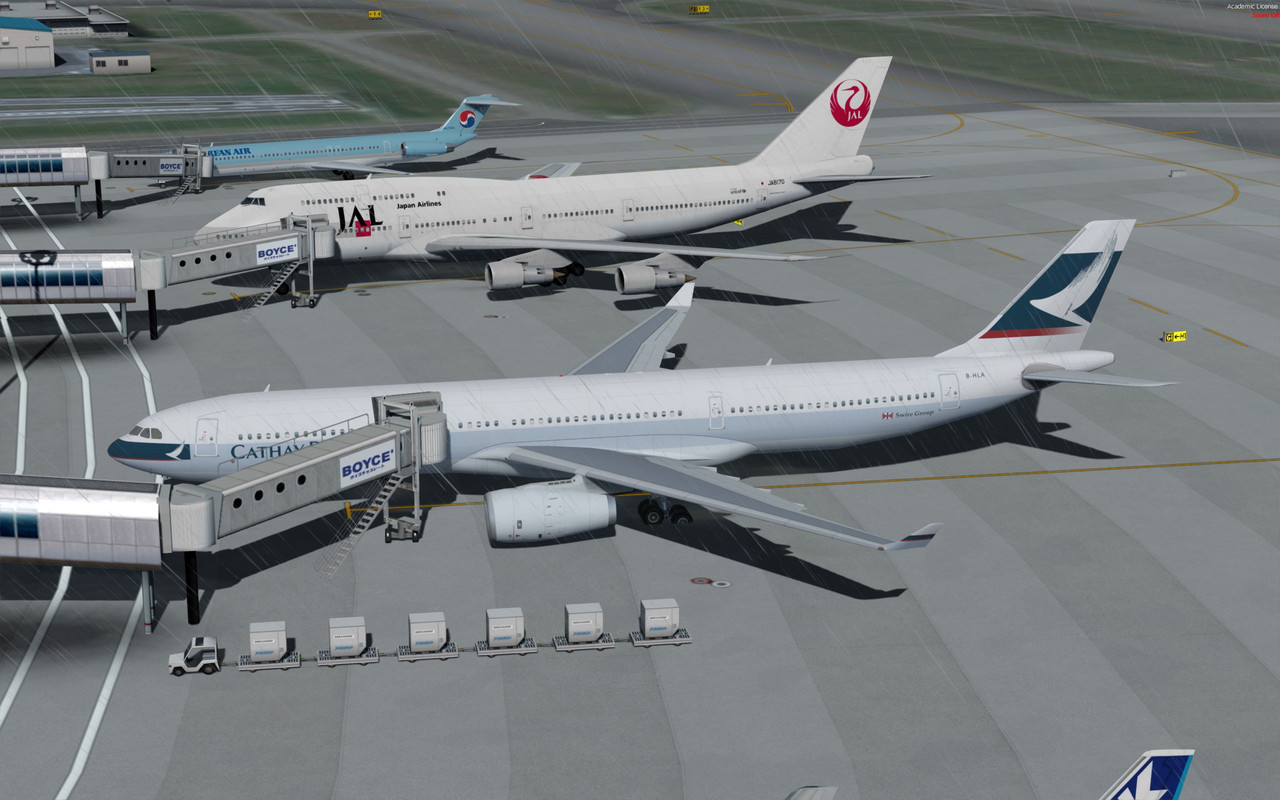 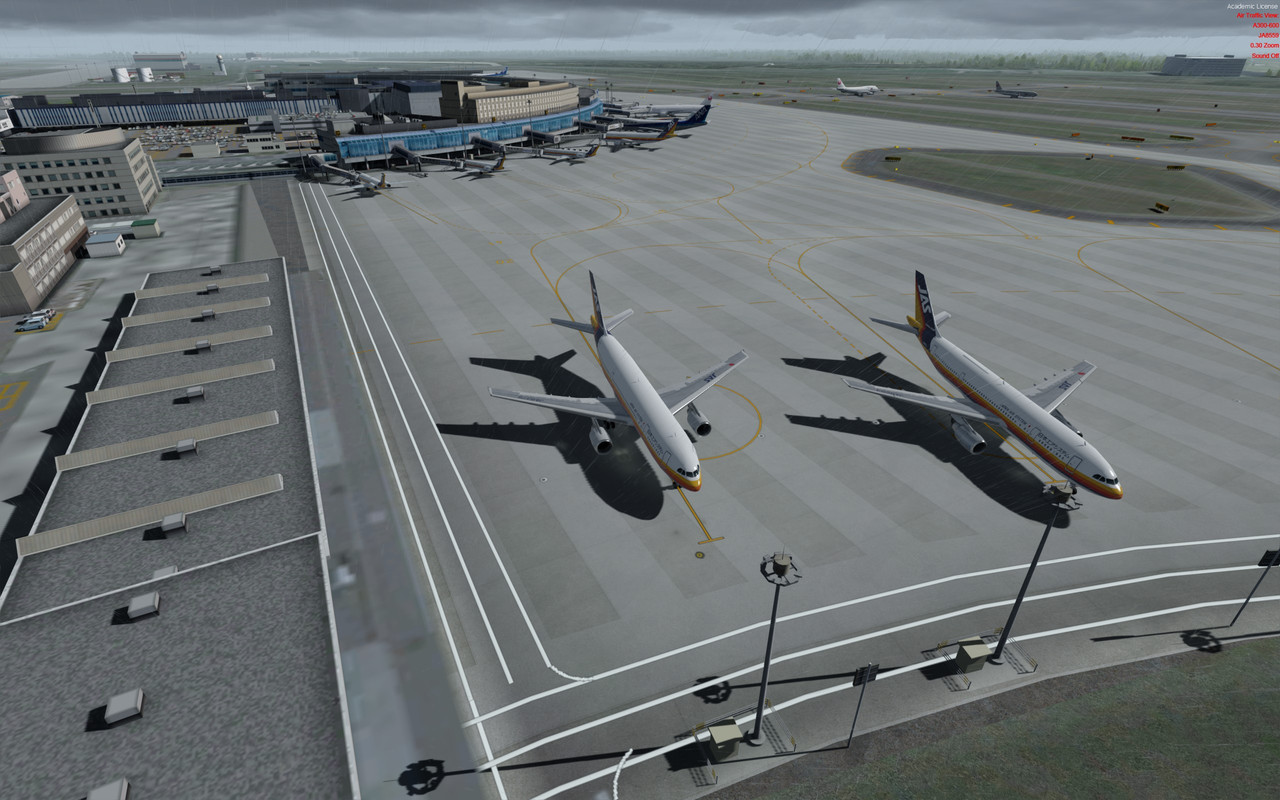 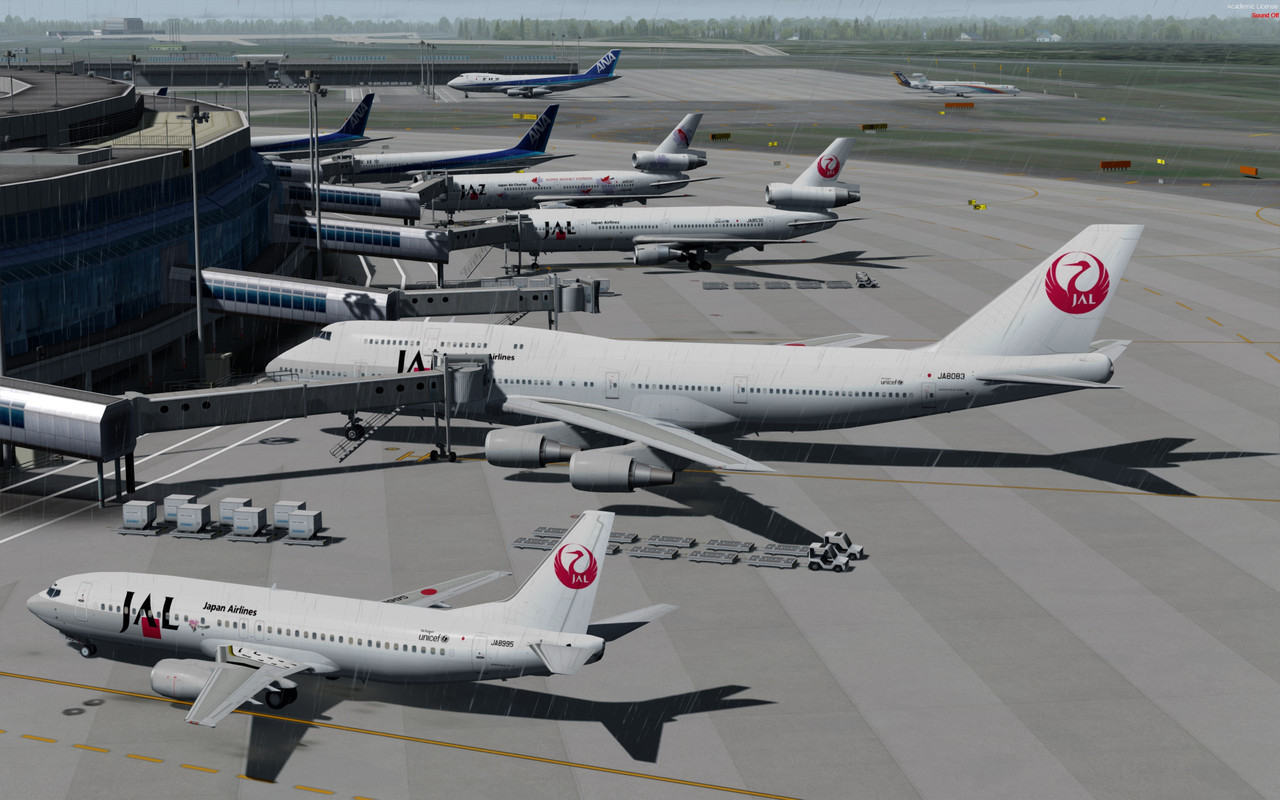 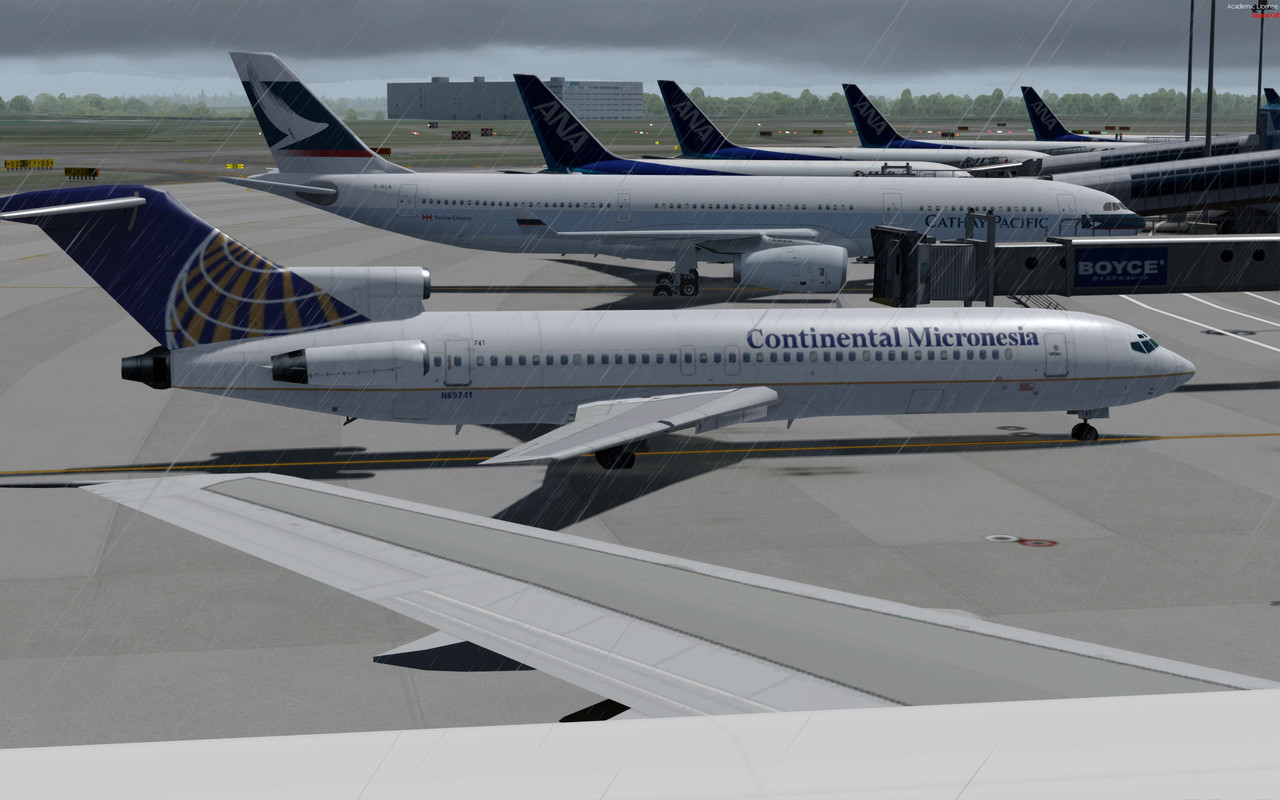 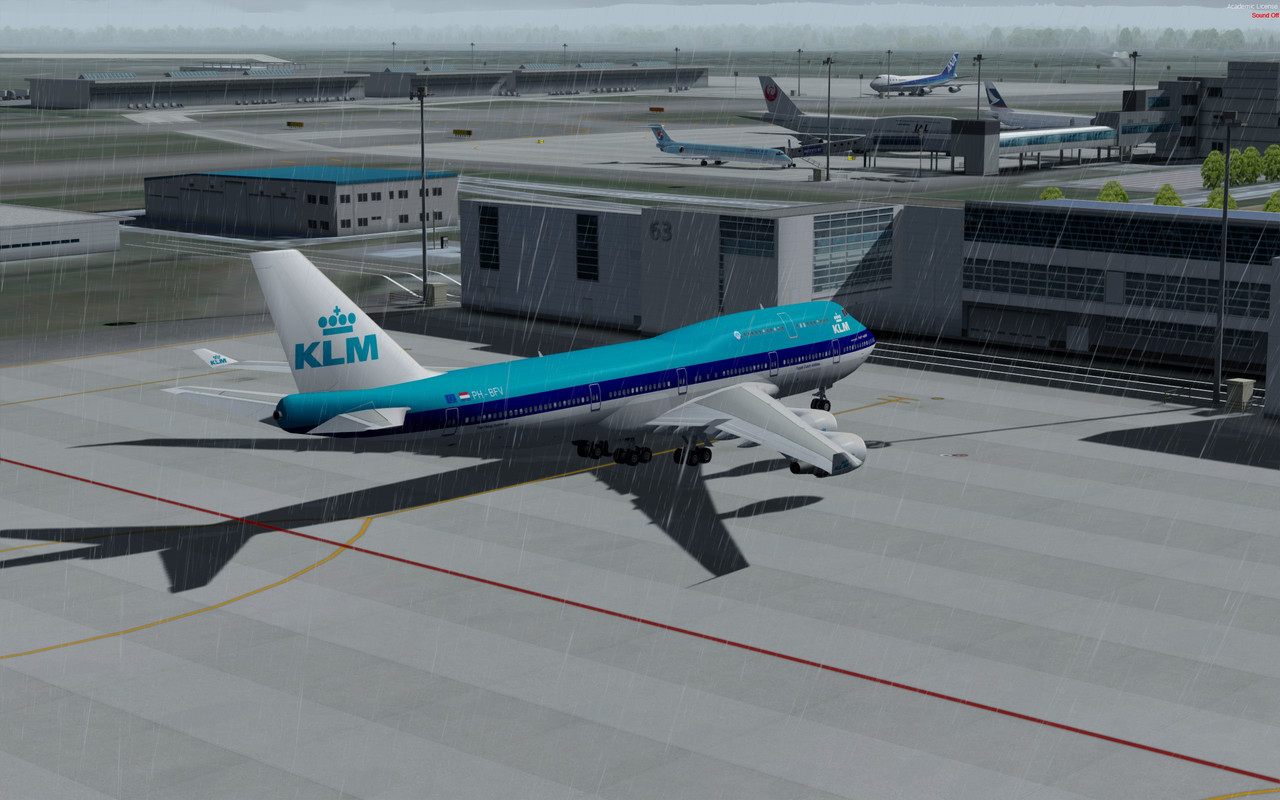 Download the Technobrain RJCC 1998 ADEX here: drive.google.com/drive/folders/16iUZHQENrLGmjhEgawkZKQfCeIW9gCBM?usp=sharing |
|
|
|
Post by chasensfo on Aug 15, 2020 12:42:52 GMT -5
\\Fukuoka International Airport (AeroSim) IATA: FUK ICAO: RJFF LOCATION Fukuoka, Japan Requires: www.aerosim.co.jp/eigo/a-product_e/fsx_e/rjff_fsx_e/rjff_fsx_e.htm (payware) Fukuoka Airport is one of the busiest in Japan, and the 4th busiest with international traffic after NRT, KIX, and NGO. Most major Asian airlines serve the airport, and it is one of the busiest domestic destinations in Japan as well. An international terminal on the West side of the airfield handled the international flights, while a long terminal on the Northeast side of the airfield housed the domestic operations. Skymark Airlines had recently launched flights based from FUK with Boeing 767-300s. The airport was also the base of operations for Harlequin Air, JAS's recently launched charter subsidiary. In addition, the airport was a domestic hub for JAS, JAL, and ANA and their subsidiaries, including Japan Asia Airways (JAA) with flight to TPE. Like many Japanese airports at the time, FUK had only one runway, so widebody aircraft were the most prevalent. The flights to Tokyo and Osaka were operated with some of the highest frequencies of any routes in the world, and were almost all flights on those corridors with large aircraft like the A300, 767, 777, and 747. A few commuter flights operated each day with YS-11s, and these aircraft park off to the side of the domestic terminal. Government and general aviation aircraft also frequented the airport at the time. One of the more interesting flights at the time was with the Air Lanka A340-300, which would operate CMB-NRT, spend the night, then fly from NRT-FUK-CMB the next day. Until there is a high quality A340 for P3Dv4\5, there is an fictional Air Lanka livery for the Aerosoft A330 if you search for it(in reality, the airline re branded as Sri Lankan in 1999 before flying the A330). A future update will expand upon the government and general aviation areas. ***NOTE: Due to the YS-11A being a large turboprop with a parking radius around the same size as 737s and MD-80s, change the parking raduis of your YS-11As to 38 feet by changing the "wing_span=" value to 38 in your aircraft.cfg file for that the FSPX and DWAI YS-11s, or the planes will park in the wrong places.*** 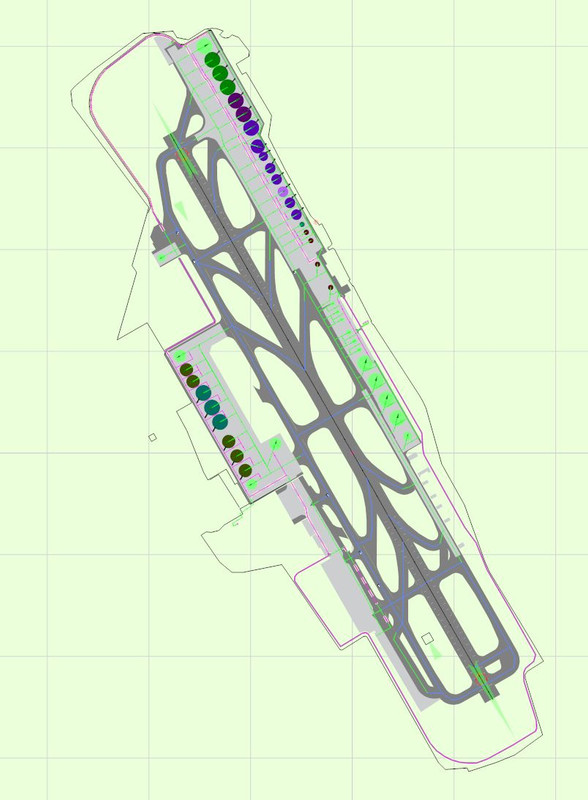   ' 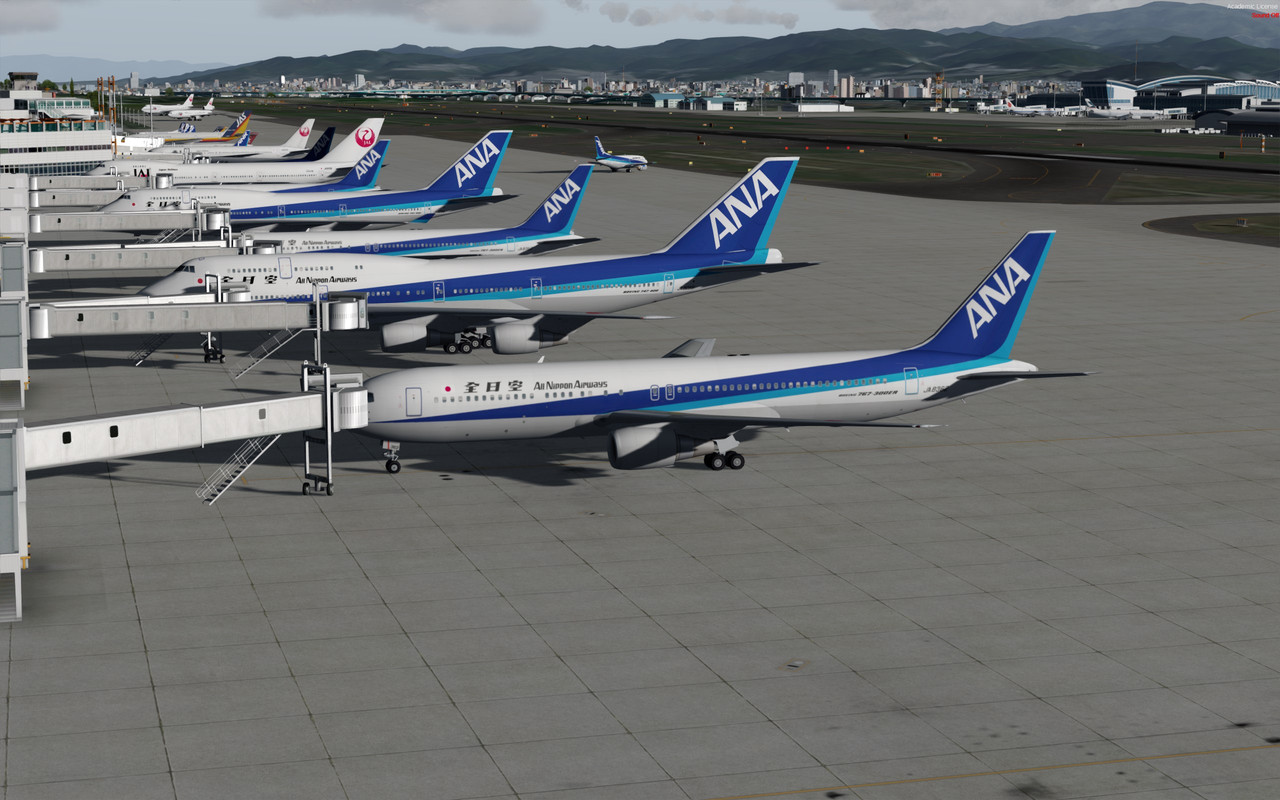 Download Aerosim's RJFF 1998 ADEX here: drive.google.com/drive/folders/1xunMabx90n7XMAfb3G_Pcq_Ntb1MhVFP?usp=sharing |
|
|
|
Post by chasensfo on Aug 15, 2020 12:44:12 GMT -5
\\Osaka Itami Airport (Technobrain) IATA: ITM ICAO: RJOO LOCATION: Osaka, Japan Requires: secure.simmarket.com/technobrain-fs-add-on-collection-osaka-intl-airport-fsx-p3d.phtml (payware) Osaka Itami is the second busiest domestic airport in Japan, behind Tokyo Haneda(HND). Until 1994, the airport was Osaka's primary international airport prior to the opening of Kansai(KIX), and it still serves capable as a limited back up option for KIX able to accept flights in certain situations. However, officially, the airport had been reverted to operate as a domestic airport only by 1998, but the airport was much more busy than it is present day. Major routes like ITM-FUK\HND are operated with very high frequencies and largely by 747-400Ds, but various other widebody aircraft as well. On select flights, international 747-400s were flown to ITM from NRT as well. As the airport had 2 runways, ITM had more flexibility with landing slots than other major Japanese airports, and there was a decent amount of tubroprop YS-11 traffic and general aviation operations. However, gate space was still tight and the gates are often full of aircraft with few arrivals for a period of time. YS-11s have dedicated parking, with the JAC flights parking by the JAS terminal and the ANK flights parking by ANA's gates. The airport is a domestic hub for ANA and JAS, but more of a focus city for JAL who mostly served just busy trunk routes. However, JAL had recently started a subsidiary called JAL Express(JEX) with 2 737-400s, and that airline was based at ITM. ANA had a maintenance center at ITM and parking is included for it, with a spot for a MIAT 727-200 to sit by the hangar as it sits there a few days per week on a real world maintenance visit. I get a problem at this airport in P3Dv4 where the wheels of jet bridge detach and float above the bridge. I am not sure if this is a compatibility issue with the 64-bit sim or a corrupt file on my end, but it isn't that noticeable in the grand scheme of things if this does happen to you. ***NOTE: Due to the YS-11A being a large turboprop with a parking radius around the same size as 737s and MD-80s, change the parking raduis of your YS-11As to 38 feet by changing the "wing_span=" value to 38 in your aircraft.cfg file for that the FSPX and DWAI YS-11s, or the planes will park in the wrong places.*** 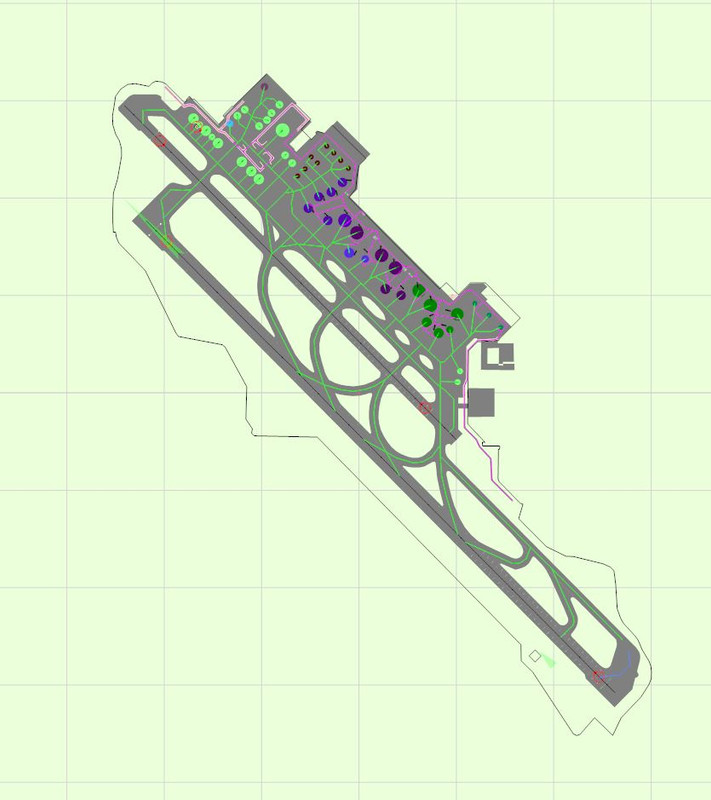   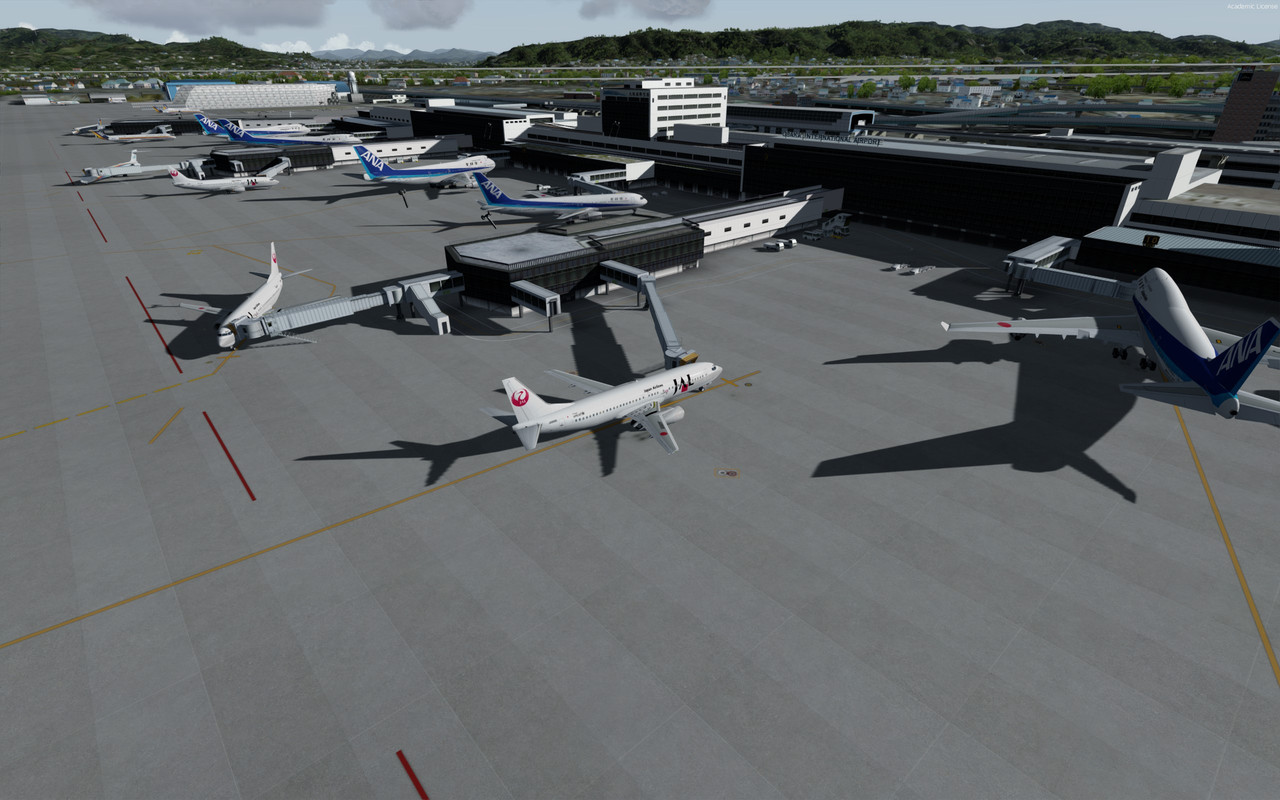 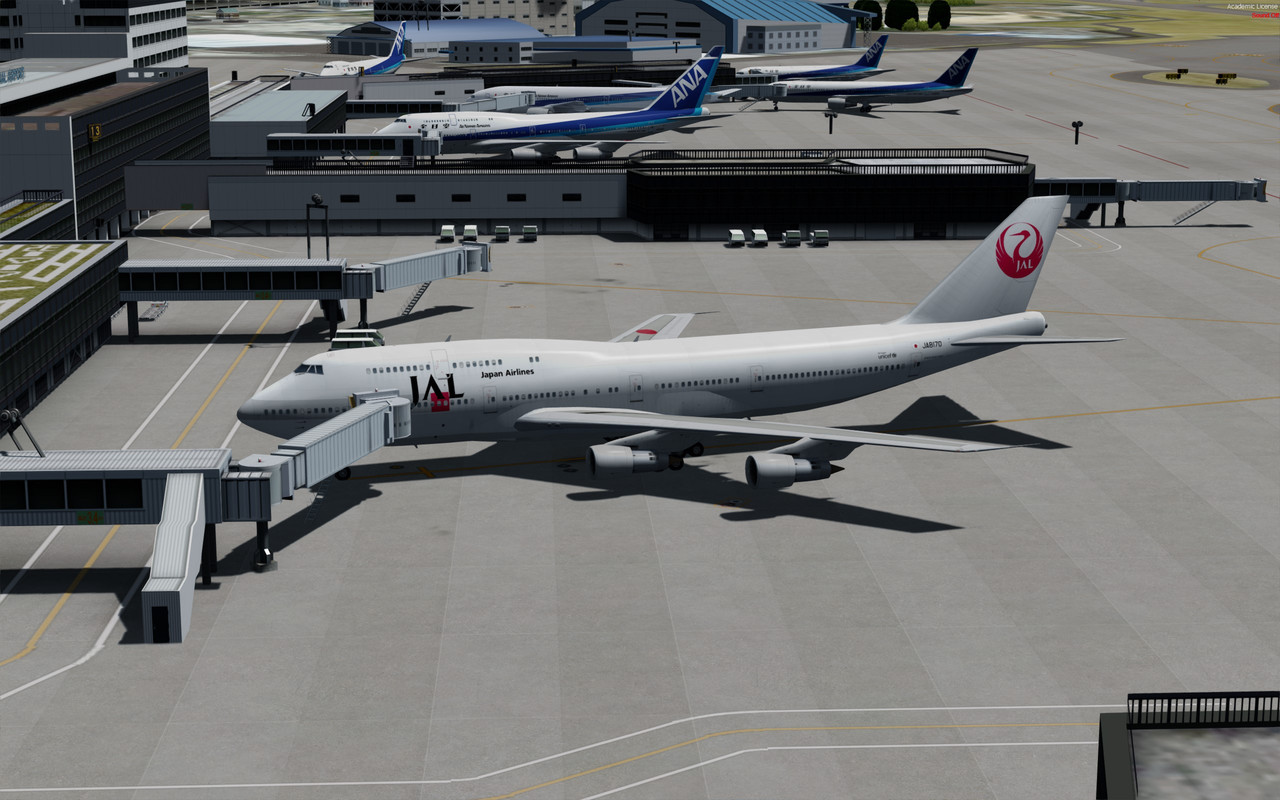   Download Technobrain's RJOO 1998 ADEX here: drive.google.com/drive/folders/1LQQidw1WvH-VNPnH2byMTHME55zpwE-9?usp=sharing |
|
|
|
Post by chasensfo on Aug 18, 2020 4:16:32 GMT -5
//Ninoy Aquino International Airport (PacSim) 1998 IATA: MNL ICAO: RPLL LOCATION: Manila, Philippines Requires: www.islandsim.com/ninoy-aquino-int---p3dv41.html (payware) Manila is the main international port of the Philippines, and also the busiest airport in the Philippines by far, and one of the busiest airports in Asia. It was just a few years away more or less from it's current state in 1998. As the Philippines is a poor country, virtually all of the countries international commerce takes place in the massive Metro Manila area, and as such, almost every Filipino air carrier was based in Manila in 1998. Along with various small operators, MNL at the time was the home base of Philippine Airlines, Air Philippines, Cebu Pacific, Asian Spirit, Grand Air, Pacific Airlines, SEair, and cargo airline Pacific East Asia Airlines(who flew on behalf of TNT) and Aboitz Air. The Philippines, along with much of Asia, were in a huge financial recession which had started in 1997, and Philippine Airlines was on the verge of shutting down, with most of it's fleet grounded in Manila, many of the airplanes marked for returns to lessors, and was operating only a fraction of it's normal domestic and international Asian flying from years prior. This scenery provides the necessary parking to house the majority of the Philippine Airlines fleet at most times, mostly by the hangar but they also pop up in most remote parking areas. The current Lufthansa Technik hangars have been repainted into their former Philippine Airlines colors as they appeared in the late 1990s, but 1 hangar not built until the 2000s is still present and also repainted. Grand Air was also on the verge of shutting down, and ended up doing so, so they also often have planes sitting idle around MNL with many services cut. On the other hand, Cebu Pacific, Air Pacific and Asian Spirit were quickly growing, seizing domestic market share as Grand Air and Philippine Airlines fade away. The domestic terminal(today called T4) has been repainted(to remove the Zest Air logos), and will usually feature a line up of very cool planes, often hybrids. Also included are the Cebu Pacific, Air Philippines, and DHL hangars, repainted to their 1990s colors when needed and with all the proper parking. The Aboitz Air hangars have also been repainted, and on most days, the colorful fleet of individually unique YS-11s will sit on the ramp, along the taxi route from the domestic terminal to the runway. Terminals 2 and 3 are closed and not yet open with all parking removed, sans a few areas of T2 used for remote parking prior to opening. Manila got more Middle Eastern traffic in 1998 that most Asian airports, and also drew in some very interesting visitors like Air Niugini and Air Nauru which were seldom seen at most airports. Keep in mind that MNL does not have a curfew and is busier at night than many of the daylight hours, so you will have to fly in late at night to spot many of the more interesting traffic. A future update will include the removal of the newer PAL hangar and T3, along with greatly enhanced general aviation and military areas when local traffic is added at a later date. Thank you to Miguel Caballos and Ian San Gabriel for their help in determining the 1990s layout of MNL. 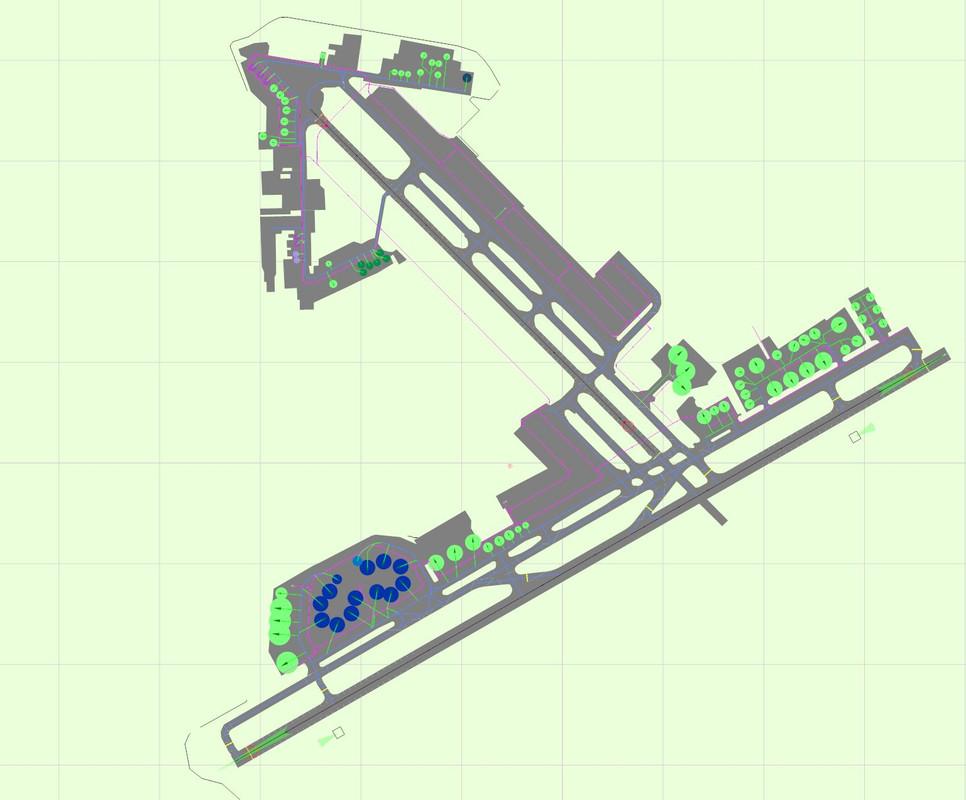 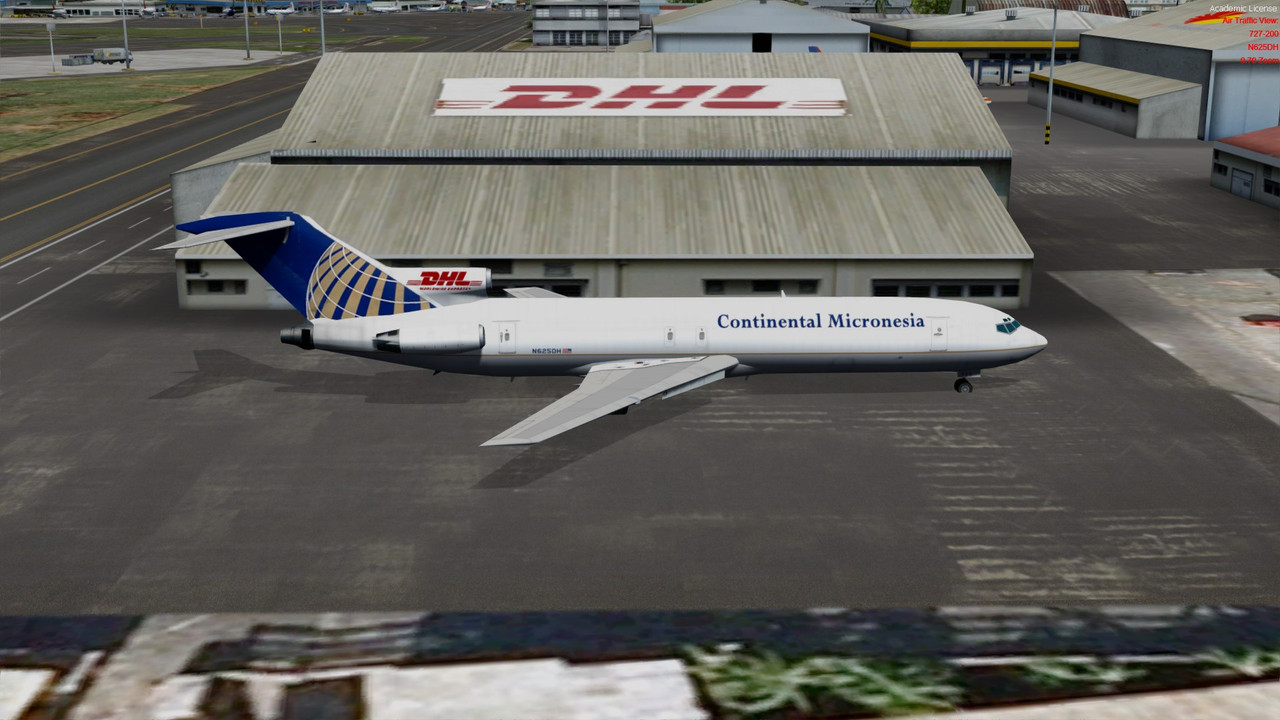 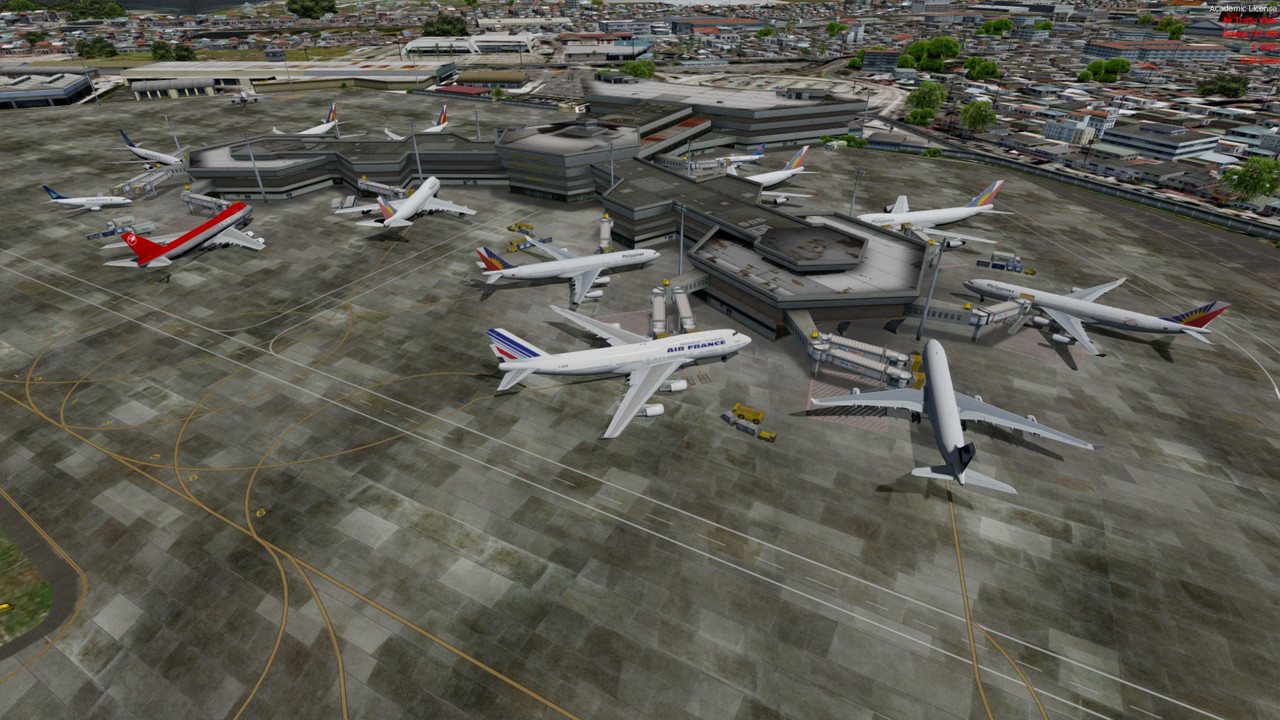  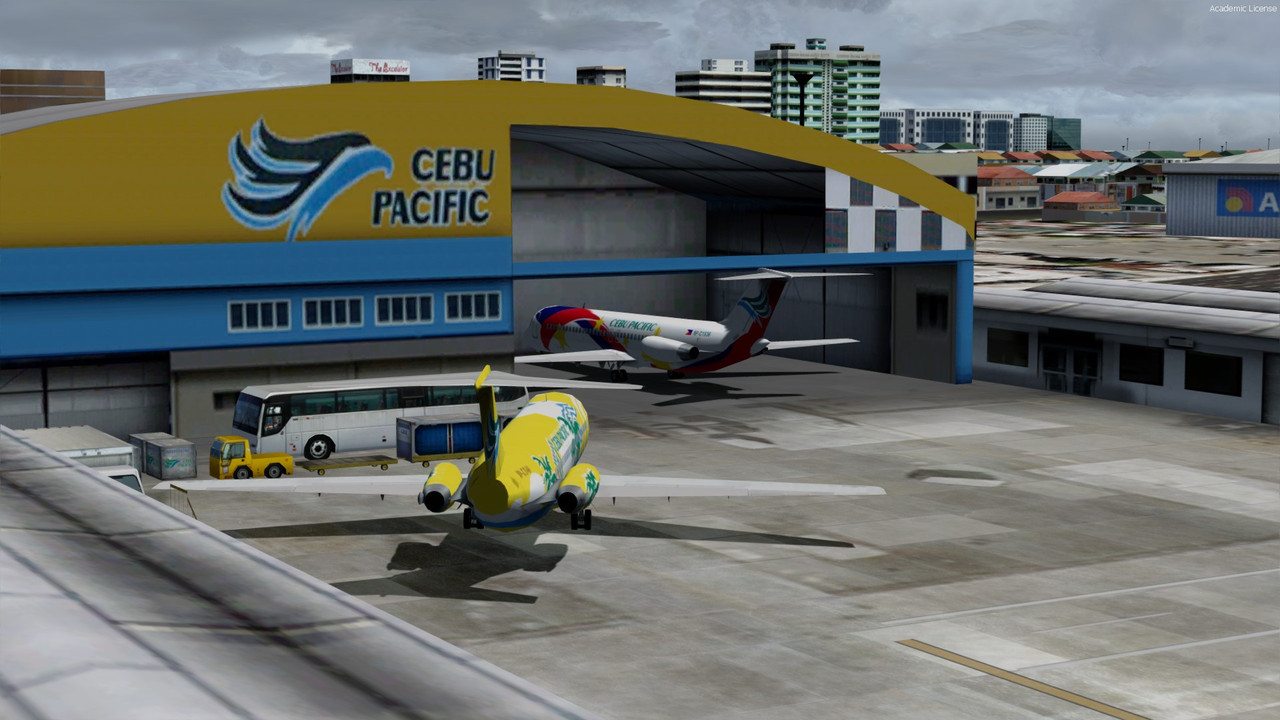 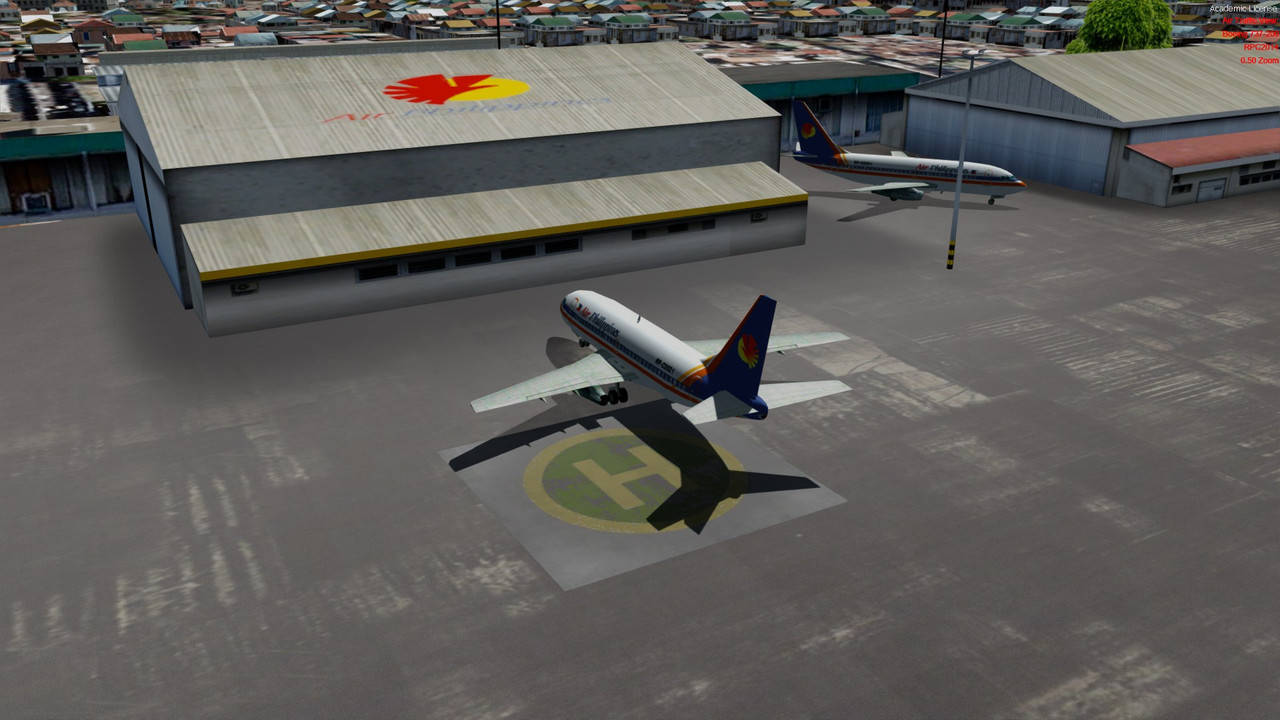 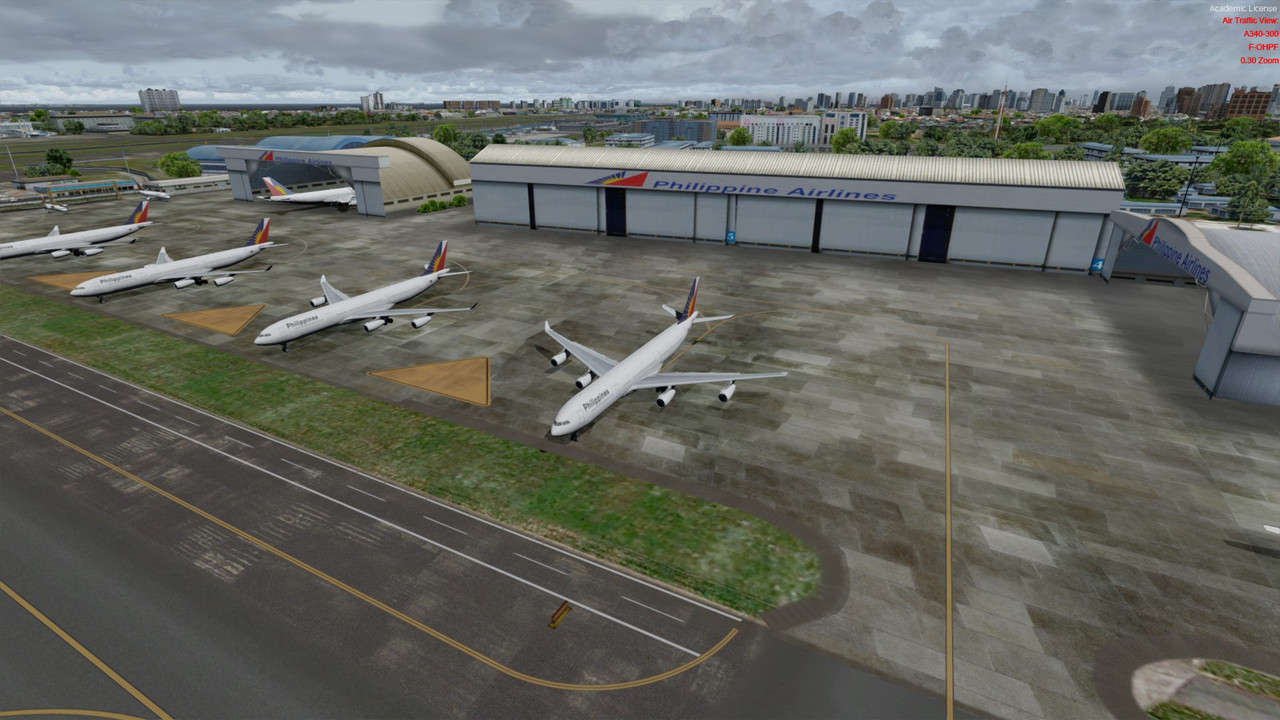 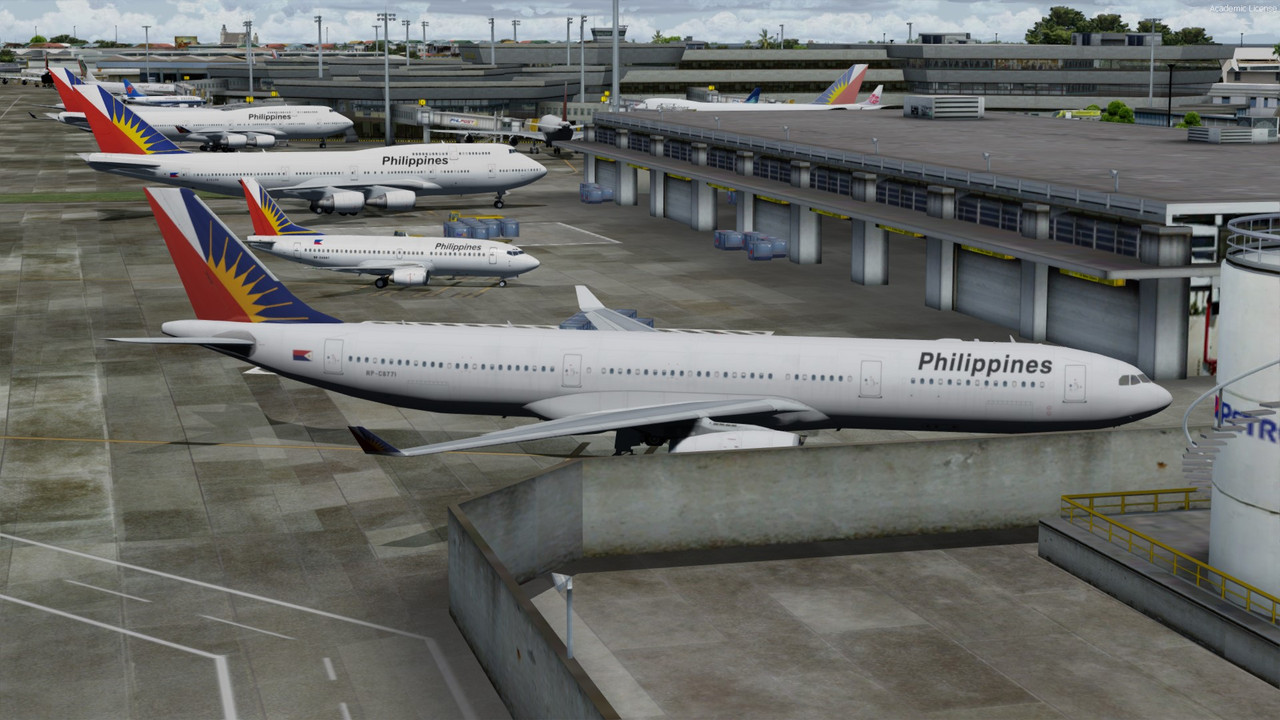 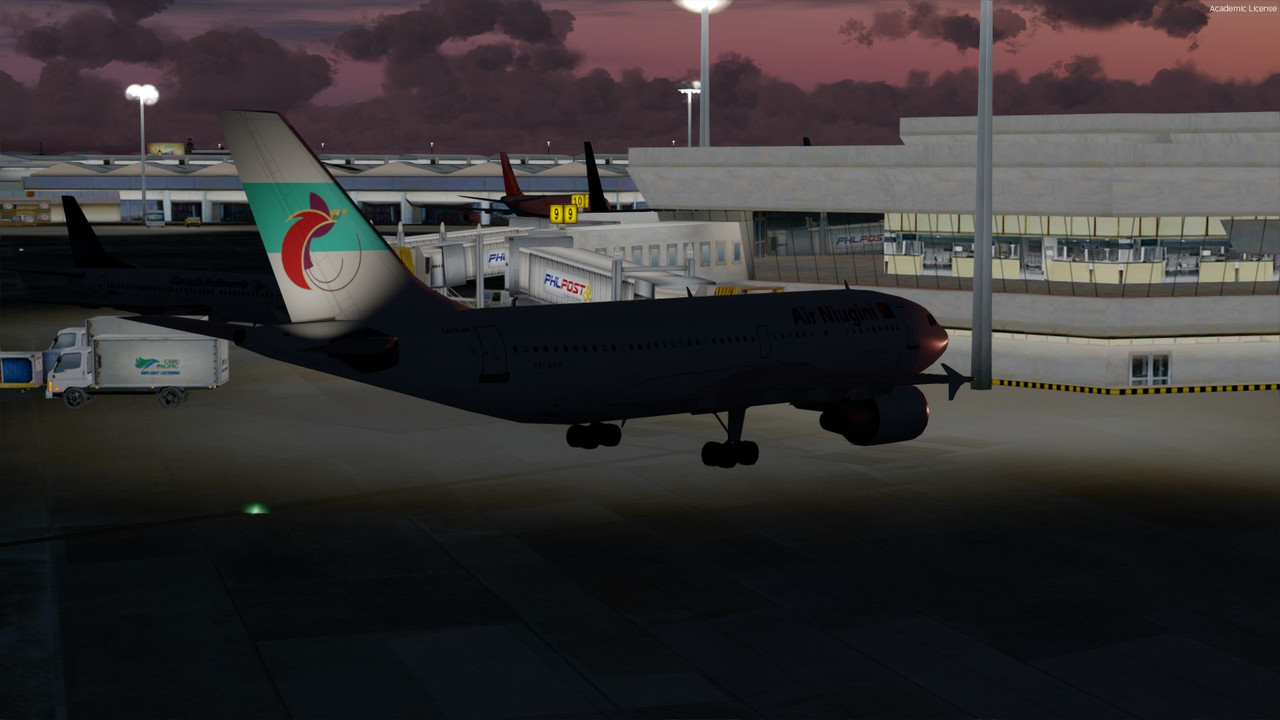 Download PacSim's RPLL backdated 1998 textures and ADEX here: drive.google.com/drive/folders/1pJyy3uejAoKULmZLHas4JjoCIzEP-jrf?usp=sharing |
|
|
|
Post by chasensfo on Aug 18, 2020 4:18:55 GMT -5
\\Taipei Taoyuan International Airport (PacSim) 1998 IATA: TPE ICAO: RCTP LOCATION: Taipei, Taiwan Requires: www.islandsim.com/taiwan-taoyuan-international.html (payware) Taipei's Taoyuan Airport is Taiwan's main international airport and one of the largest in Asia. I 1998 was the main operating base for China Airlines, Mandarin Airlines, and Eva Air and was also an important cargo hub serving a wide variety of carriers as well as being the home base of China Airlines Cargo and Eva Cargo. Most domestic traffic uses the RCSS airport, but there was also some domestic flying at the time. 1998 was an interesting year at TPE, the terminal 2 extension for Eva Air and China Airlines was in progress but yet to have been completed, so these gates sit unavailable for parking and most aircraft park on the congested remote parking hard stands. The gates on the North side of the terminal are used by China Airlines and Mandarin Air, while EVA Air and Japan Asia Airways(JAA) had the primary use of the South Terminal's gates while also using the hard stands along with most other airlines. The Northeast Cargo area next to runway 05L\23R has been removed alongside a extra remote parking stands near the EVA Air hangar. As China still had strict restrictions on Taiwanese Air Travel at the time, many airlines had "Asia" subsidiaries serving TPE at the time to circumvent a rule that prevented most airlines serving both mainland China and Taiwan at the time, these include Swissair Asia, British Asia Airways, KLM Asia, JAA, JA Cargo(used in lieu of JAL Cargo), and ANK's lone 767 which served this purpose. The larger Taiwanese domestic airlines had a few flights from TPE, usually to KHH, but most flights are international. The China Airlines and EVA Air maintenance ramps are also included. Cathay Pacific operated a small hub at TPE with service to several destinations, and many airlines operated flights between TPE and other points in Asia like HKG, DMK, or points in Japan, including Canadian Airlines, United, Northwest, JAA, British Asia Airways, and many more, making it a great destination to replicate short to medium haul routes around Asia with a variety of aircraft. Chinese airlines were not allowed to serve TPE at the time, so there was much demand to fly to other countries then onward to China, which resulted in these special flights. A future update will physically remove the Northeast Cargo buildings as well as the China Southern static 757 in the China Airlines hangar. 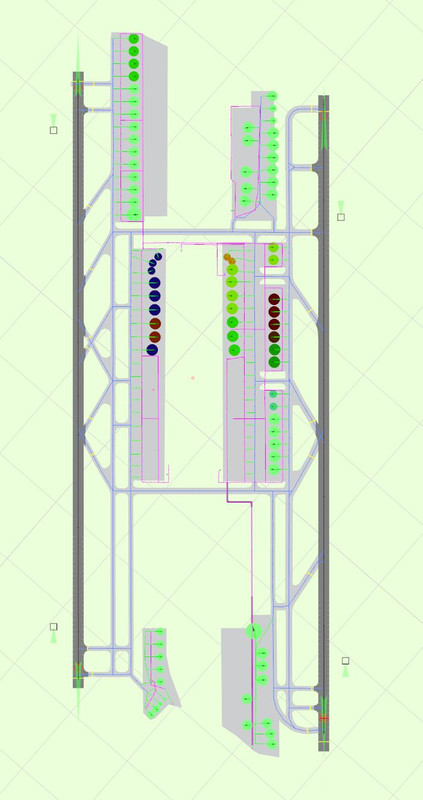 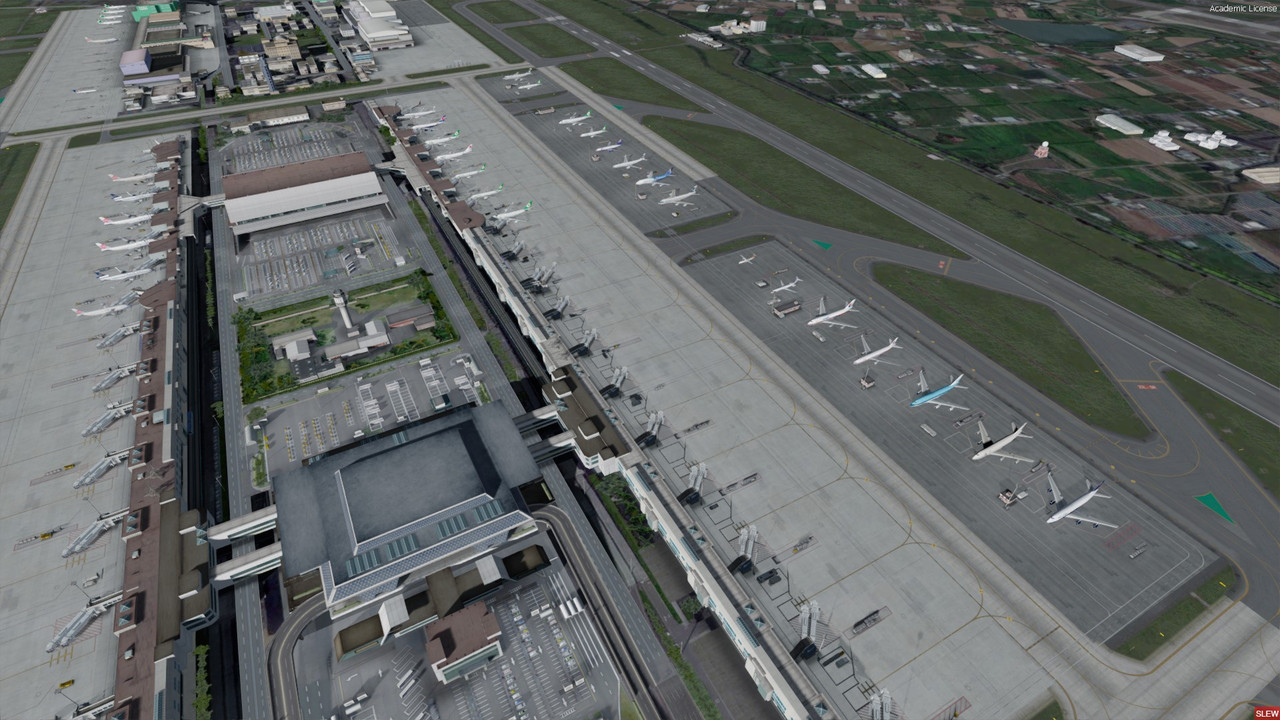 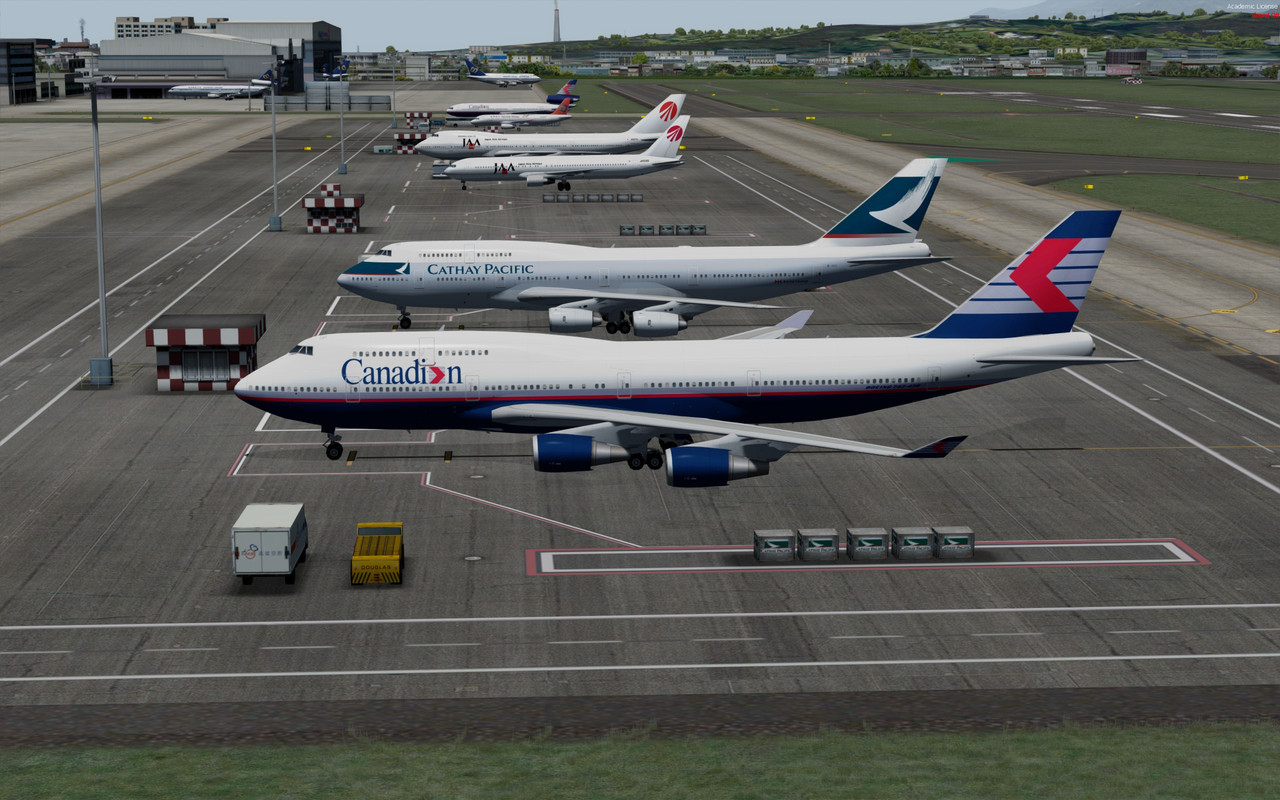 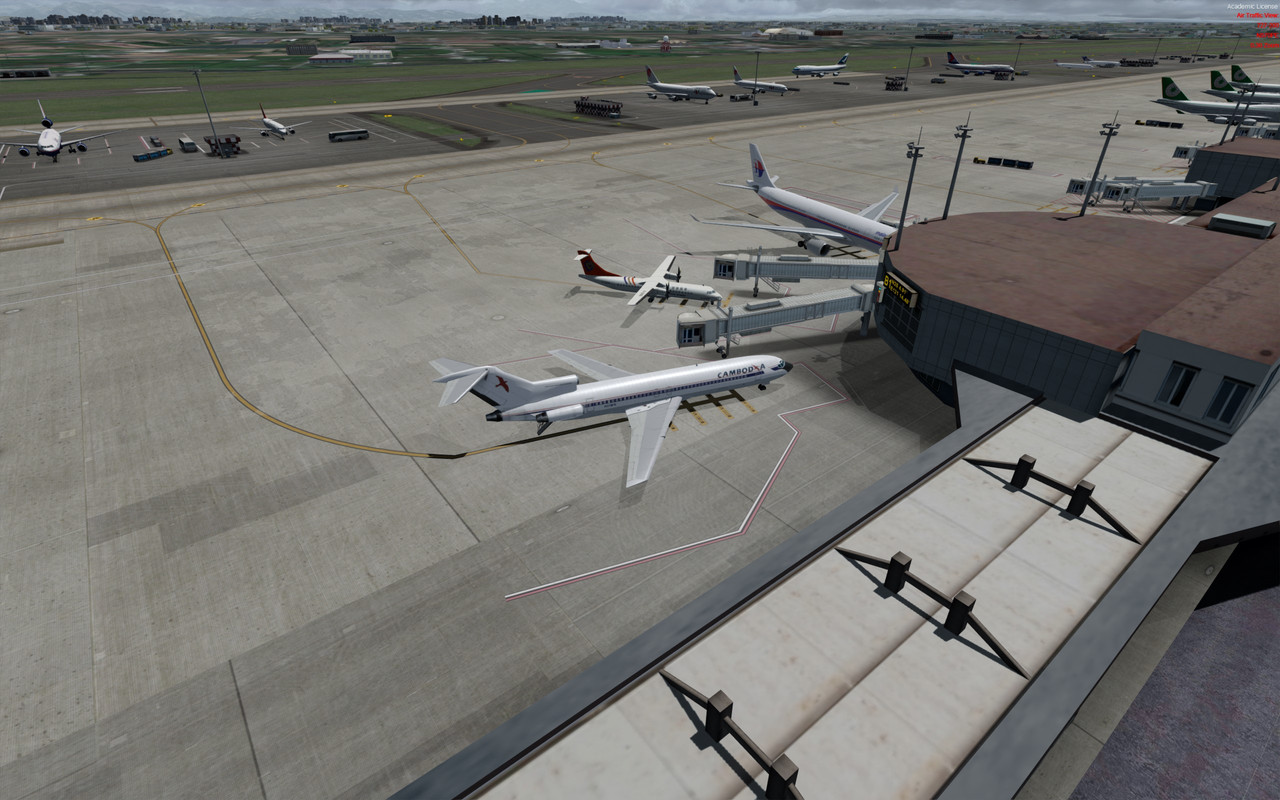 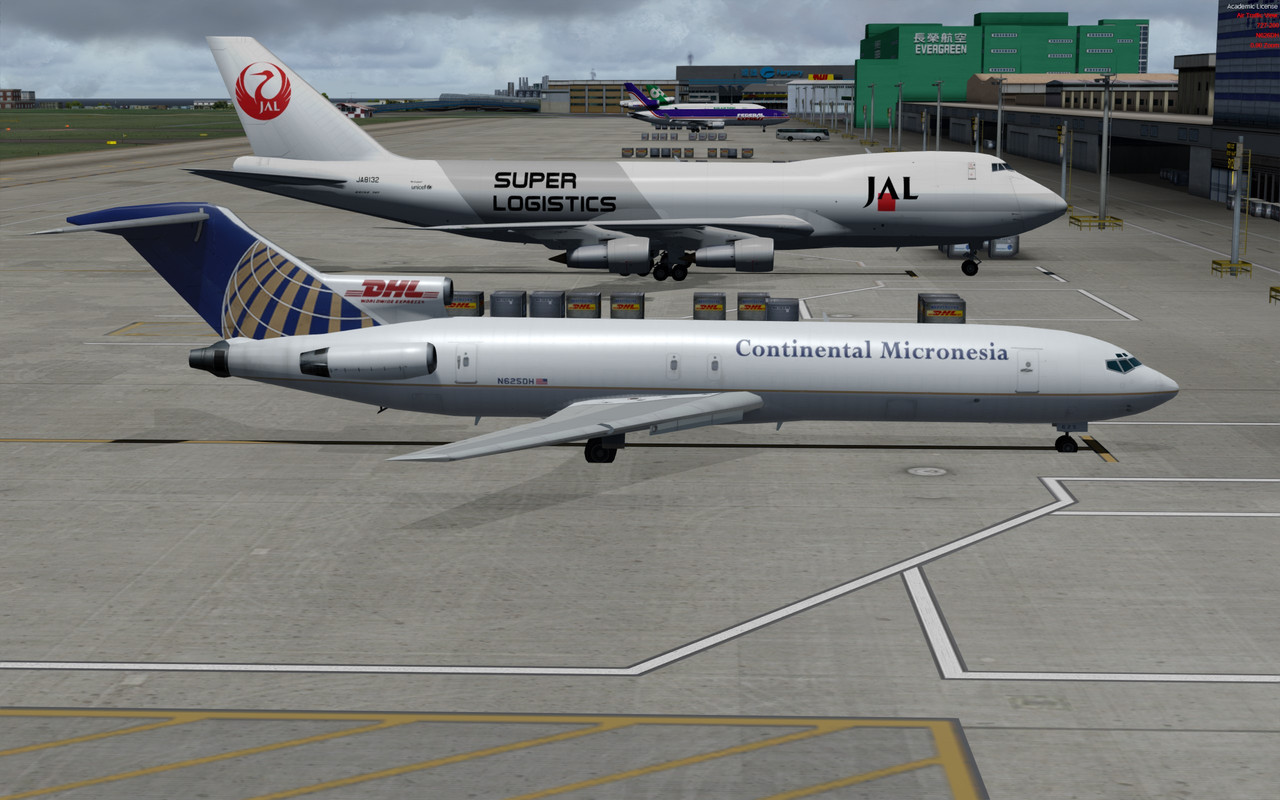 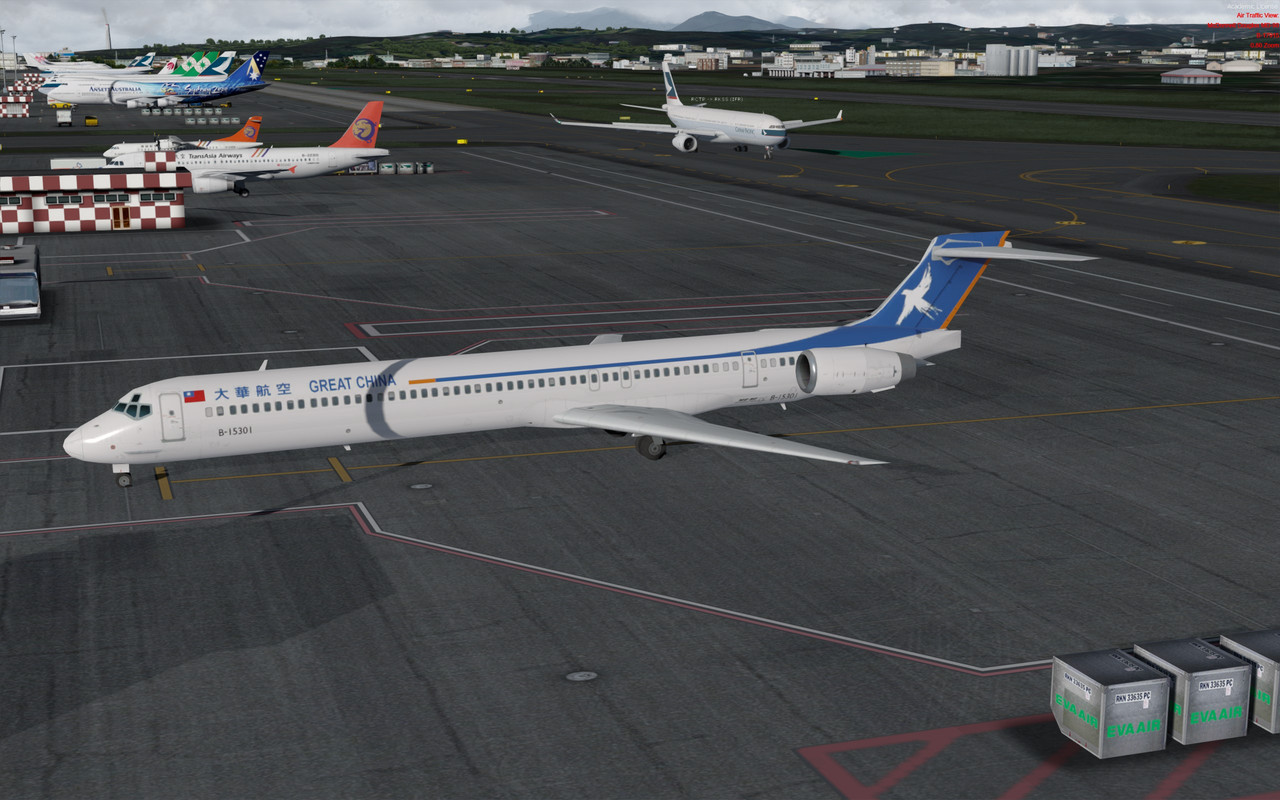 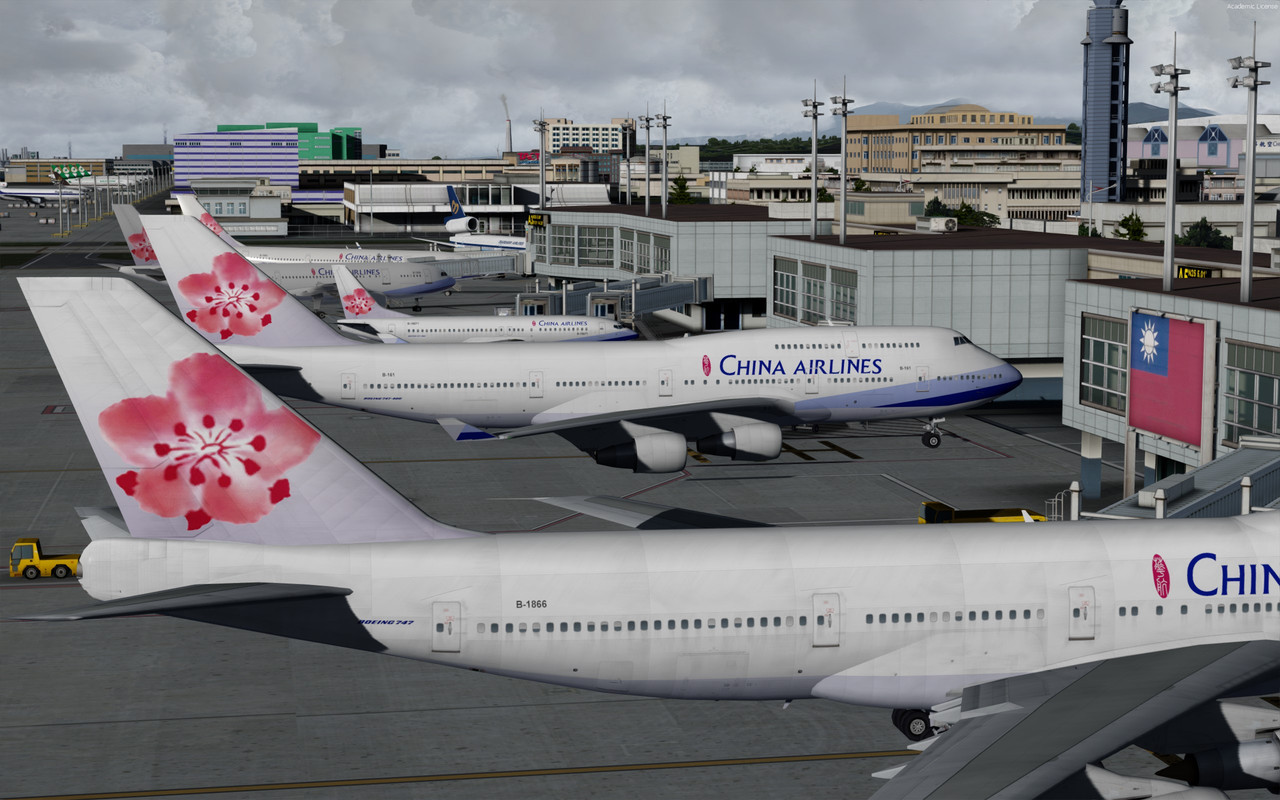 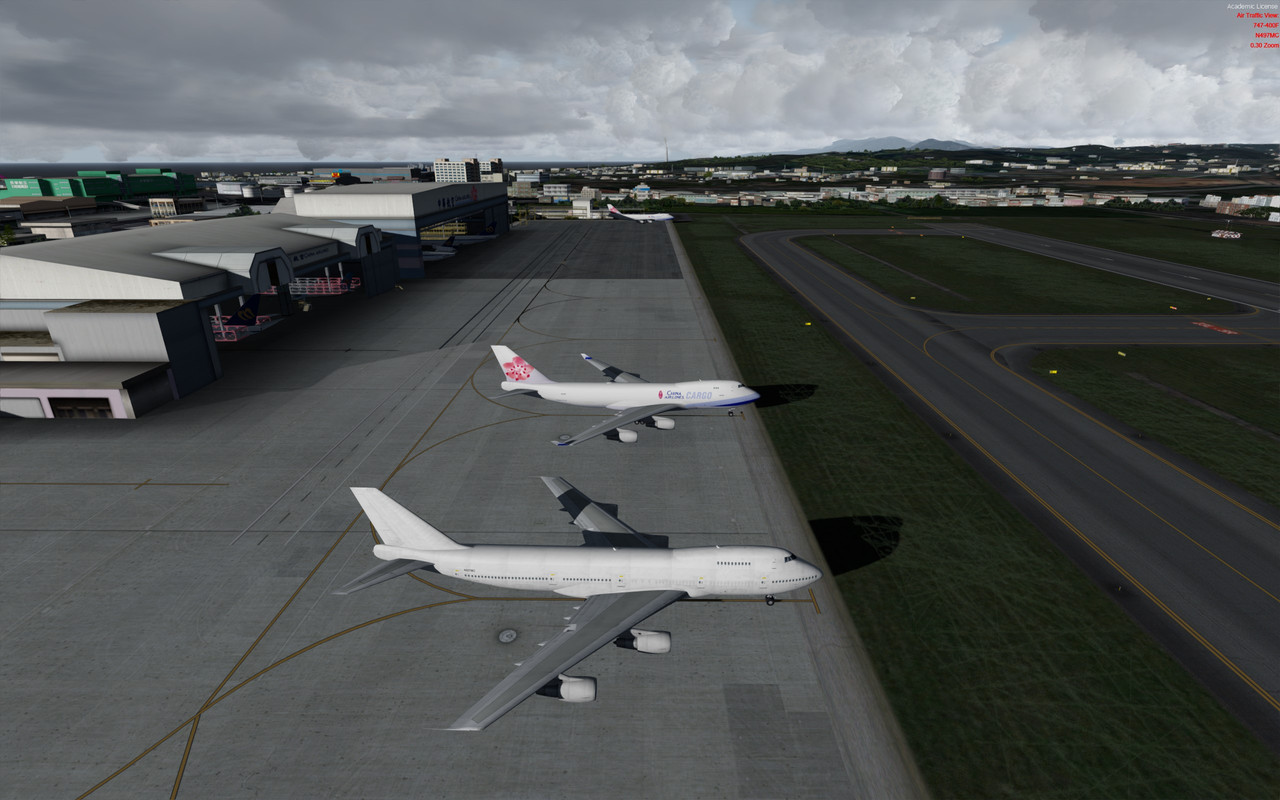 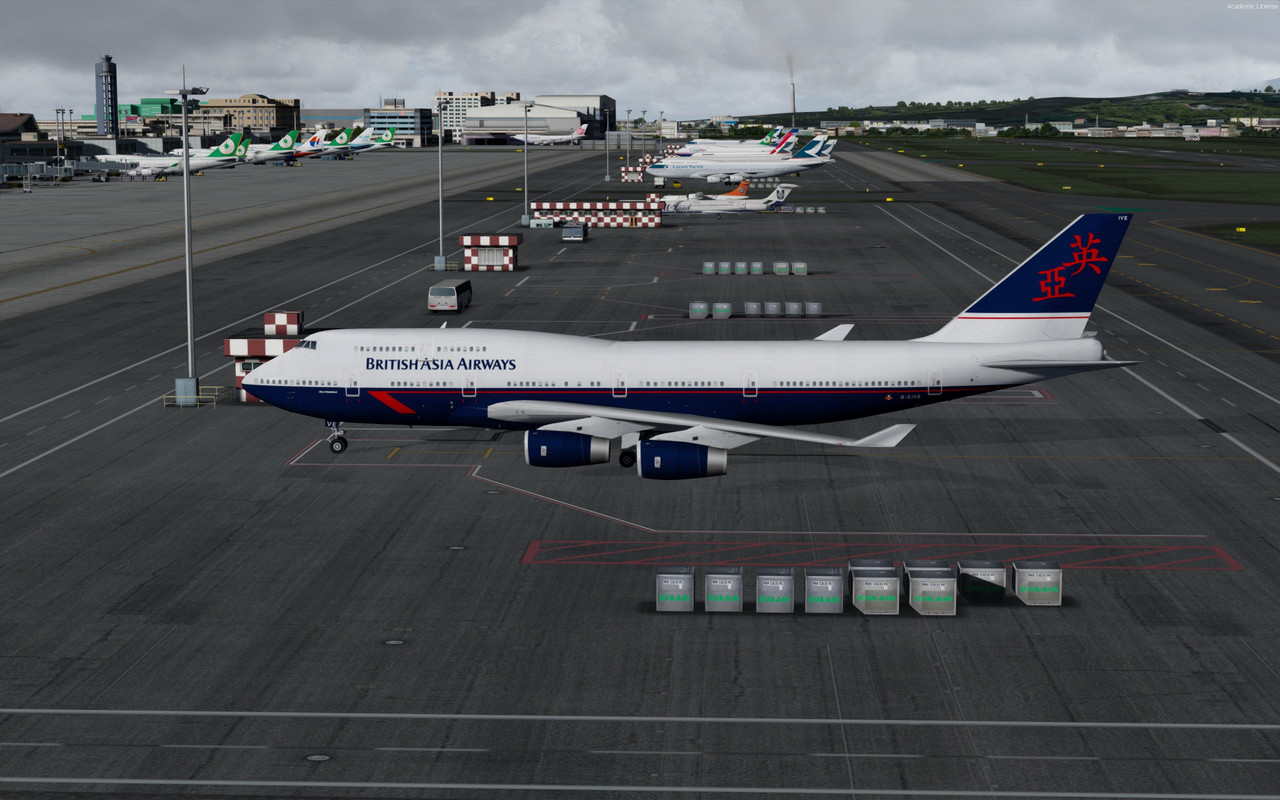 Download PacSim's RCTP 1998 ADEX here: drive.google.com/drive/folders/1QhD4ehDRb_hj_WBDvCEvIBMyaPx4ZAjP?usp=sharing |
|
|
|
Post by chasensfo on Sept 18, 2020 1:59:38 GMT -5
\\Detroit City Airport 1998 v2 (11JAN22: re-did the airline terminal area completely with new better sources, fixed some issues and adjusted aprons and taxiways, re-did GA parking and added the airport parking lot). IATA: DET ICAO KDET LOCATION: Detroit, Michigan, USA Detroit City Airport was the primary airport for Detroit until the end of WWII when the DTW airport opened and most airlines moved there in the late 1940s. DET remained active over the years, with various commuter and charter airlines serving the airport through the 1960s, 1970s, and 1980s. The historical original terminal was turned into an FBO for general aviation use, but a small terminal and new control tower were built on the other side of the runways. But as commuter airlines began to end their independent operations and instead operated as regional carriers for major airlines, they began to re-locate to DTW like their mainline partners had done many years earlier. Traffic was slow at DET in the early 80s, but in the late 1980s, Northwest Airlink, Continental Express and Delta Connection (Comair) all experimented with short-lived DET flights. With DET being much closer to the heart of Detroit than DTW, major airlines thought that perhaps a market was there for flights to other major cities in the region like MSP, CLE, and CVG for those with business in Detroit to fly in and out in the same day with less hassle. In 1988, Southwest Airlines began high frequency service on a 35 minute "shuttle" route between DET and Chicago's inner-city airport, MDW. The late 1980s were the busiest time for the airport since the opening of DTW, and 2 jetways were built for Southwest Airlines, who was the first airline to have regularly scheduled large jet airliners to the airport with it's 737s. By 1991, all the commuter airlines had pulled out, but Southwest remained, and USAir Express began a short lived IND-DET service from 1993 to 1994 with Jetstream 31s. Shortly after those flights ended, Southwest decided to relocate to DTW, which had better facilities for expansion beyond the DET-MDW shuttle, and left in 1995. Spirit Airlines, then based in DTW, announced it's intent to fly to DET, but cancelled the flights before they began. With the passenger terminal sitting vacant, a Seattle businessman started Pro Air, a new full service, low fare carrier to be based out of DET flying 2 737-400s on frequently traveled business routes with much lower fares than rival Northwest Airlines at DTW and much less hassle at the airport. Pro Air grew to add another 737-400 and 3 737-300s by 1999, and had high frequency service on most of it's network. The 2 jetways could not keep up, and Pro Air planes lined the ramp in front of the terminal, with up to 5 of the 6 airplanes scheduled to be in DET at the same time during the week. Other airlines like Spirit with DC-9s and MD-80s and Casino Express with 737-200s also visited the airport at this time, operating on behalf of Pro Air when it's 737s would go down for maintenance. DET was a fairly busy airport now, as it was used by much of Detroit's private jet traffic and now had 737s in and out all day. The runway length limited Pro Air from the West Coast expansion it wanted, so flights to Seattle and Florida had to connect via MDW and ATL respectively to avoid weight restrictions if flown non-stop. When Pro Air failed in 2000, the airport terminal shut down, and the gates became extra parking for private jets. The area around the airport became one of the worst neighborhoods in Detroit, which itself is one of the worst cities in the US for violent crime. The reputation of the area, which included high carjacking rates, combined with the lack of interest from any airlines to fly there for well over a decade lead to the decommission of the passenger terminal and the demolition of the jetways in the second half of the 2010s. Today, the airport is still very busy with private jets, but rarely sees any large aircraft. This modification of the default DET airport re-creates the terminal area as it appeared from the late 1990s until the failure of Pro Air in 2000. 4 gates with jetways (2 of which were very short-lived, so much so that I didn't know they existed in the first release of this scenery) as well as one remote spot, which was often used for B1900 cargo flights, are included at the airline terminal.. The layout and pavement surfaces have been updated to reflect the 1990s, fake general aviation parking has been removed with real spots added, existing general aviation spots for small piston aircraft have been enhanced, the control tower has been moved to the proper location, and apron lighting has been added around the passenger terminal. Airport vehicle parking and roadways have been added in the proper areas as well. A future update will include some custom buildings and objects. For GSX users, a profile is included to make the jetways look more realistic to DET and to add Pro Air for all ground handling equipment. NOTE: I had to disable the smaller runway (07/25) for departures because the Pro Air 737s would attempt to use that runway and over-run it! Change that if you wish, but know the 737s will crash on takeoff when using it. 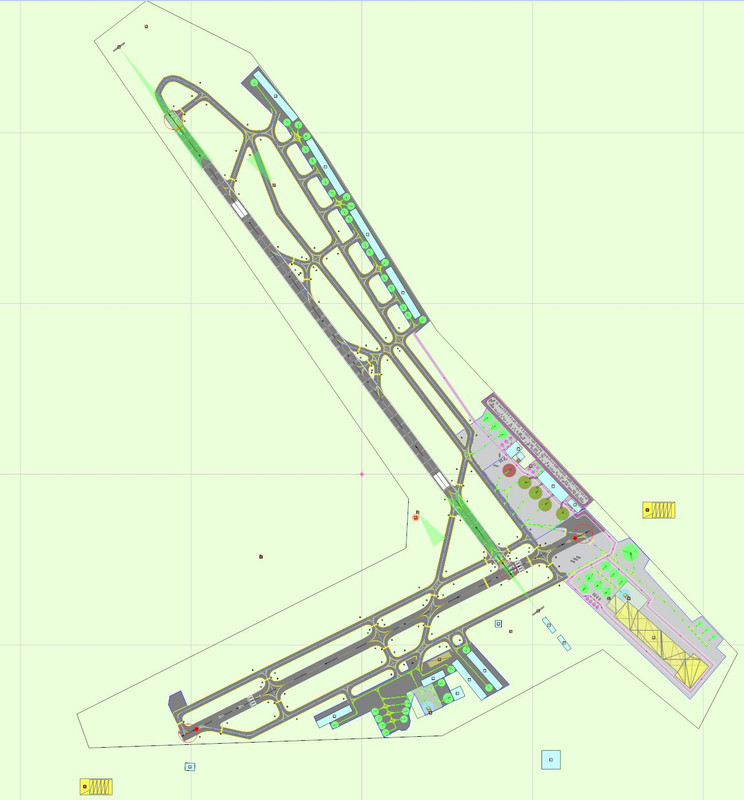 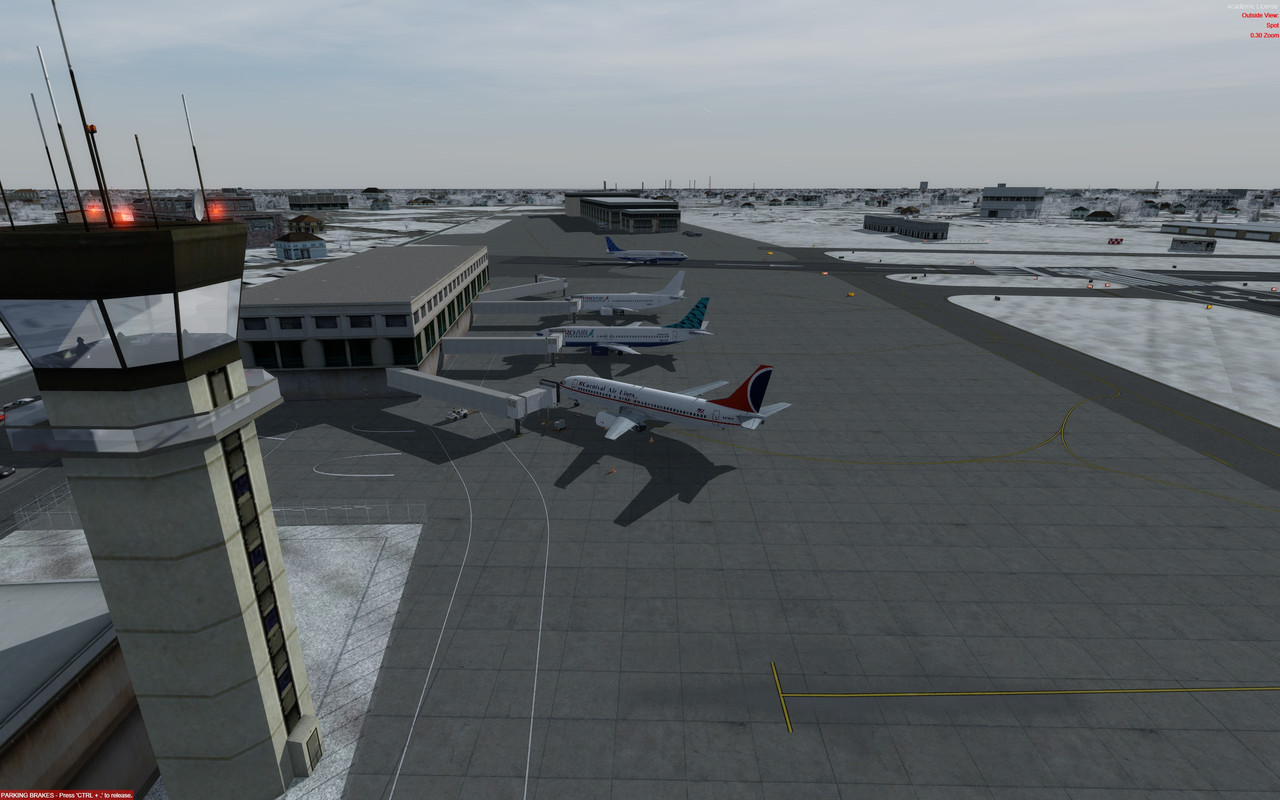 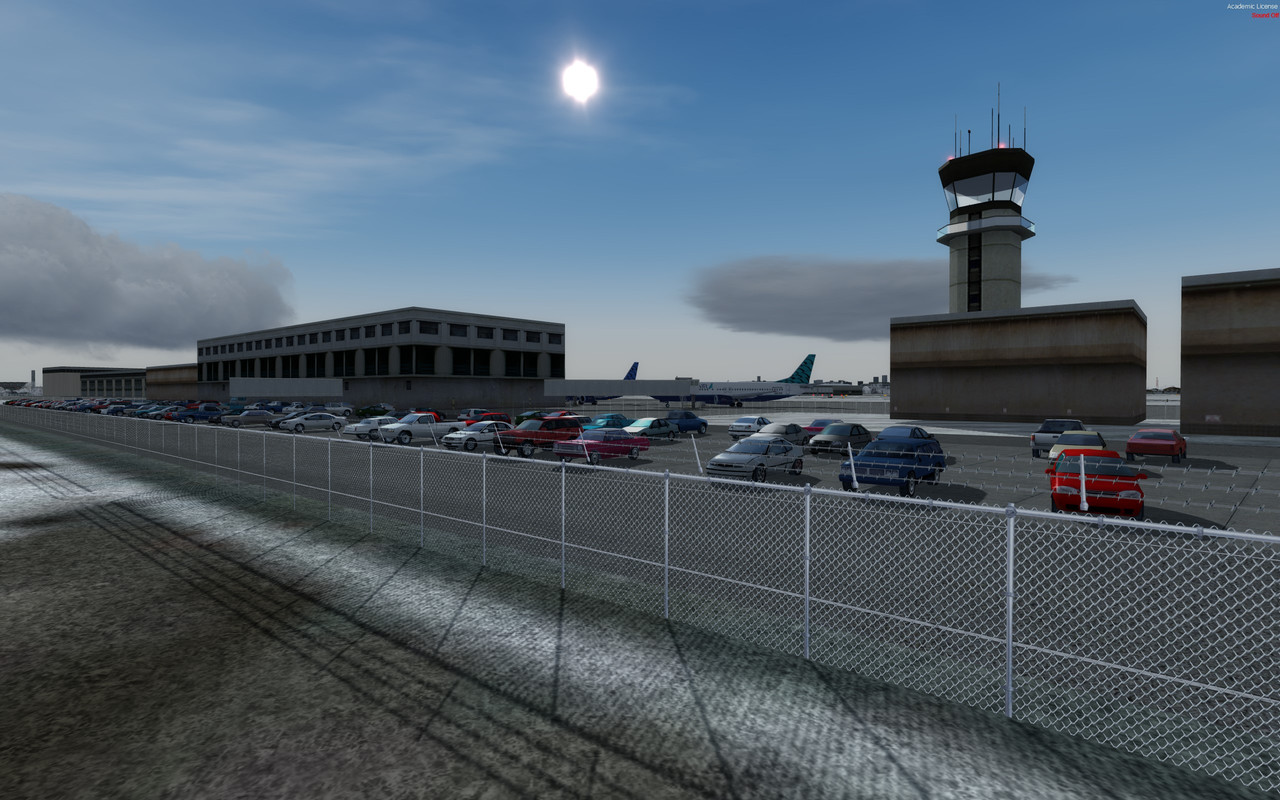 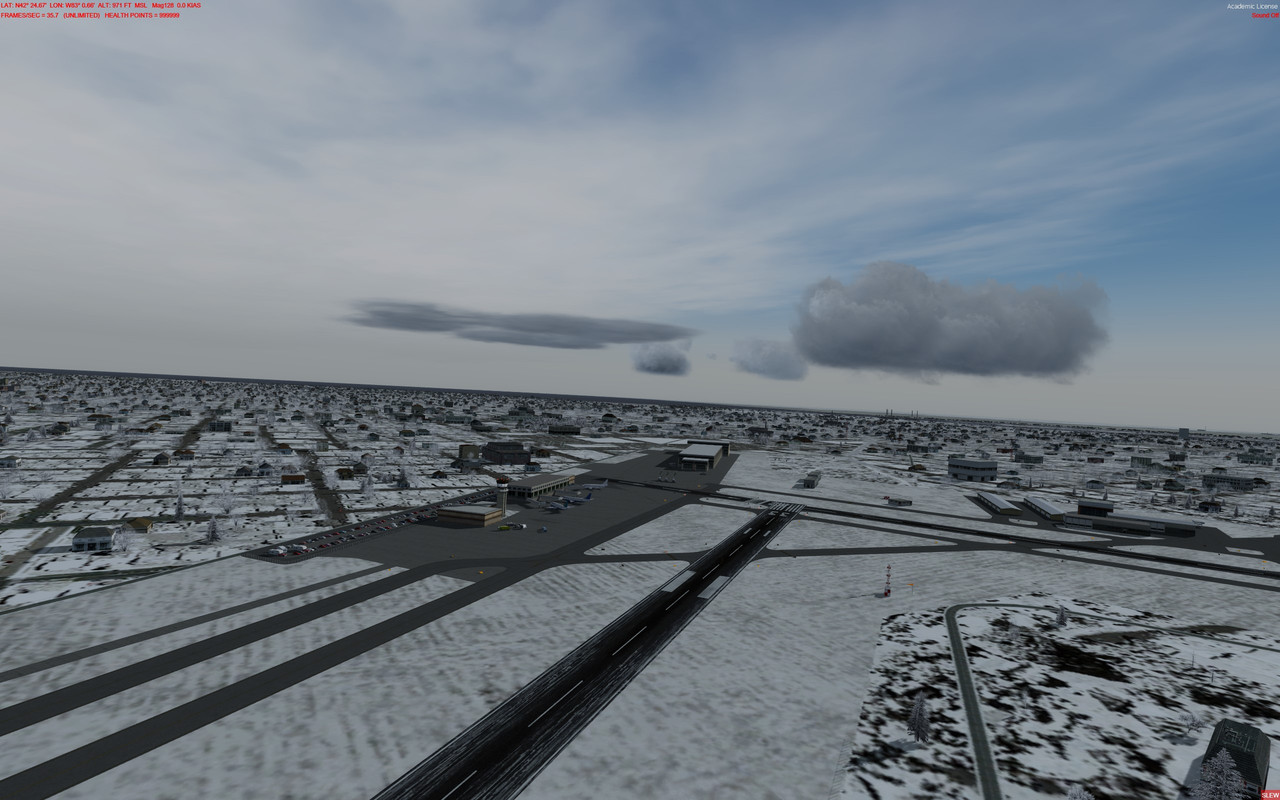 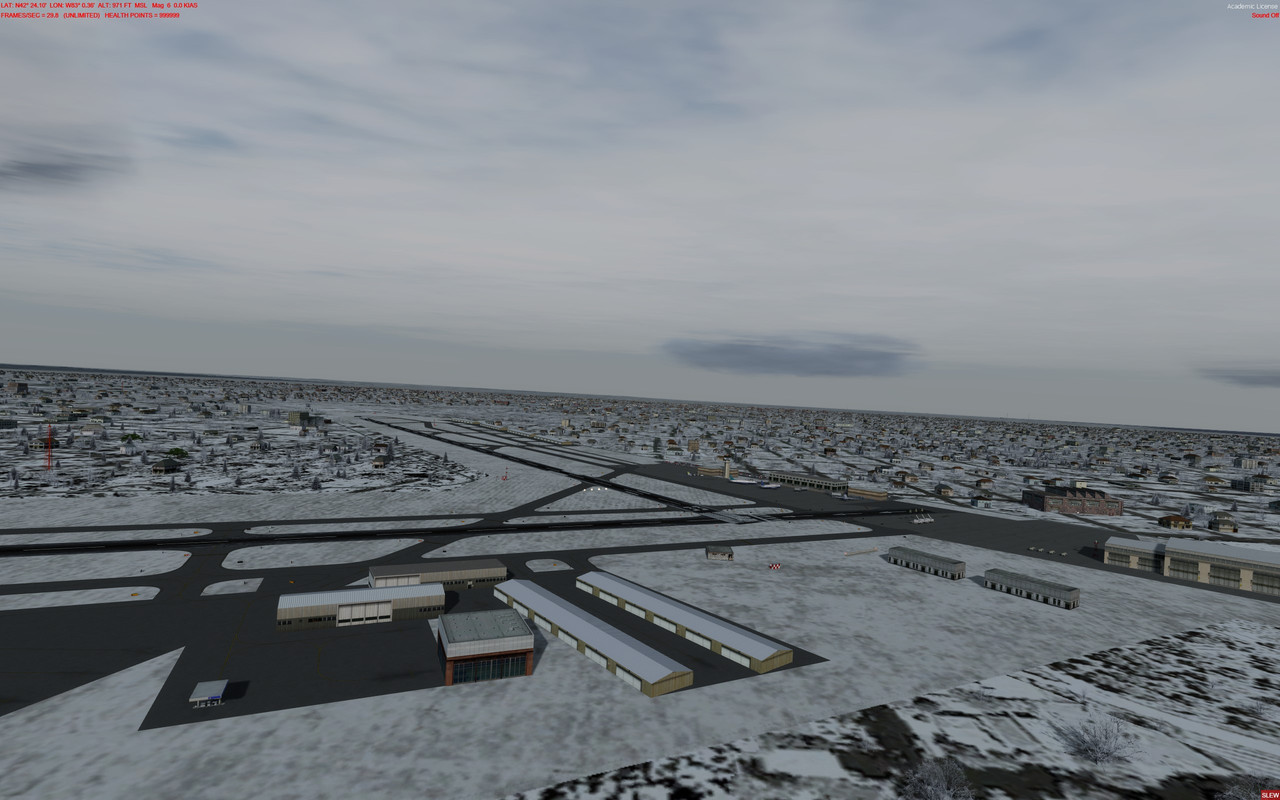 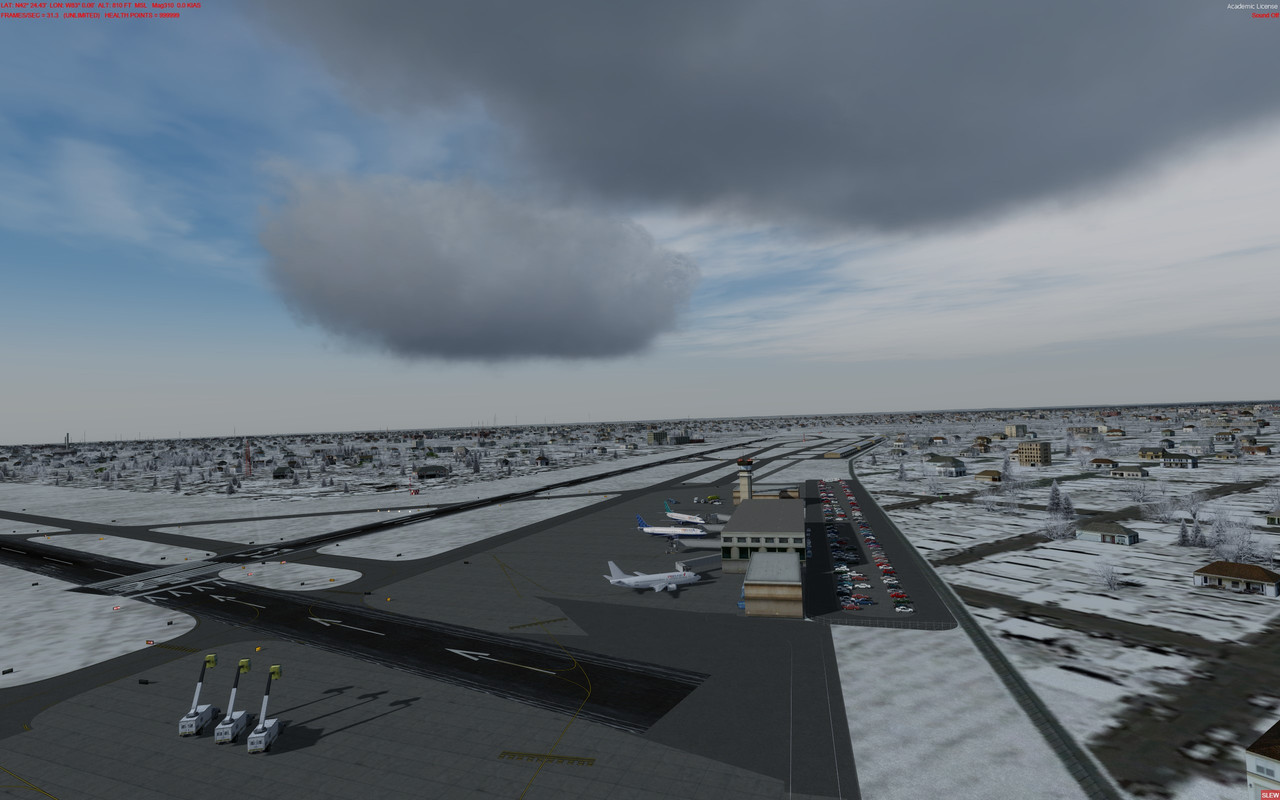 Download Detroit City Airport 1998 v2 ADEX Here Download Detroit City Airport 1998 v2 ADEX Here |
|
|
|
Post by chasensfo on Aug 18, 2021 2:43:24 GMT -5
//Portland International Airport 1998 (Flightbeam Studios) Portland International Airport IATA: PDX ICAO: KPDX Location: Portland, Oregon, USA Requires: shop.flightbeam.net/products/flightbeam-kpdxPortland International Airport is the second largest airport in the Pacific Northwest region of the United States, and also the second-largest West Coast US Airport outside of California. Portland is located on the Northern Oregon and Washington state border, so while it is a 1.5-2 hour flight from most other large US cities, it is a quick 25-30 minute hop to Seattle and many airlines have operated that route in the past as a tag on with large aircraft (though most scheduled flights on the route are with regional jets and turboprops). Portland is currently the second-largest hub for both Alaska Airlines and it's regional affiliate Horizon Air, who has a maintenance base there. Most major US and Canadian carriers serve PDX, as do most low cost carriers. Delta Air Lines operates a small long haul focus city from PDX, inherited from Northwest Airlines, and low fare carrier Sun Country Airlines had a PDX hub prior to the pandemic, though some flights have resumed. Condor and Icelandair are the only 2 European carriers serving the airport at the time of writing. In addition to scheduled airline traffic, PDX is one of the largest cargo airports in the Western US, serving as a focus city for both FedEx and UPS while Ameriflight has a hub there and several other carriers including Amazon Prime Air have regular flights. There is also frequent military traffic with the Oregon Air National Guard operating about 2 dozen F-15s at the airport and often accepting visiting fighter and transport aircraft from other branches of the armed forces. Boeing has a paint hangar in PDX, with aircraft often flown in from BFI and PAE for painting, and also uses the facility for aircraft storage and general testing. General Aviation traffic is also quite busy at PDX both with private jets and piston props alike. In 1998, the airport was undergoing a transition as the terminal expansion to the modern layout was almost completed and the cargo facilities were close to completion as well. Delta Air Lines still had a Transpacific hub in PDX at the time, which included 6 daily MD-11 departures to points in Asia, as well as on to Atlanta (ATL), though some cities like Hong Kong (HKG) had already been dropped from PDX by this time. The Delta hub also included flights to most large West Coast cities as well as regular widebody service to the other Delta hub cities. Southwest Airlines had a focus city in PDX which was just starting to grow at the time with frequent shuttle flights to major West Coast cities and some important neghiboring large cities like Boise (BOI) and Spokane (GEG). Alaska Airlines had grown the PDX hub substantially between the mid and late 1990s, as did Horizon Air who had since replaced all it's Metroliners and Do328s with DHC-8-100s and Fokker 28 jets. United operated a regional focus city with SkyWest EMB-120s operating shuttle services to SEA at high frequency as well as other cities in Oregon and Washington, while Shuttle by United offered frequent flights to Los Angeles (LAX) and San Francisco (SFO) and 767s and DC-10s regularly operated to Chicago (ORD) and Denver (DEN). FedEx had a Cessna Caravan Fedex Feeder operation set up by this time, and Ameriflight operated a hub in support of UPS. Remote airline parking at the time was at the East-end of the general aviation ramp, and the cargo facility located East of the Horizon Air gates was still very active with non-UPS and FedEx traffic. This file not only backdated the airport but includes many parking areas and taxiways left out by Flightbeam altogether, including the military parking, most remote parking, the secondary cargo ramp, the old Ameriflight ramp, the Boeing apron, the commuter gates, and the Horizon hangar area. 1987, 2003, and modern versions of this airport are also almost finished and will be released in the near future. A future update to the "Incomplete Airlines 1998" file will include all scheduled flights at PDX for airlines not yet completed by the project.  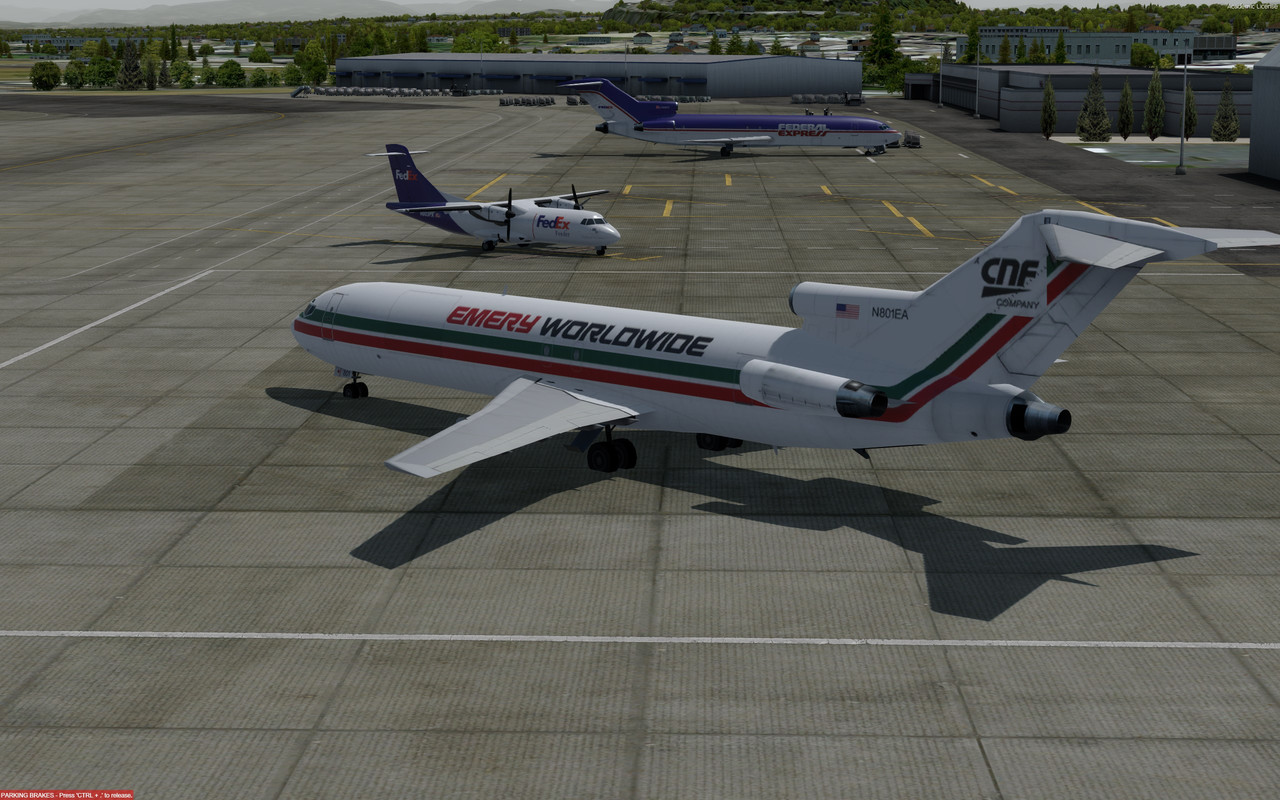 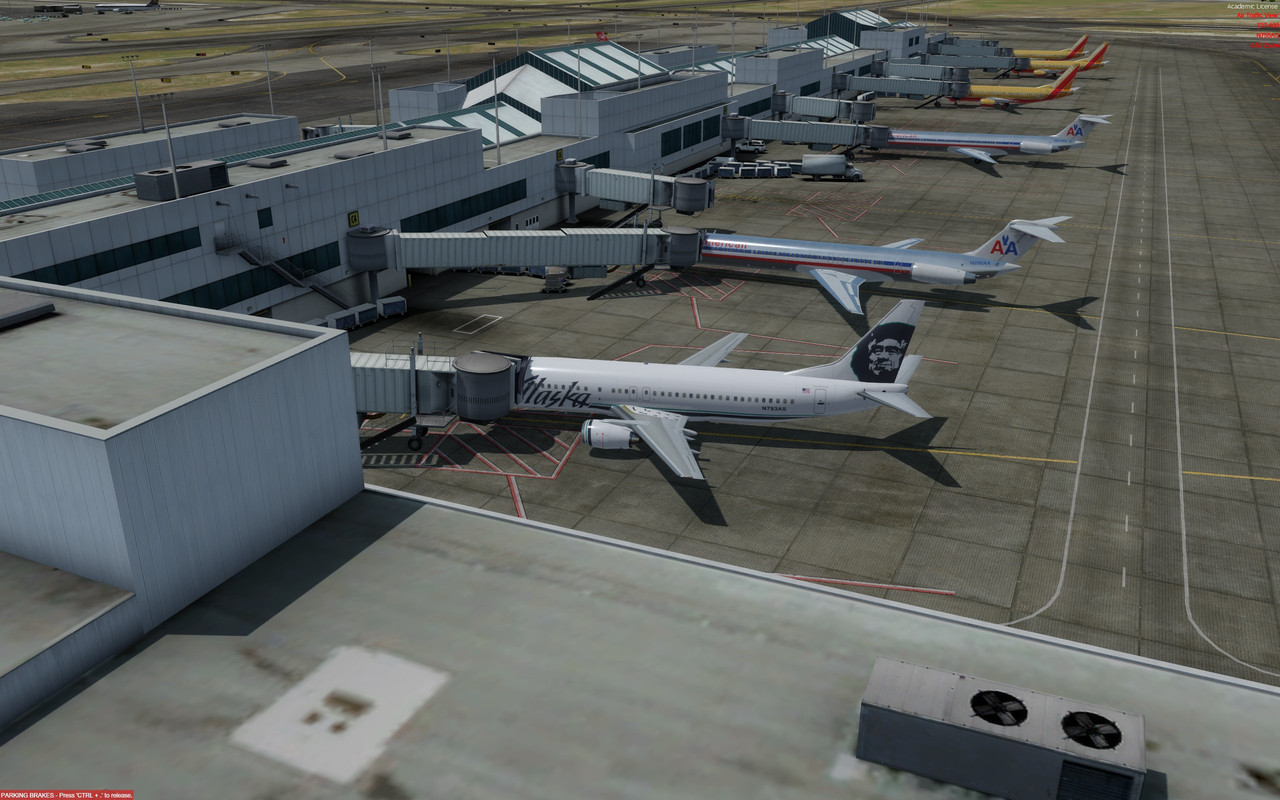 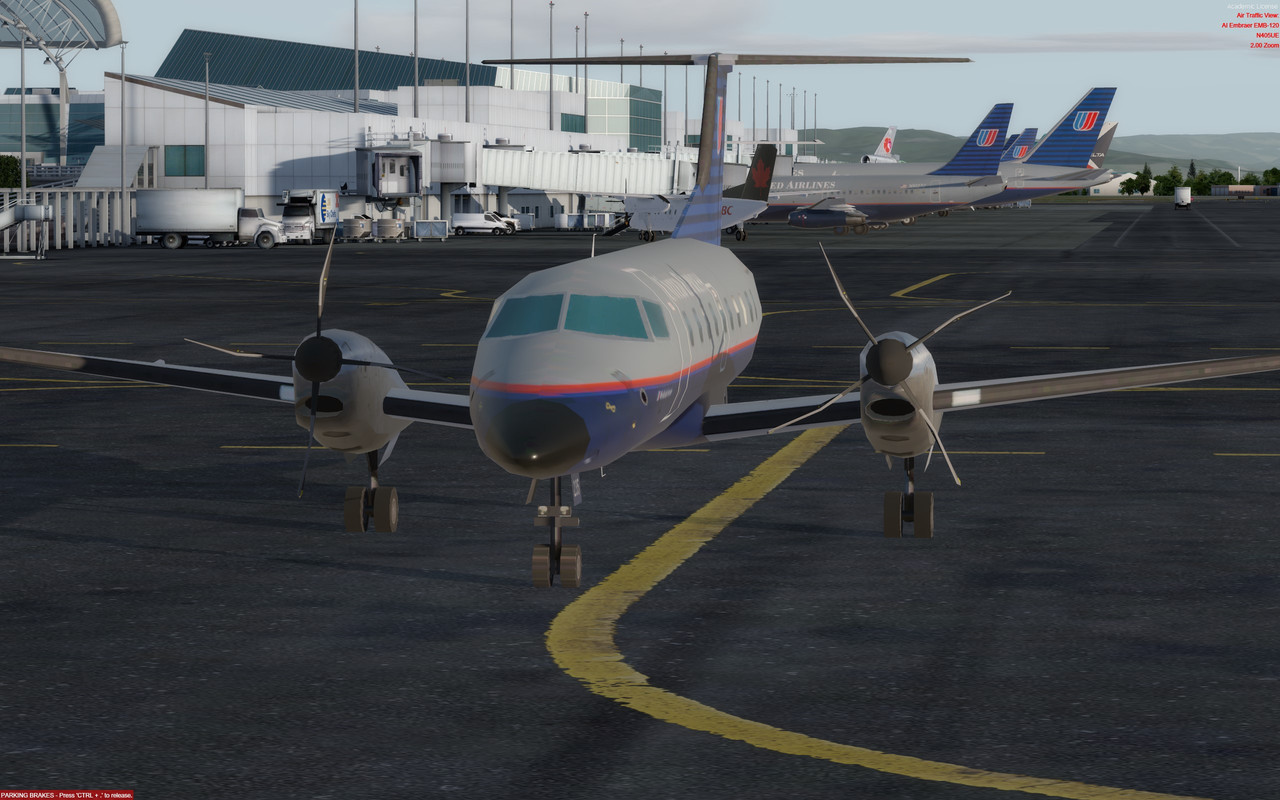 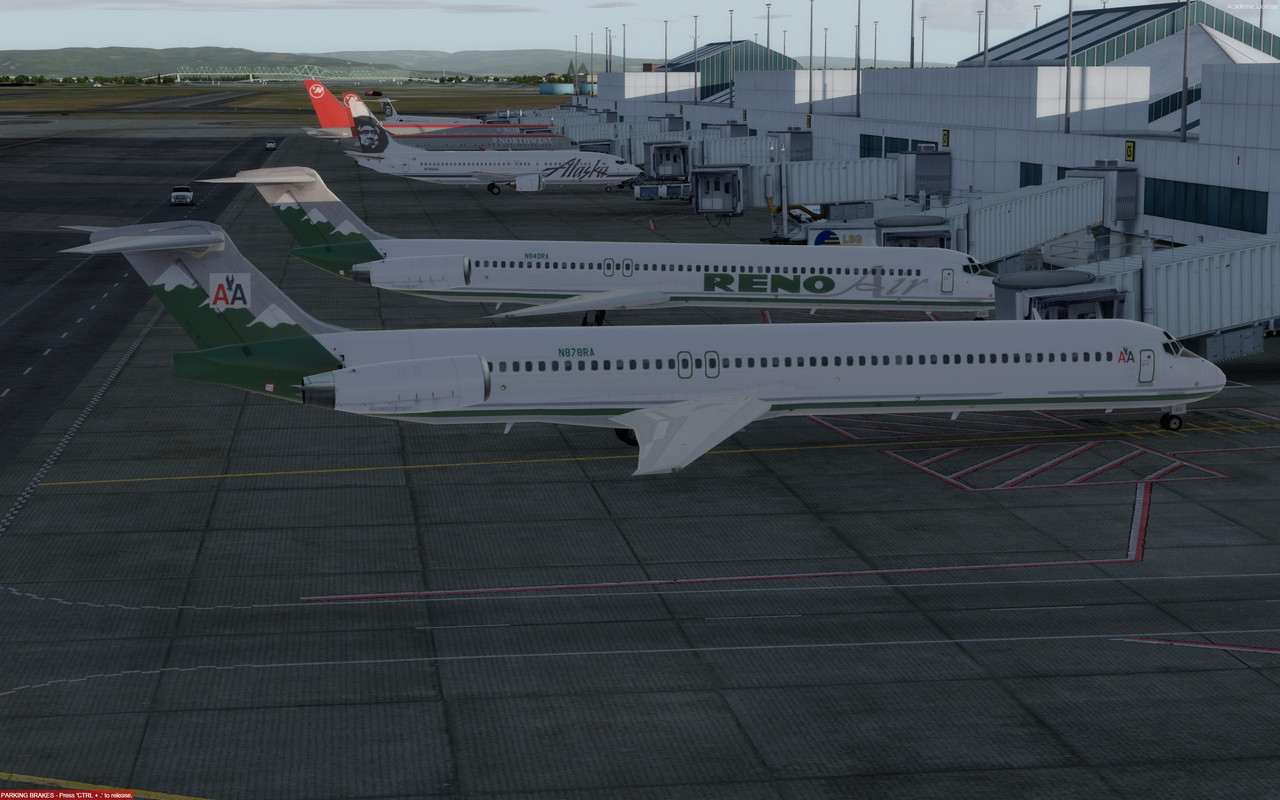 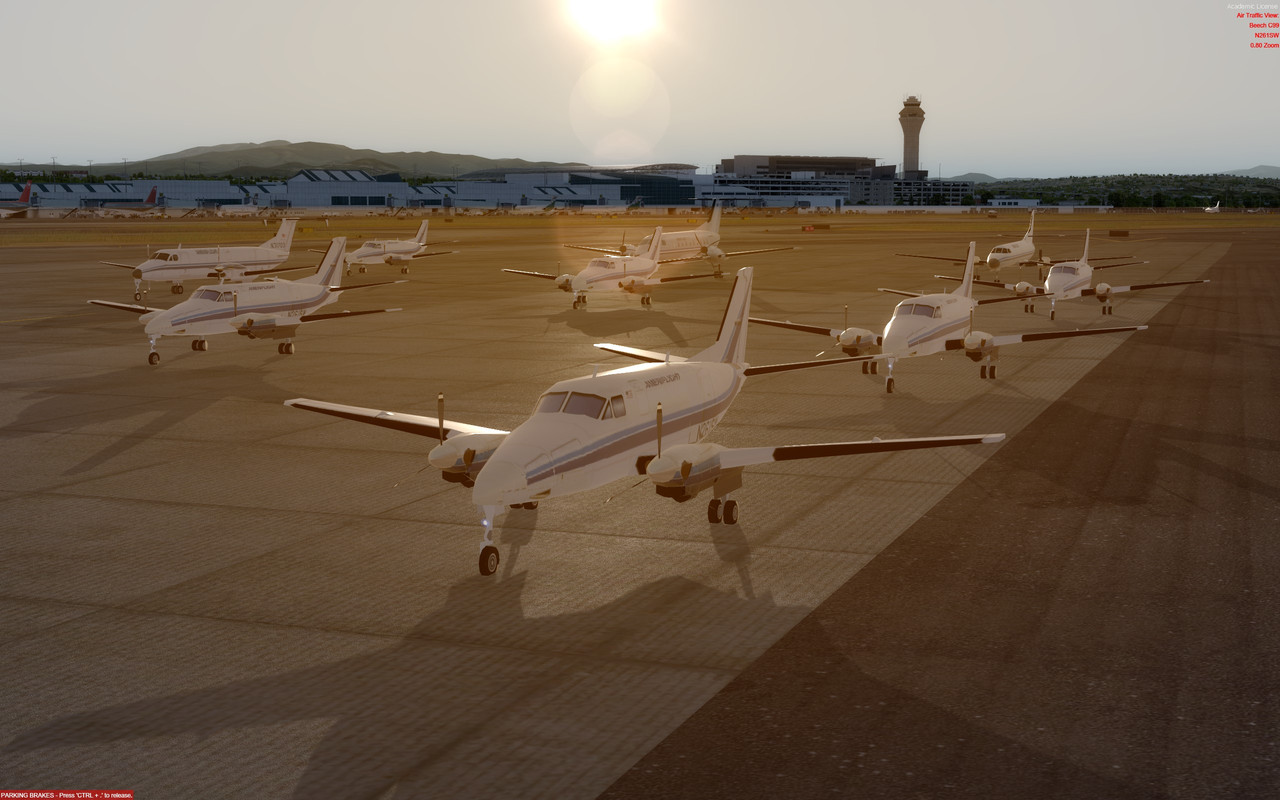 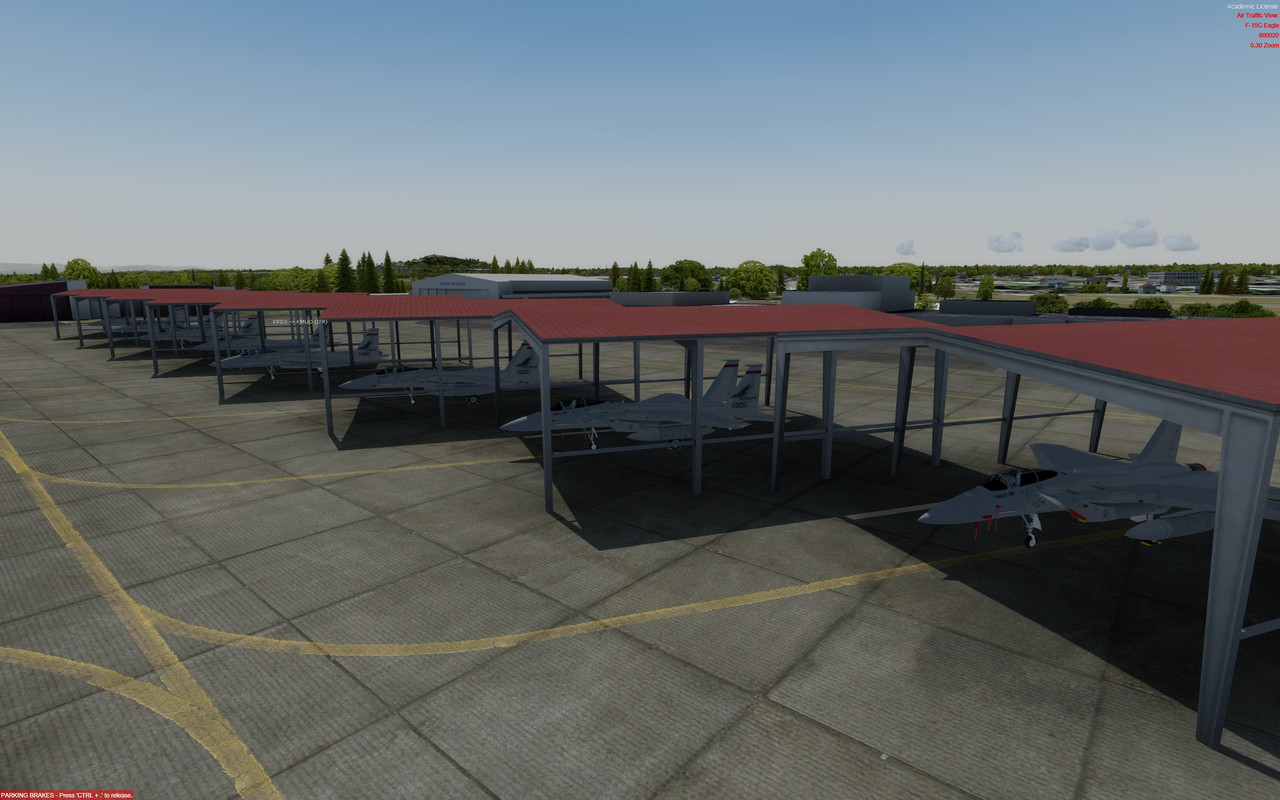 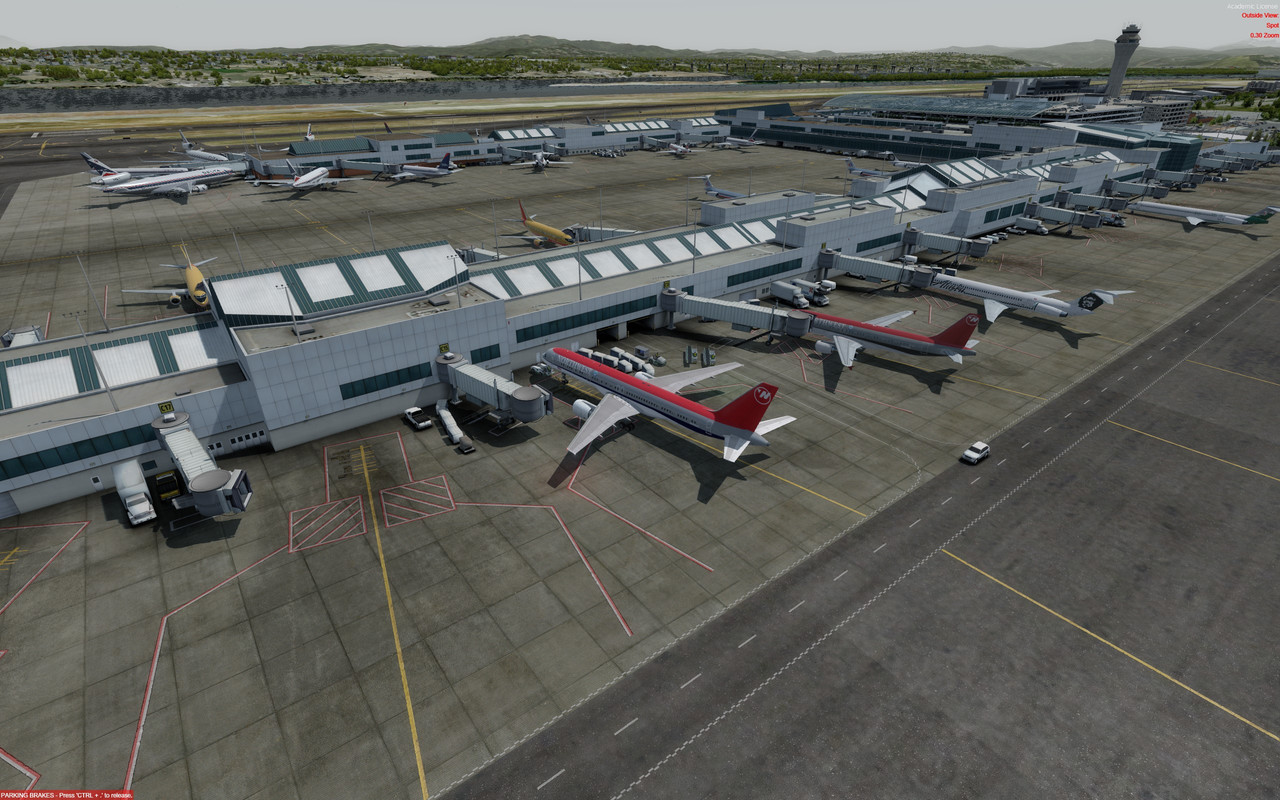 Download the Flightbeam Studio's KPDX 1998 ADEX here: drive.google.com/drive/u/1/folders/1wvhWmBvKSuRRRHeV2bKVQjZYXI-iJa6Q |
|
|
|
Post by chasensfo on Aug 18, 2021 5:11:38 GMT -5
Seoul Gimpo (GMP\RKSS) updated to v2; proper assignments as several international airlines used the South Terminal at the time previously only assigned to Asiana and Korean Air. Some parking was also added to the Military and General Aviation ramp. \\Minneapolis\St. Paul International Airport 1998 Minneapolis St. Paul International Airport IATA: MSP ICAO: KMSP Location: Minneapolis, Minnesota, USA Requires: shop.flightbeam.net/collections/north-america/products/flightbeam-kmspThe Minneapolis Airport is the 3rd largest airport in the US Midwest, behind Chicago (ORD) and Detroit (DTW), and serves Minneapolis, the largest city in Minneasota, as well as St. Paul, the capitol city (with these 2 cities known commonly as the "Twin Cities"). Once the headquarters of Northwest Airlines, Minneapolis is still a major hub for Delta Air Lines since the merger and is also the headquarters of growing low-fare carrier Sun Country Airlines and a large hub for Delta Connection carriers SkyWest Airlines and Endeavor Airlines. Cargo carrier Bemidji Airlines is operationally based at MSP as well, along with a C-130 unit of the Minneasota Air National Guard and an Air Force detachment which brings in frequent military visitors from all over the world. Several corporations such as Bestbuy and Target are based in Minneapolis and thus there is also frequent bizjet traffic. Historically, Minneapolis has long been the hub serving many communities in the Dakotas and "Great Plains" region of the United States without service to other hubs in the region. Most airports in Minneasota only have service to MSP to this day. In the late 1990s, MSP was living it's final days before major expansion which would include a new runway (17\35), a new large cargo complex and several new hangar areas, new commuter concourses A and B, and a brand new second terminal known as the "Hubert H. Humphry (HHH)" Terminal, but today known as T2. Beyond these changes, most of the airport looked very similar to modern-day. Northwest Airlines was headquartered in MSP, which was also it's largest hub at the time, and Northwest parked on every concourse at the "Lindburgh Terminal" (T1 today) except for Concourse E at the time. Mesaba and Express Airlines II (the predecessor to Pinnacle Airlines) had a large Northwest Airlink operation from the airport with Mesaba flights parking by Concourse G and Express Airlines II flights parking in a commuter area off of Concourse C, which was also used by Great Lakes Airlines who had an MSP hub operating under the United Express banner. Mesaba began operating Avro RJ85 on Concourse D at this time as well. Northwest still had non-stop flights to Asia at the time, including a non-stop to Hong Kong (HKG) which was at the time the longest flight in the world, and the early afternoon saw plenty of 747s on Concourse G. KLM and Icelandair were also serving MSP at the time, as were many charter airlines with holiday travel to gambling and beach destinations from MSP immensely popular. Charter carrier Omni Air International (OAI) had a hub at MSP, and like most charter airlines, parked it's flights at the HHH Terminal along with Sun Country's hub operation. At the time, the HHH terminal was a former airport post office with a large tented roof with just 3 jetbridges and some remote parking, the current T2 opened in 2002. Most cargo traffic parked in an area that today serves as the South de-icing pad and extra parking for Delta's Southern hangars, though there was a lone spot next to the control tower at the time as well used by Kittyhawk 727s by an old ZANTOP hangar. Most scheduled airlines used Concourse E, except for Canadian and TWA who used some gates on Concourse F and America West who parked on Concourse C. Runways 30/12 were runways 29/11 at the time, and Northwest had a large hangar by runway 29L where many planes were often stacked up, including visiting Northwest Cargo 747s that didn't serve MSP commercially at the time outside of operating for UPS during the holidays. With several sports teams in town in the days before most teams simply chartering from major airlines, MSP saw frequent sports charters at the time which parked on the GA ramp. The USAF and Air National Guard ramps housed C-130s but also often brought in visitors including An-124s which seemed to pop in at least once or twice per year (and still do!). I have changed the runway designations from 30/12 to 29/11, but was unable to change the textures of the runways and signs to match due to the way Flightbeam made the textures. I have also updated the vast majority of the Delta signage to reflect Northwest's 1990s signage, including the jetways which are also painted in the blue-ish colors they wore at the time, and the ground vehicles. I was unable to find the roof textures for the Delta pick-up trucks, so those drive around in full Northwest red and grey colors and logos except for the hood and top of the roof which are white. Updating the main hangar to house the 1990s mural has been difficult and I will work on that in a future update. Runway 35/17 is closed to traffic, but I have found some 3rd party AI programs try to use it anyway during peak times (though usually not). While I deleted the new cargo area and all other new parking in that area, The buildings stand as "excluding" them lead to odd visuals and I'll revisit hiding those in the future. As the HHH terminal is very busy in the late 1990s AI world and there is no way to access the old HHH terminal area with this scenery, I elected to just have T2 open in this scenery. The commuter parking near Concourse G has no real issues other than no painted lines, but the Concourse C spots get close to the bridges and roadways, but after much trial and error, I feel this is the most realistic way to portray them in their real spots while still not protruding into the terminal (1 less aircraft per row vs real life). Only the Sun Country hangar on the Northwest side of the airport is open, all other parking areas like the DHL ramp were not yet built at the time. NOTE: For some reason, changing the time of day sometimes makes the scenery revert back to the Delta logos instead of the Northwest ones, I am not sure why. Relocating to another airport and then returning to MSP will fix this. Several versions of this scenery are in progress, ranging from the 1980s to the present day and a 2000s version with the final Northwest logo. A future update to the "Incomplete Airlines 1998" file will include all missing flights to MSP and the rest of Minnesota by airlines not completed for the late 1990s yet. 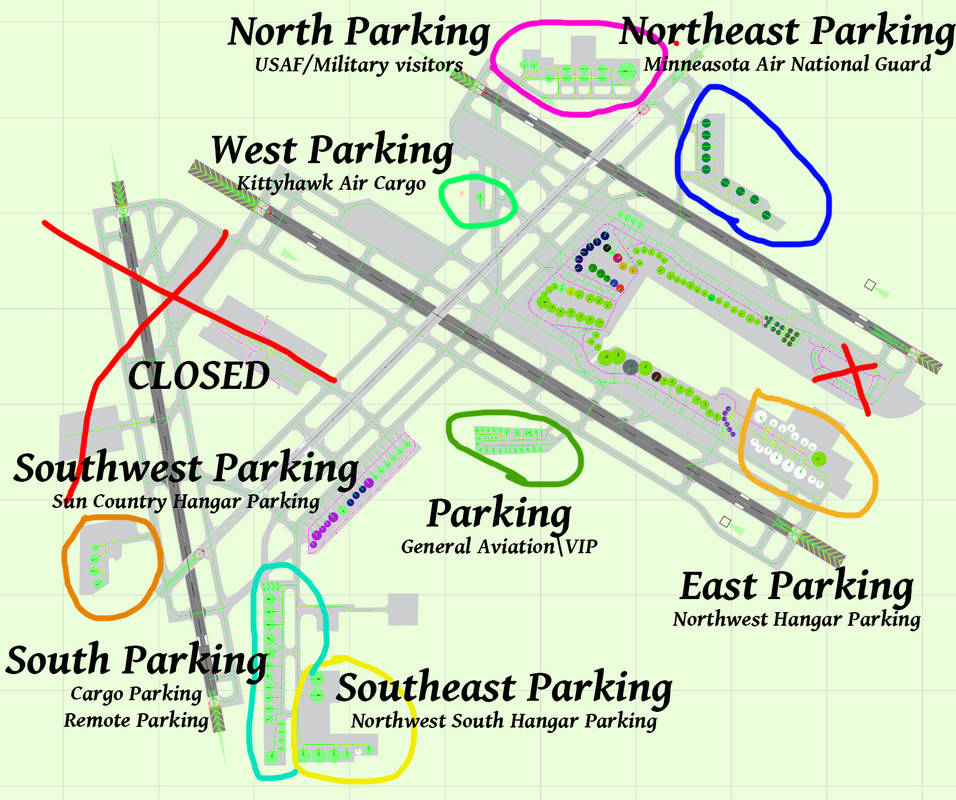 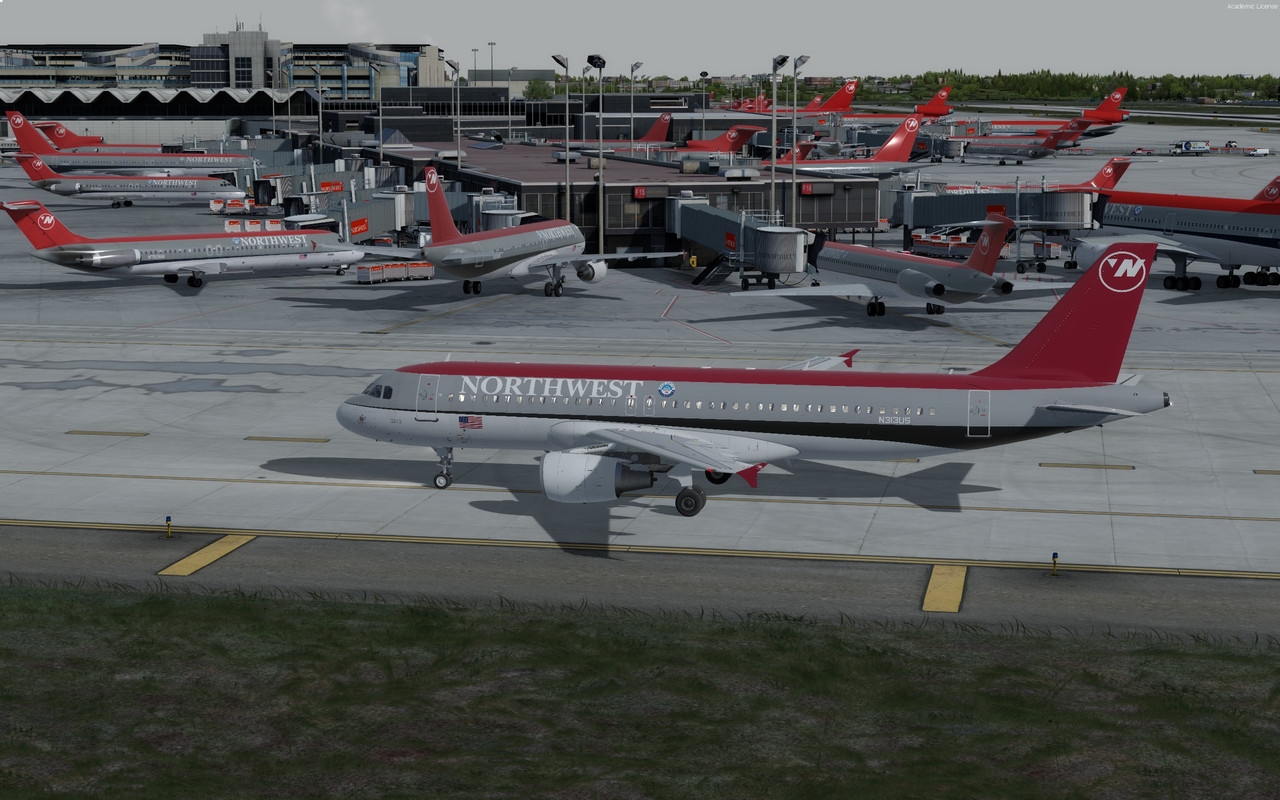 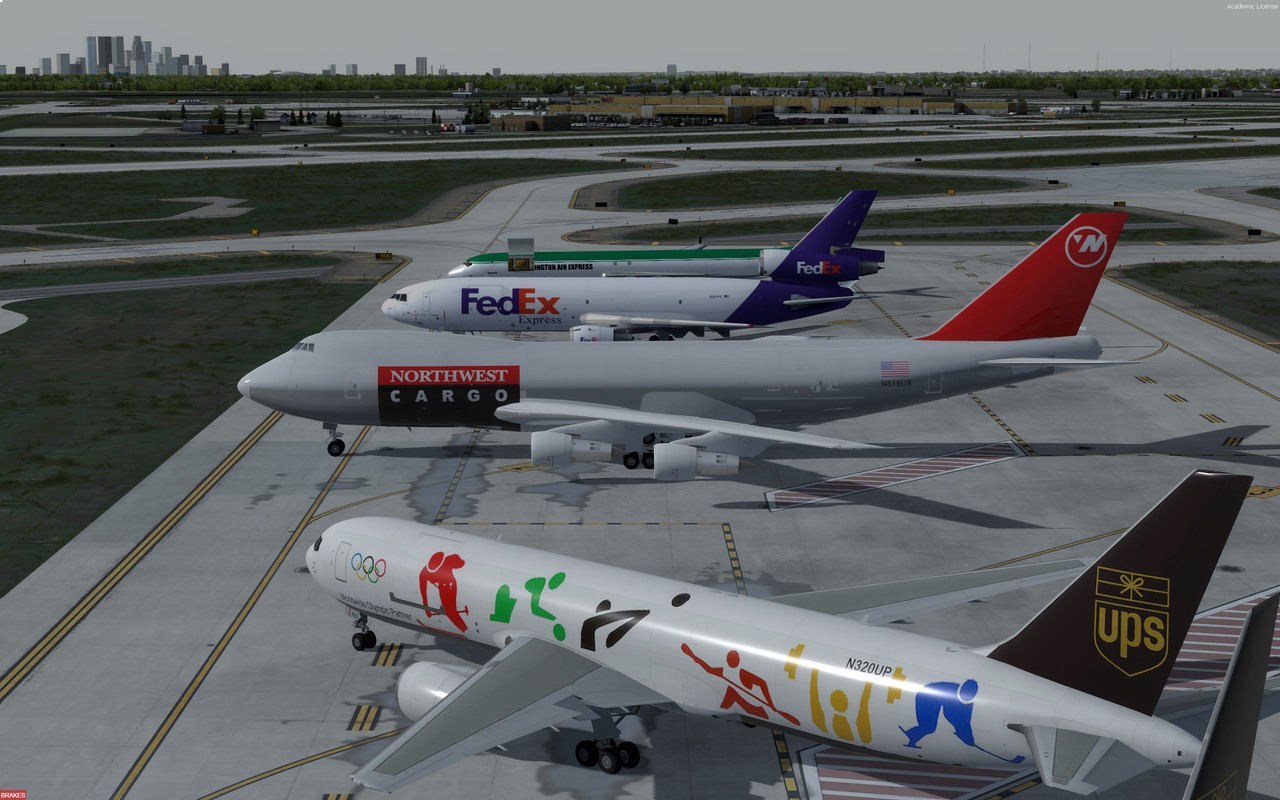 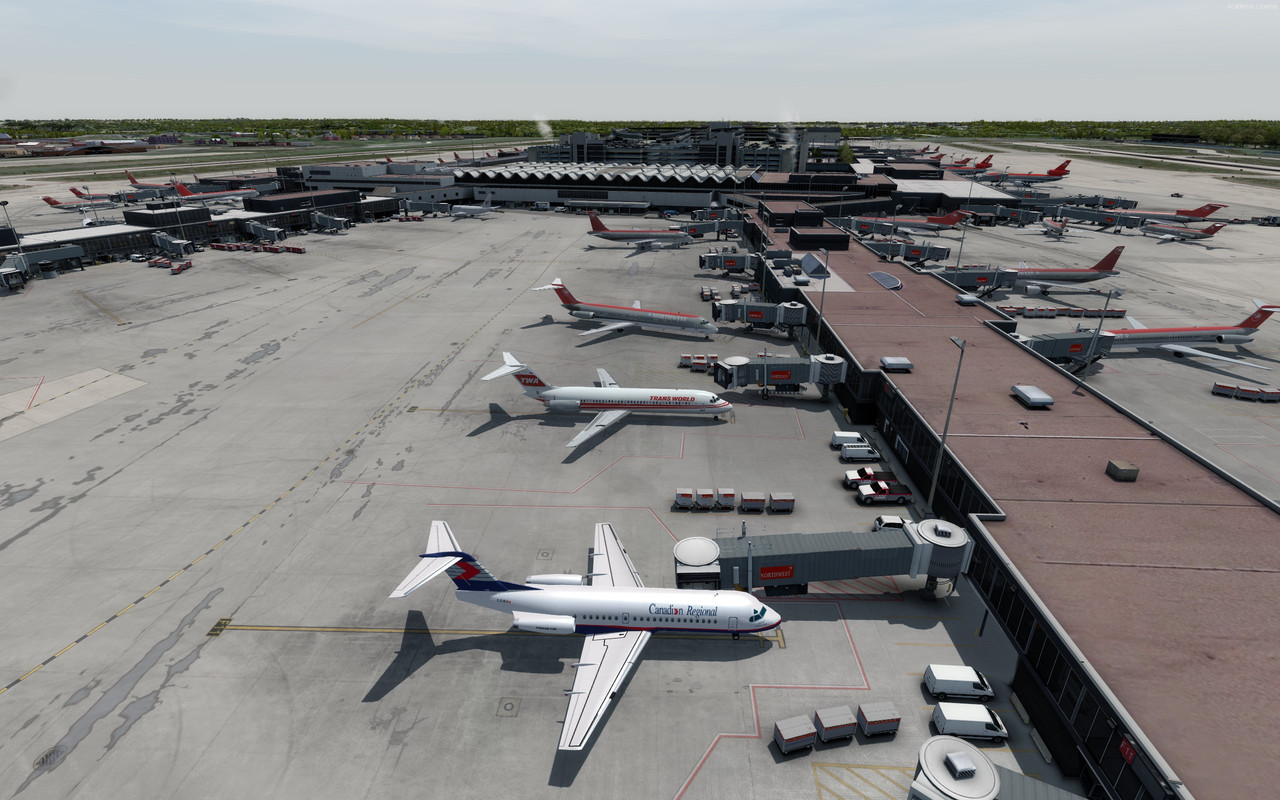 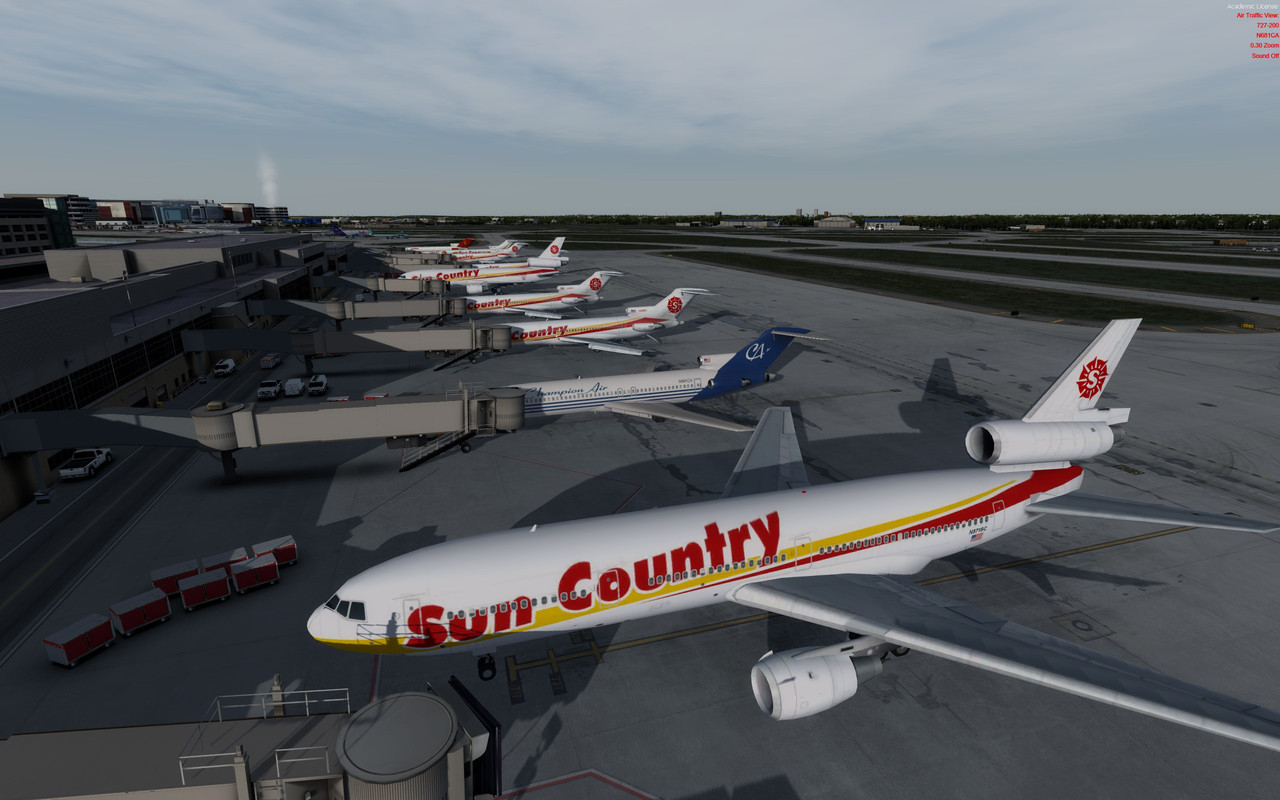 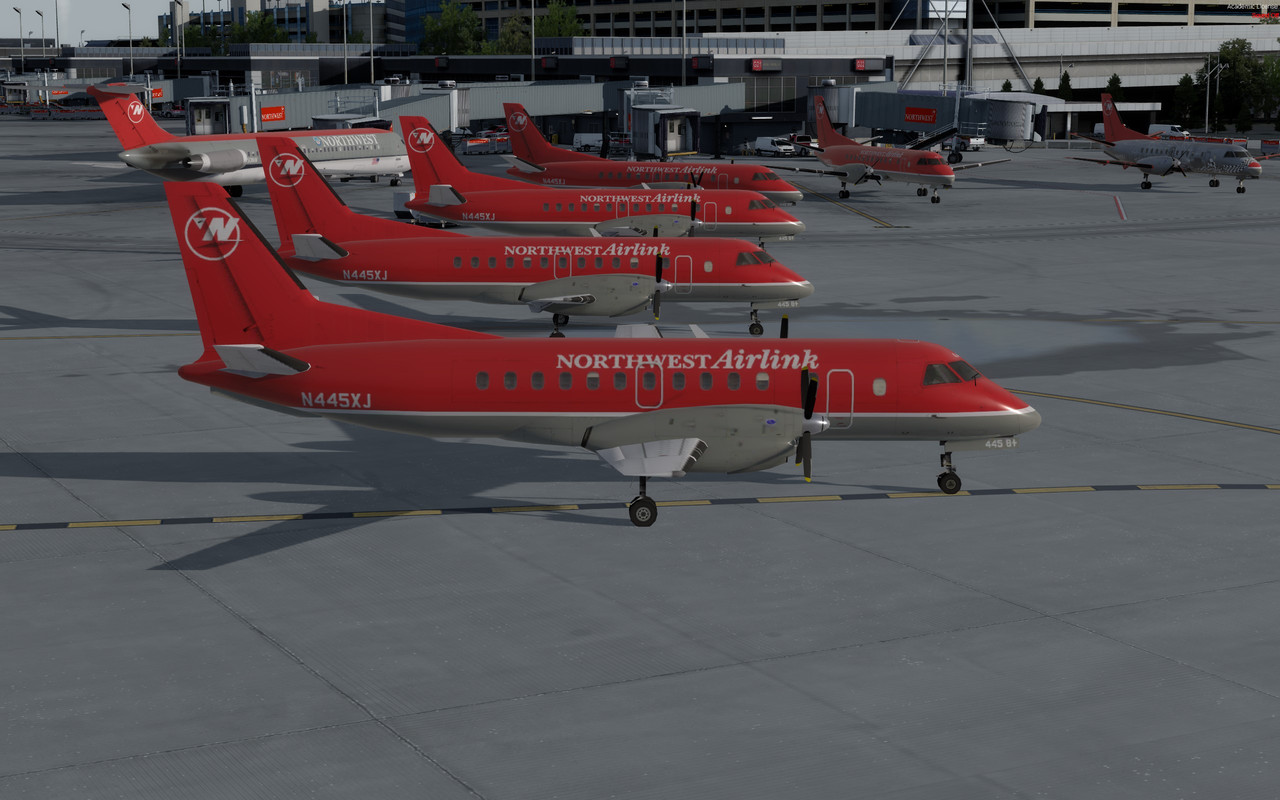  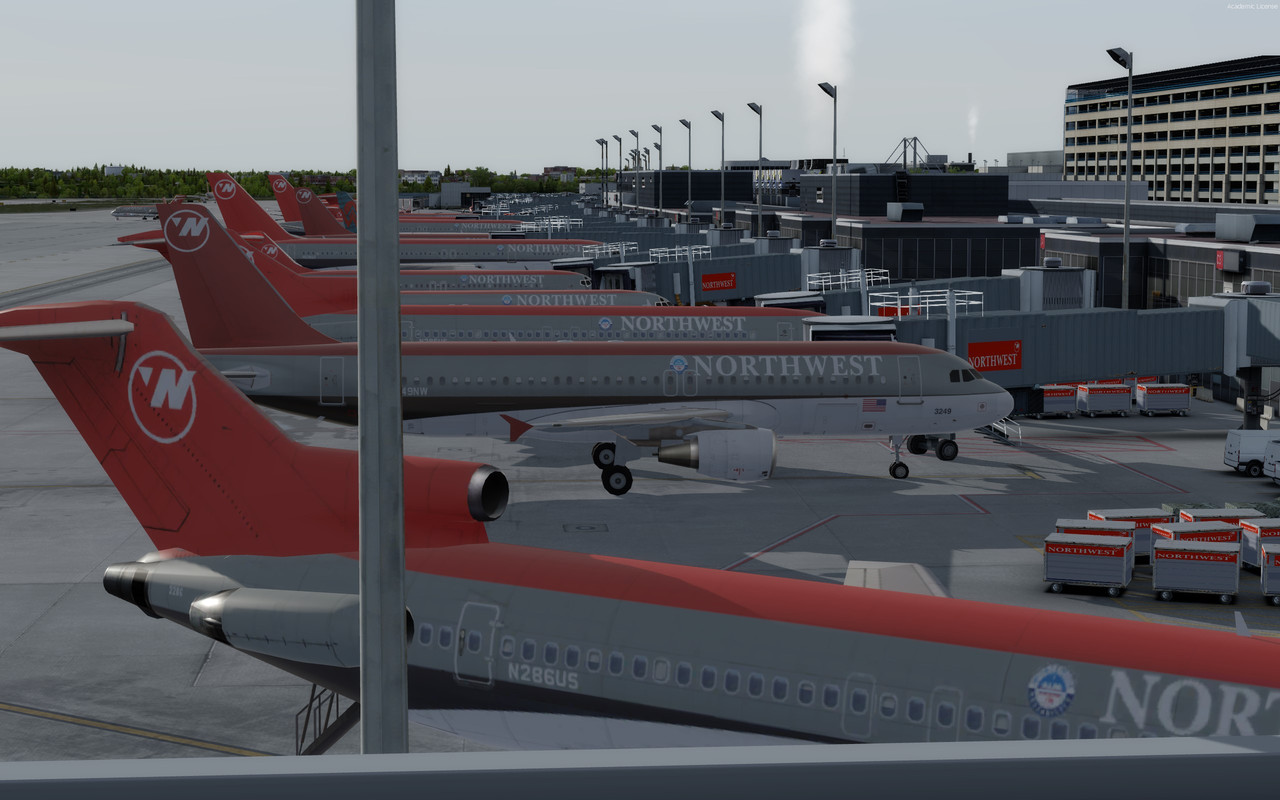 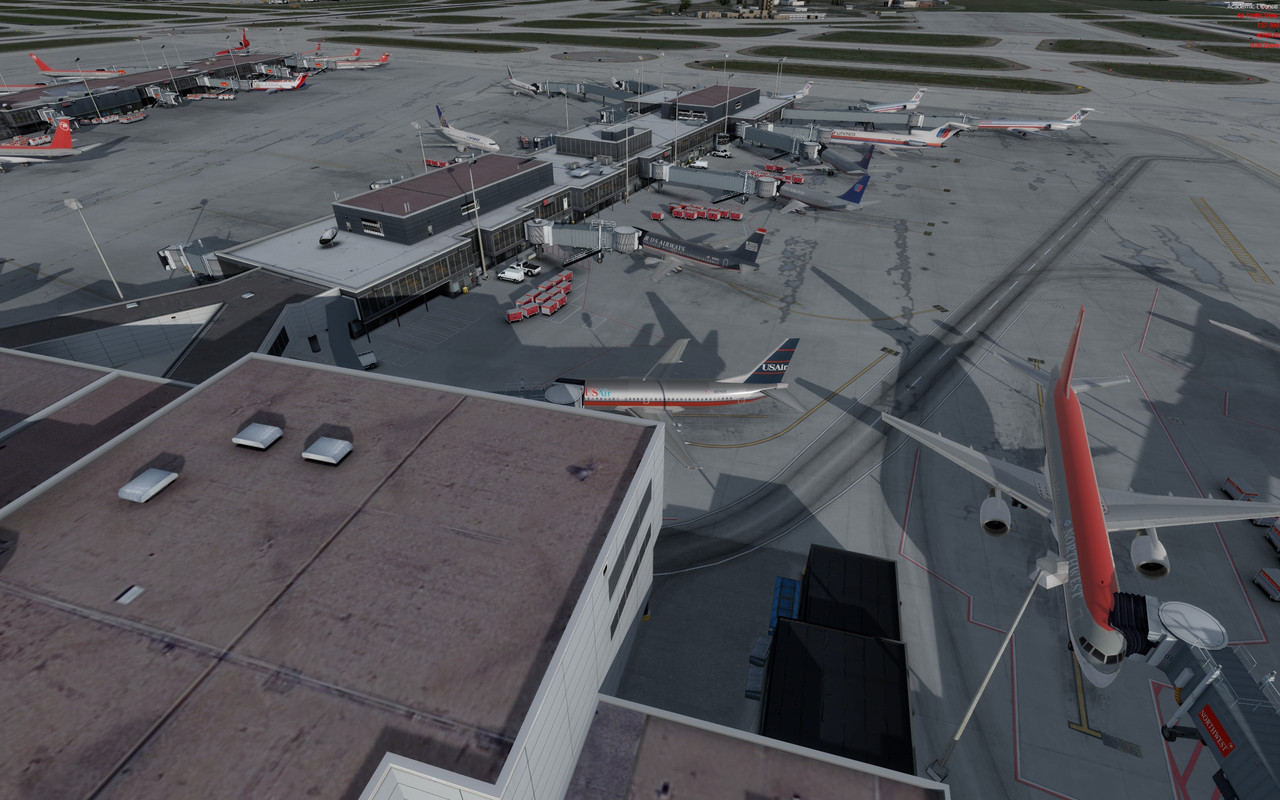 Download the FlightBeam Studios KMSP 1998 ADEX here: drive.google.com/drive/u/1/folders/1JDdWea3CuAiE4TBrtQY0ZyRXXFYVWsVy |
|
|
|
Post by chasensfo on Aug 18, 2021 19:54:47 GMT -5
\\London Gatwick 1998 (UK2000) London Gatwick International Airport IATA: LGW ICAO: EGKK Location: Crawley, West Sussex, England (serving the Southern London Metro) Requires: www.uk2000scenery.co.uk/gatwick-xtreme-1London Gatwick is one of the busiest single-runway airports in the world, and one of the busiest airports in Europe. Gatwick has long served as the primary airport for holiday and leisure airlines, as well as charter flights and flights from smaller less established carriers who are unable or unwilling to obtain slots at London Heathrow (LHR). British Airways has long operated a large hub from LGW, serving both short-haul and long-haul destinations that tend to have less demand for premium cabins and expansive departure lounges. The airport has also been the base of operations for dozens of English charter and leisure airlines over the years. Though technically LGW has 2 runways, they are so close together that one is used as a taxiway only unless the primary runway is out of service, at which point it becomes an active runway. In the late 1990s, LGW more or less was very similar in layout with the current airport, though the hardstands of the then-new North Terminal, primarily used by British Airways at the time, have since become "Pier 6" with a large sky bridge across along with other changes here and there. British Airways' DC-10 fleet was based at LGW at the time, as were a number of 777s and 747s configured with economy class-centric seating and used mostly to serve former British territories across the Caribbean as well as cities in the US which were primarily leisure-focused such as San Diego (SAN) and Phoenix (PHX). British Airways CityFlyer was also based in LGW, with very few flights to LHR, and LGW was also the primary gateway for British Airway's 737 fleet. Likewise, Virgin Atlantic also maintained a large LGW hub, though operated in a bank or two of departures rather than frequent flights like their home base of LHR. Similar to British Airways, Virgin Atlantic operated primarily to leisure destinations from LGW. The merger mania of the 2000s was still on the horizon, and there were many English airlines with hub operations in LGW including Monarch, Air 2000, Sabre Airways, Caledonian Airways, Airtours International, UK Leisure, AB Airlines, Debonair, Peach Air, Virgin Sun, Jersey Europan Airways, Britannia Airways, Airworld, and Flying Colours. The new North Terminal housed British Airways and some other international carriers, primarily those who codeshared with British Airways, and there was a commuter area with hard stands adjacent to the terminal. The South Terminal had 3 piers, with Pier 1 primarily serving European narrow-body traffic, Pier 2 serving most American and long haul carriers, and Pier 3 serving Virgin Atlantic and some African carriers. Leisure airlines used all 3 piers when gates were available, but most smaller carriers used the hardstands away from the terminal areas. The Virgin Atlantic hangar on the West end of the field belonged to British Airways at the time, where DC-10s were stored after retirement (this is coded in), and British Airways also had another one to the South end of the field across the runways from the terminals. There were also cargo areas and remote hard stands which also served for general aviation traffic on the West side of the field. Though the North Terminal Sky Bridge and accompanying buildings were not around in 1998, most of the parking in the general area did exist as hardstands. Otherwise, this scenery represents the late 1990s rather well. This file also adds parking to the British Airways South hangar and some other spots not included in the original scenery. As only one runway is active at a time, if you wish to use the secondary runway, you will need to change it in the ADE and close the primary one to traffic using the "pattern" feature when editing the runways. 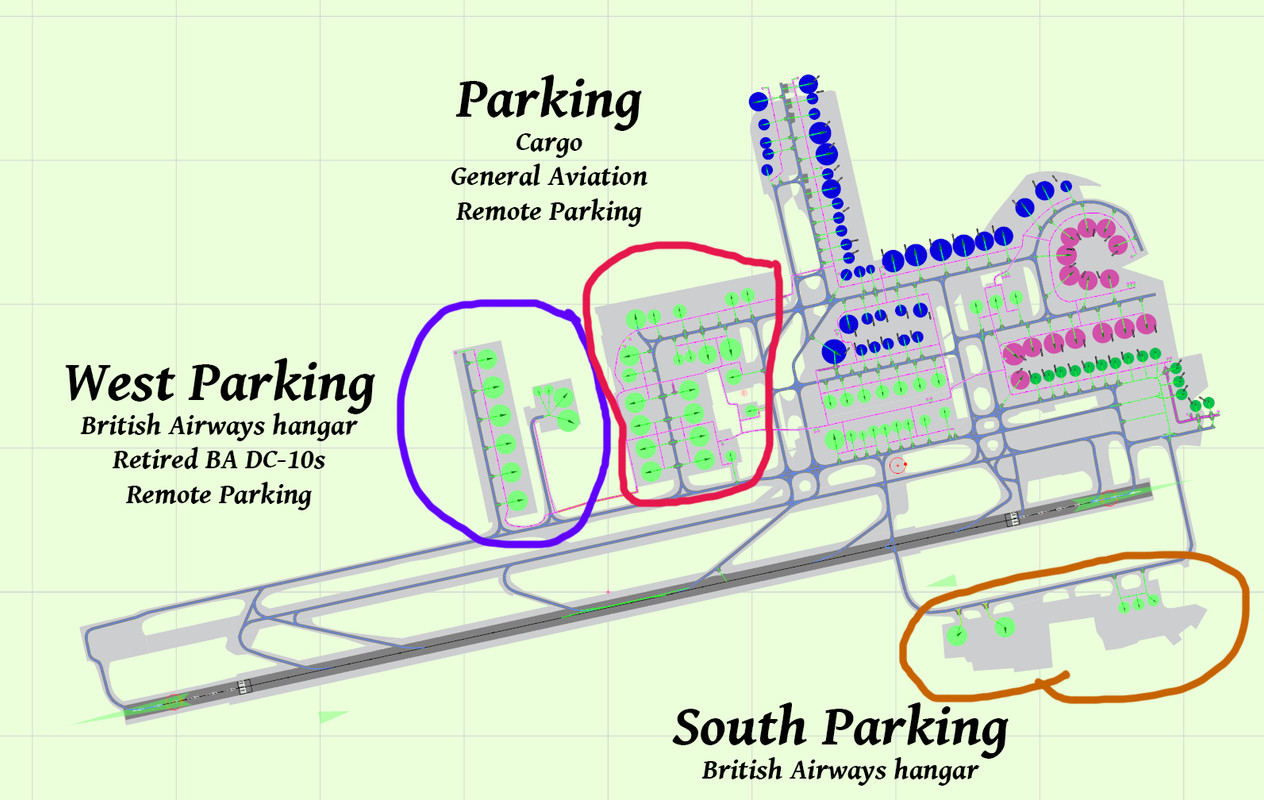   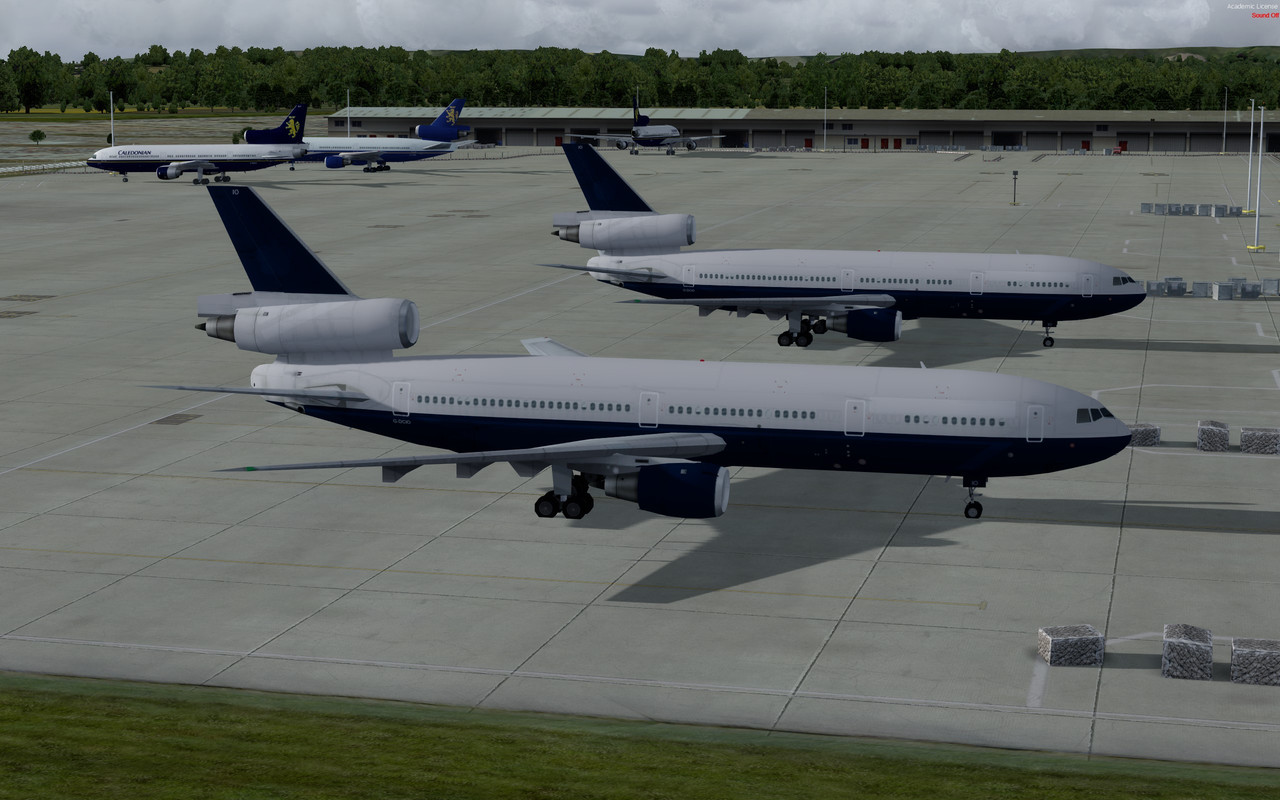 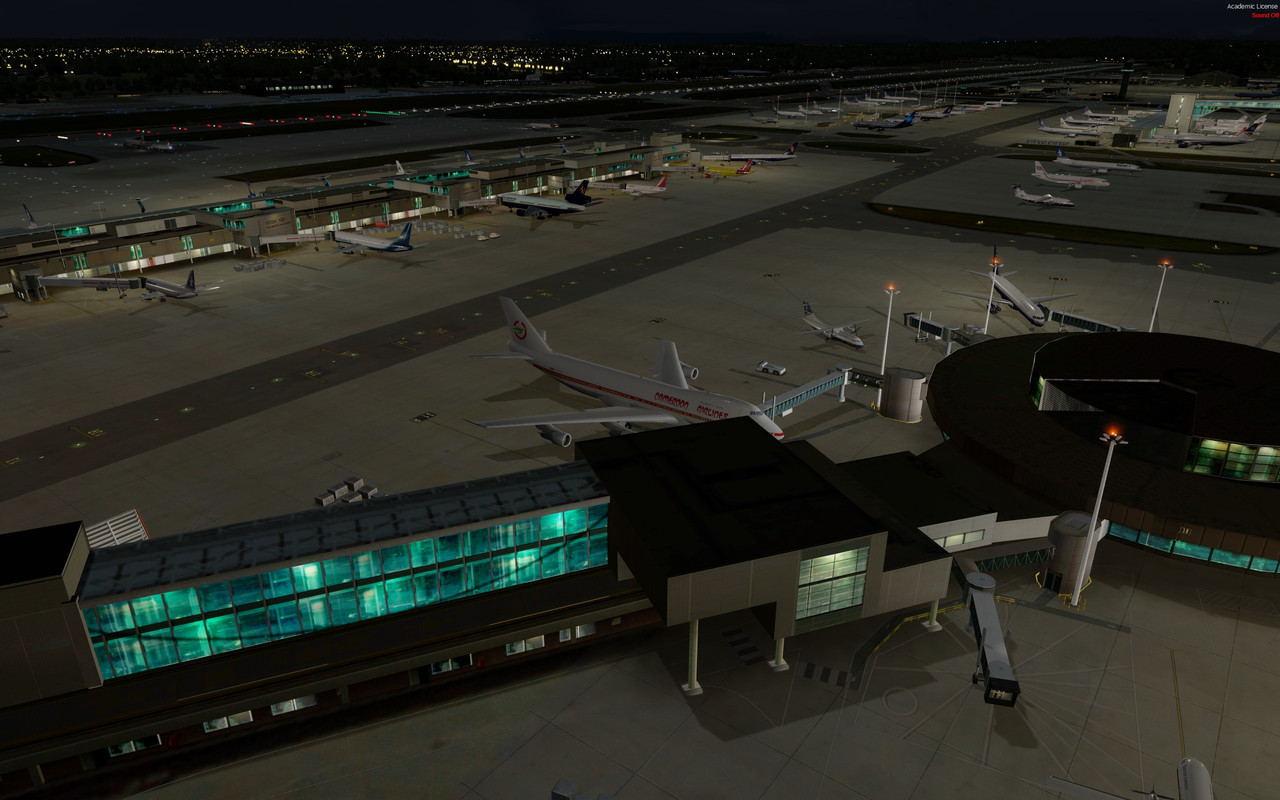  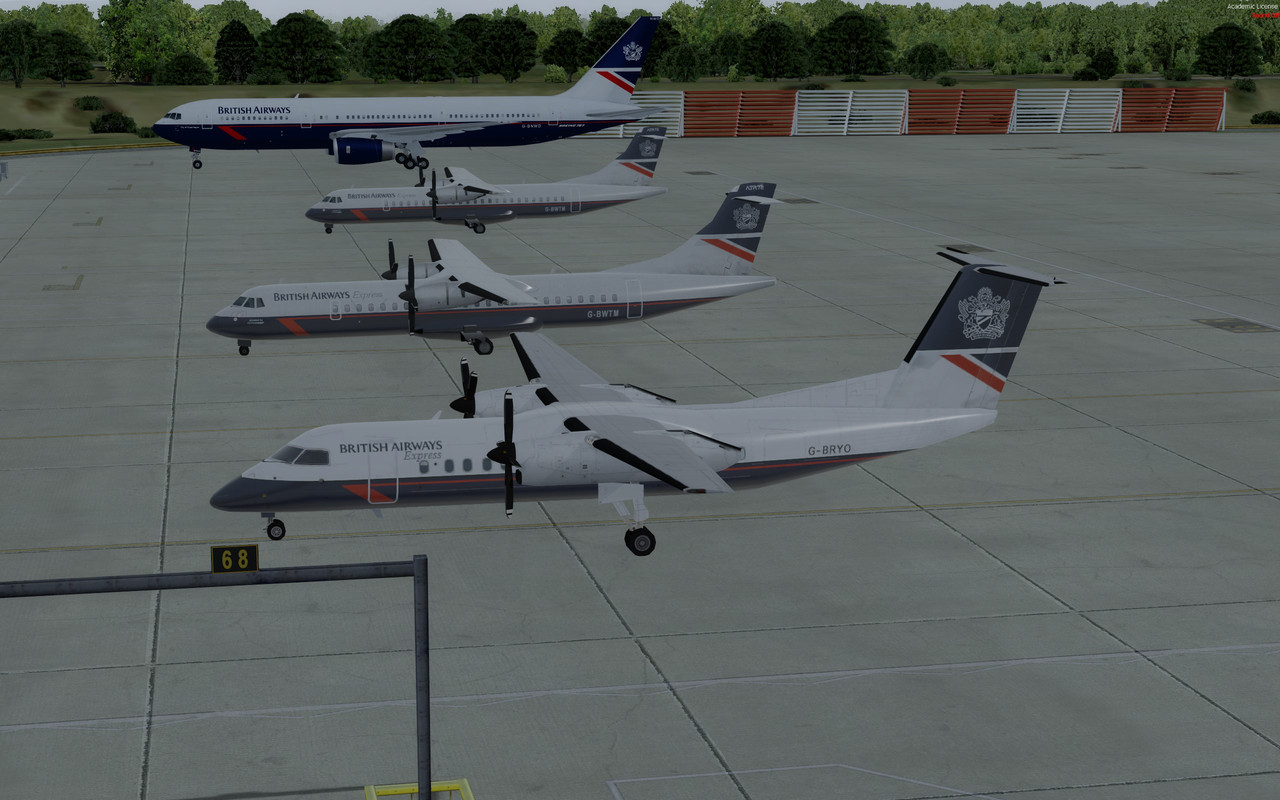 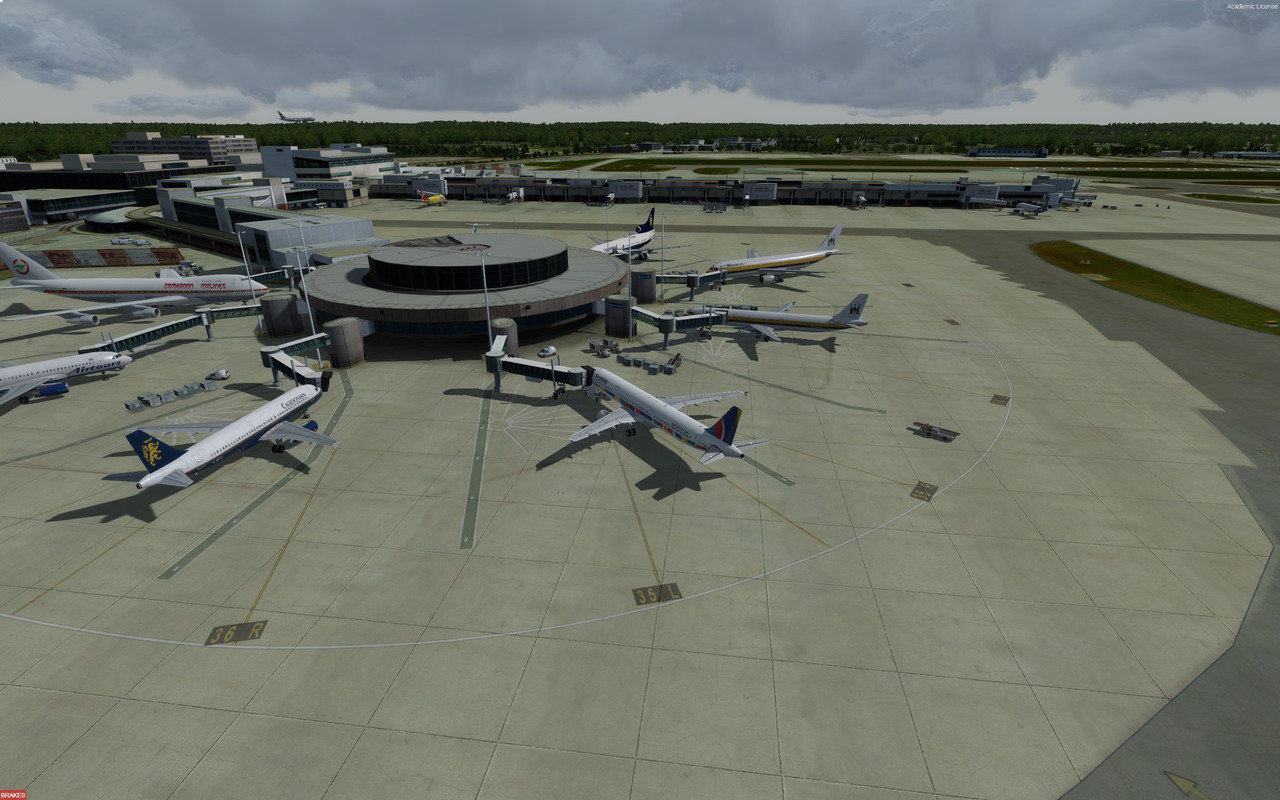 Download the UK2000 EGKK 1998 ADEX here: drive.google.com/drive/u/1/folders/1vB_MLkQQ5J5uD2vltqZeHKSnzT3ahXvw |
|




































































































